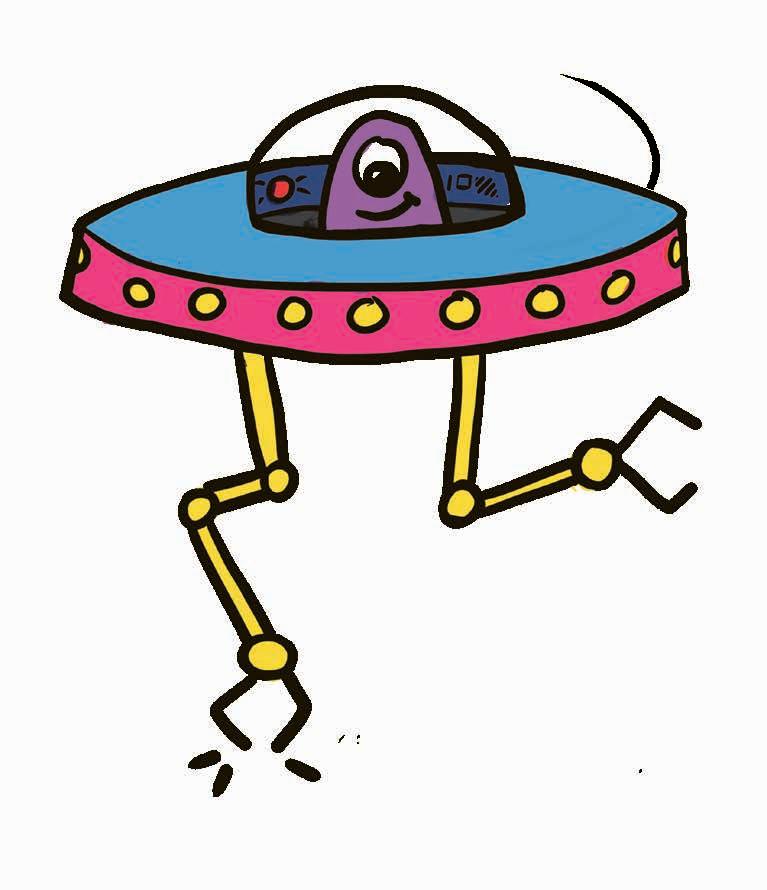


The UK’s fastest-growing magazine for curious minds! Great unsolved mysteries... December 2O22/ January 2O23 s HOW DOES GRAVITY WORK? WHERE IS CLEOPATRA’S TOMB? 2 3 DO EXIST? ALIENS g LOTS TO READ LOADS TO LOOK AT ASK THE EXPERTS PUZZLES JOKES AND MORE! TREASURE HUNT! AMAZING FACTS! JUMBO QUIZ! d 772755 131001 9 12> 772755 131001 9 12> ISSN 2755-1318 £5.99 britannicamagazine.co.uk

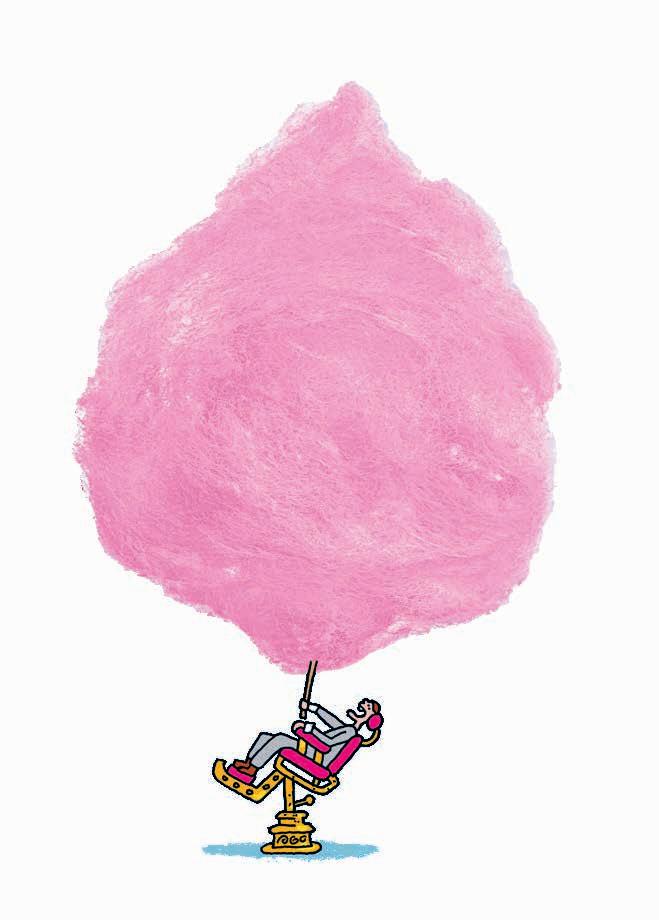
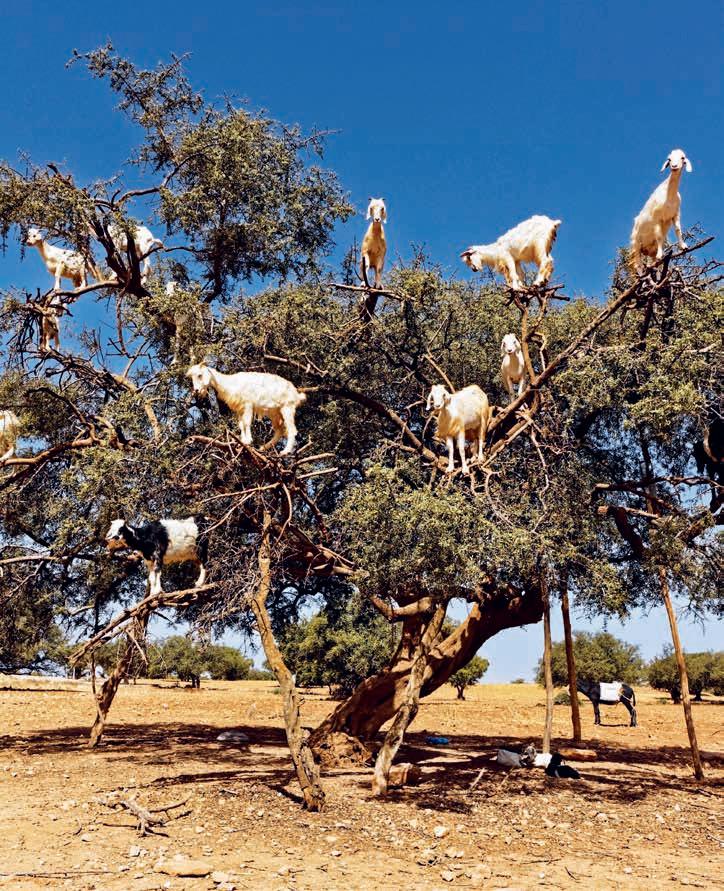
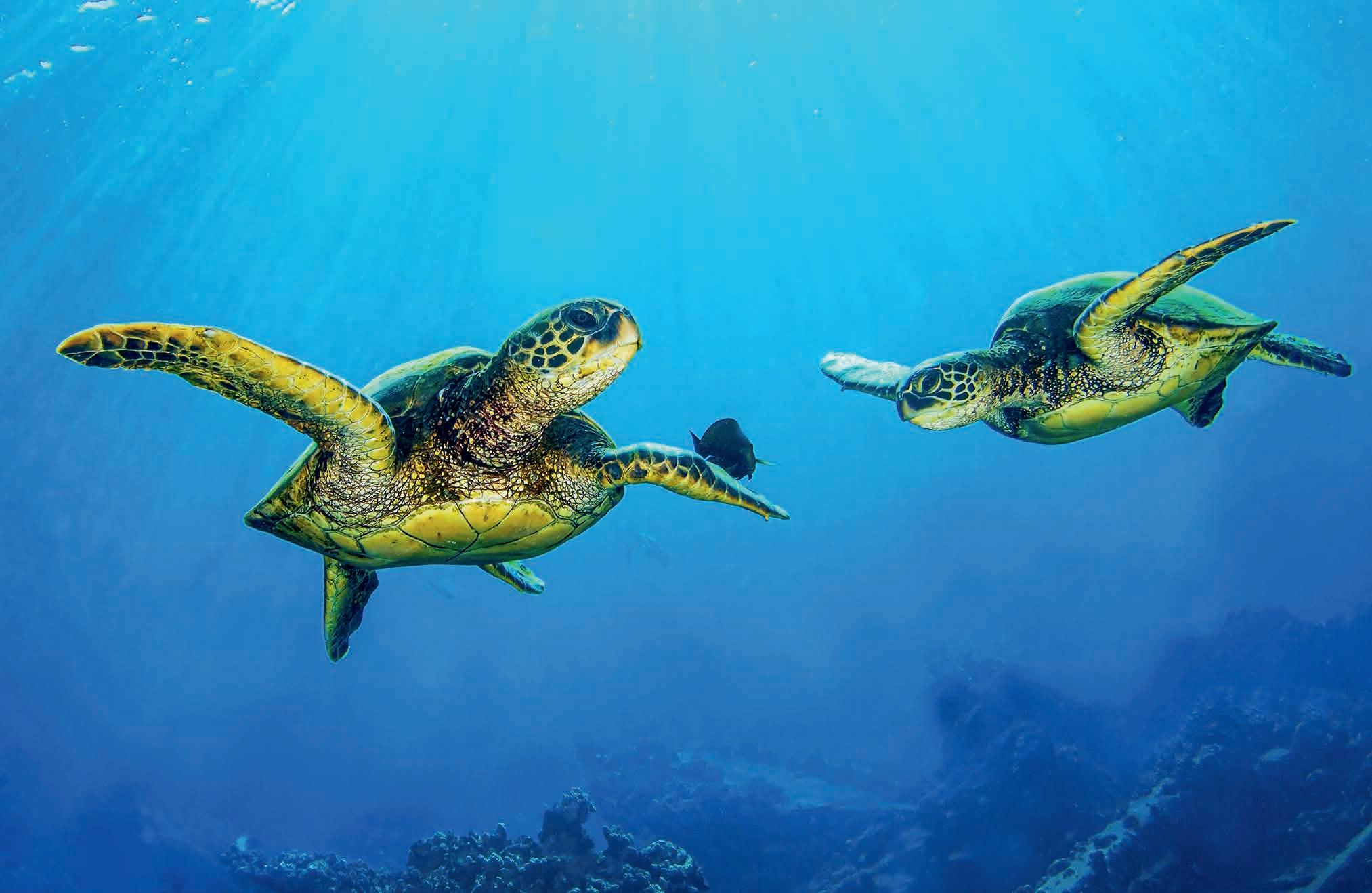

4
8
12
14
16 FASCINATING
Page 16 Page 12 Page 4O Page 4 Page 1O 2
CONTENTS A wild and wonderful world awaits you inside!
FACTOPIA! Follow the trail of hilarious illustrations and crazily connected facts. From the first candy floss machine to… dust baths for birds!
SNAP IT! Eye-popping photos to amuse and amaze. Including a smiling Sun and a close encounter with a crocodile!
EUREKA! Fascinating inventions and discoveries. Featuring the world’s longest train, ball games for bumblebees and colliding galaxies.
LISTIFIED! A list of astonishing facts about the T. rex, including how many hamburgers it could swallow in a single gulp. Plus, eight of the smelliest things on Earth.
FACTS ABOUT DECEMBER Celebrate 1O historic
anniversaries and events, including the first hovercraft, a 1,OOO-legged millipede, and the last astronaut to walk on the Moon.
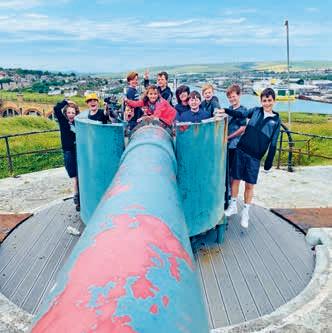






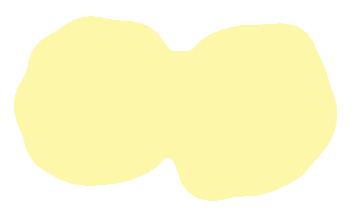






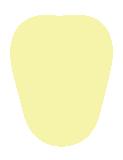









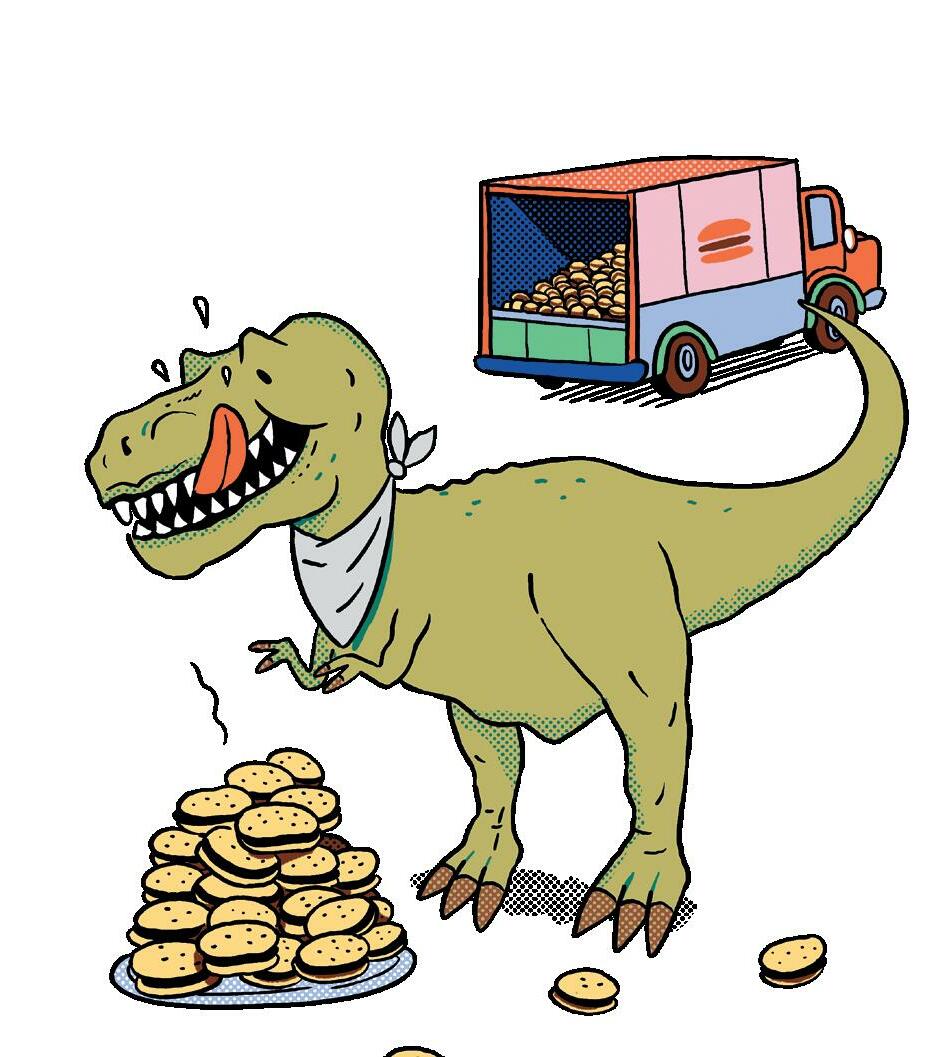


































































































































THINGS WE



























KNOW! Why do we dream? Do aliens exist? How did life on Earth begin? Could scientists bring dinosaurs back to life? We investigate some of the universe’s great unsolved mysteries.


Create your own winter snowglobe scene at the start of our activities special.
DO IT YOURSELF Follow this simple recipe to make gingerbread houses for family and friends!
Can you spot the 2O objects hidden in the Winter Wonderland? Plus, look out for our jokes editor May!
































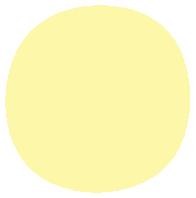
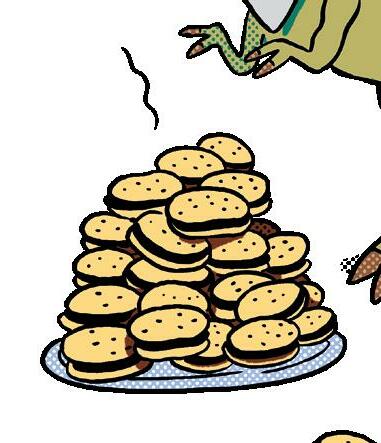




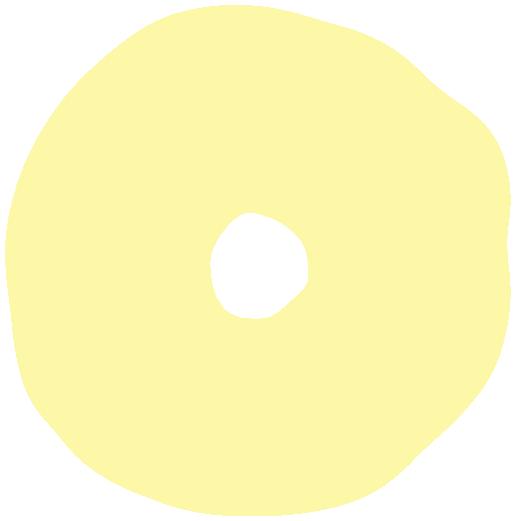

water there is on planet Earth – and why life would be impossible without it. 4O
FASCINATING FACTS ABOUT JANUARY
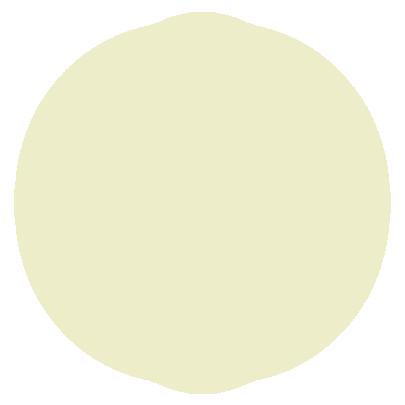
Ten remarkable anniversaries and events, including the world’s biggest diamond, the invention of the clarinet and the first flower grown in space.
ABSOLUTELY EVERYTHING!
Our epic serialisation of the true history of the universe continues with the birth of the Buddhist religion. 46







SEND IT IN!
A multi-brained octopus stars in the illustrated fact of the month. Plus, the latest letters and photos from readers.
ASK THE EXPERTS
Your chance to test Britannica’s brilliant experts. This month’s answers reveal why space is dark and why geologists are unable to predict when earthquakes will happen.
Email us your letters, photos and favourite facts to: editor@britannicamagazine. com Or write to us at: Britannica Magazine The Black Barn Wickhurst Farm Leigh Tonbridge Kent TN11 8PS
SEND IT IN!
23
HOLIDAY GAMES & ACTIVITIES
24
26
TREASURE HUNT
18
28
32
36
COVER FEATURE: 22
DON’T
THE BIG BRITANNICA FAMILY QUIZ Stretch your brain power and test your grown-ups with our brilliantly tricky quiz.
JUMBO PUZZLES & GAMES A four-page special featuring Winter Word Search, Spot the Difference, SnowDoku!, Connect the Planets and more!
INFOGRAPHIC: ALL THE WATER ON EARTH! Find out how much
42
47
49
51 JOKES
Page 26 Page 14 Page 28
HOLIDAY GAMES ANSWERS All is revealed!
& RIDDLES Hand-picked by our jokes editor May!
There’s a park in Austriathat each year floods and turns
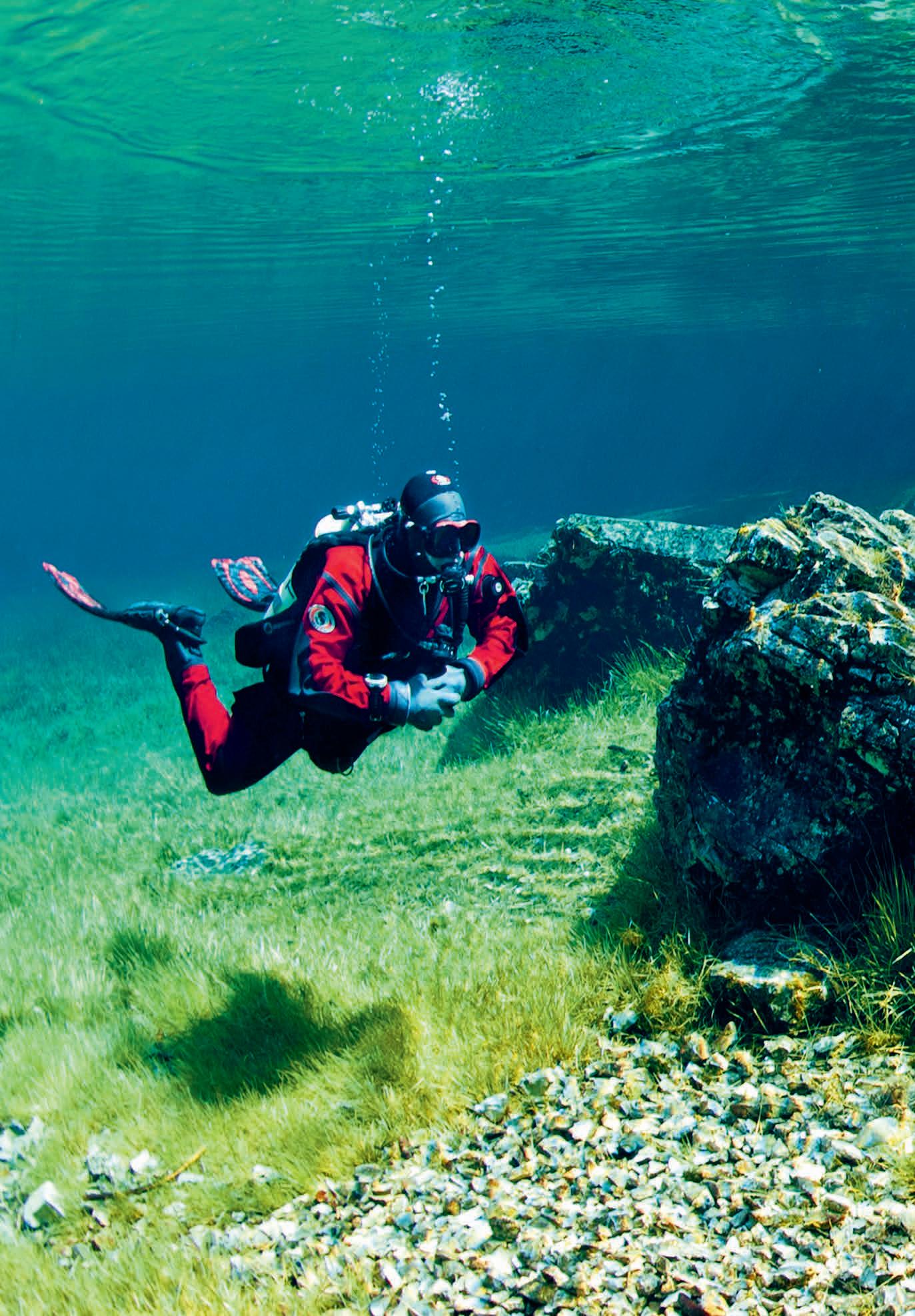
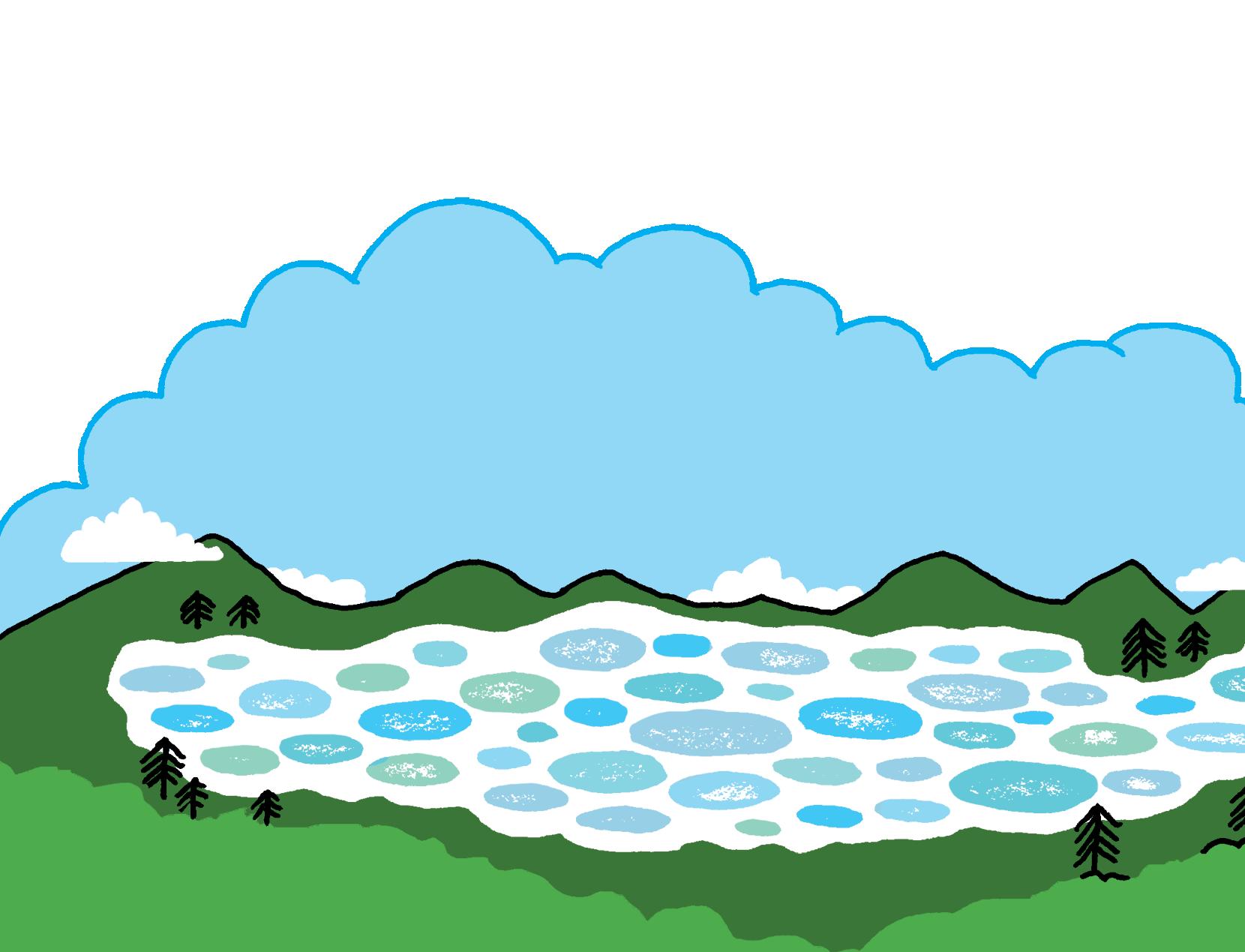
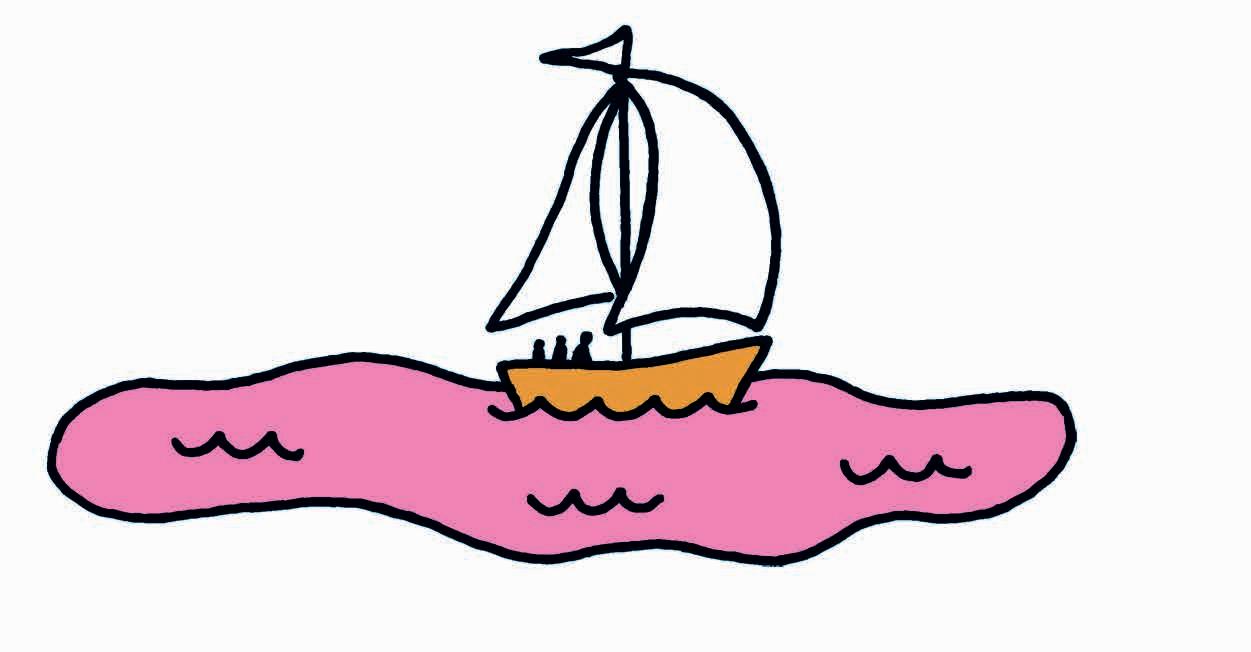
Follow the trail of crazily connected facts all the way from the first candy floss machine to… dust baths for birds!
 By Kate Hale and Paige Towler Illustrations by Andy Smith
By Kate Hale and Paige Towler Illustrations by Andy Smith
Canada’s Kliluk, nicknamed Spotted Lake, partially dries in the summer and reveals hundreds of colourful mineral pools that, from above, look like spots.
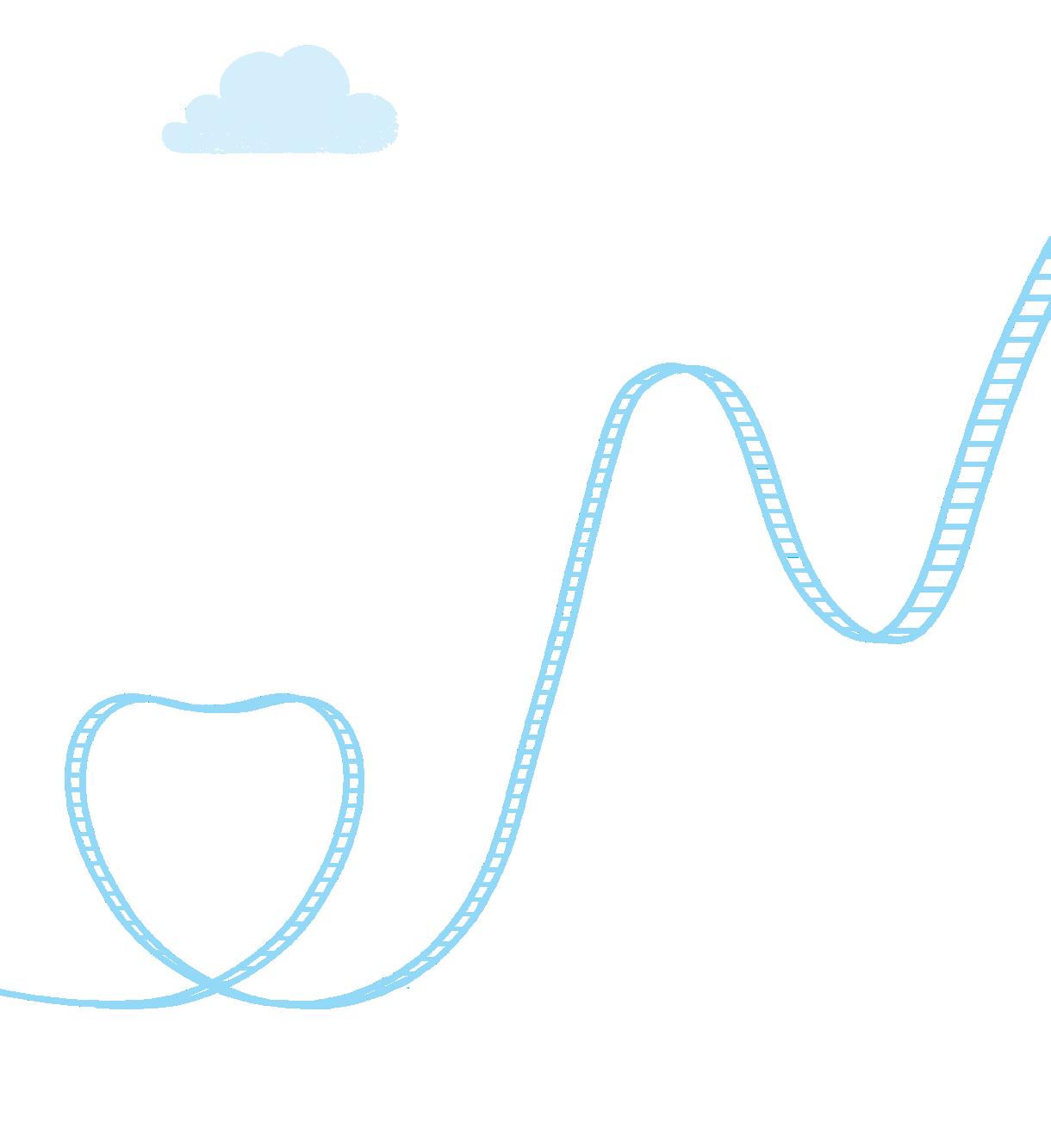
One of the inventors of the machine was a dentist.
candy floss
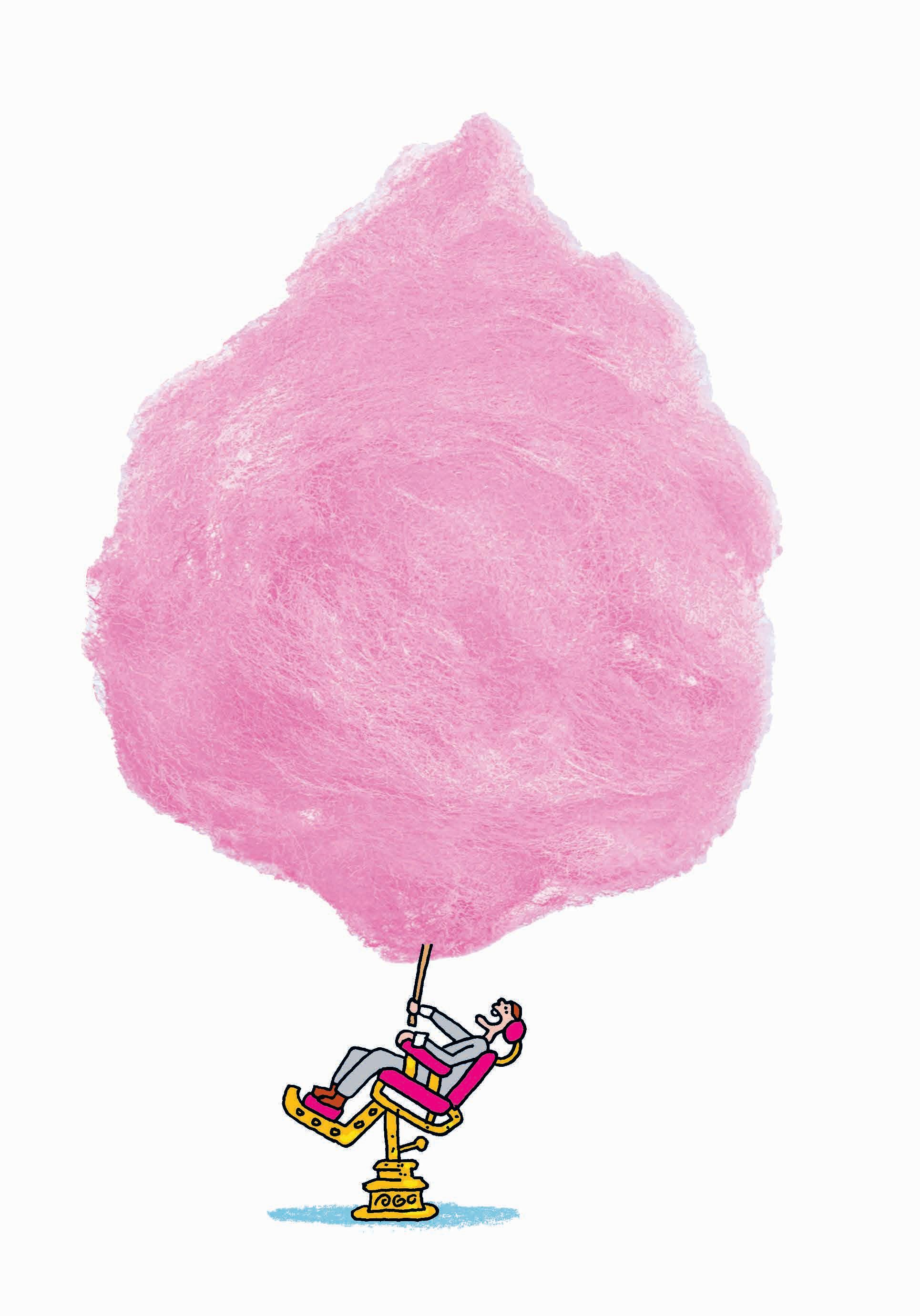
The water in Australia’s Lake Hillier is candy floss pink
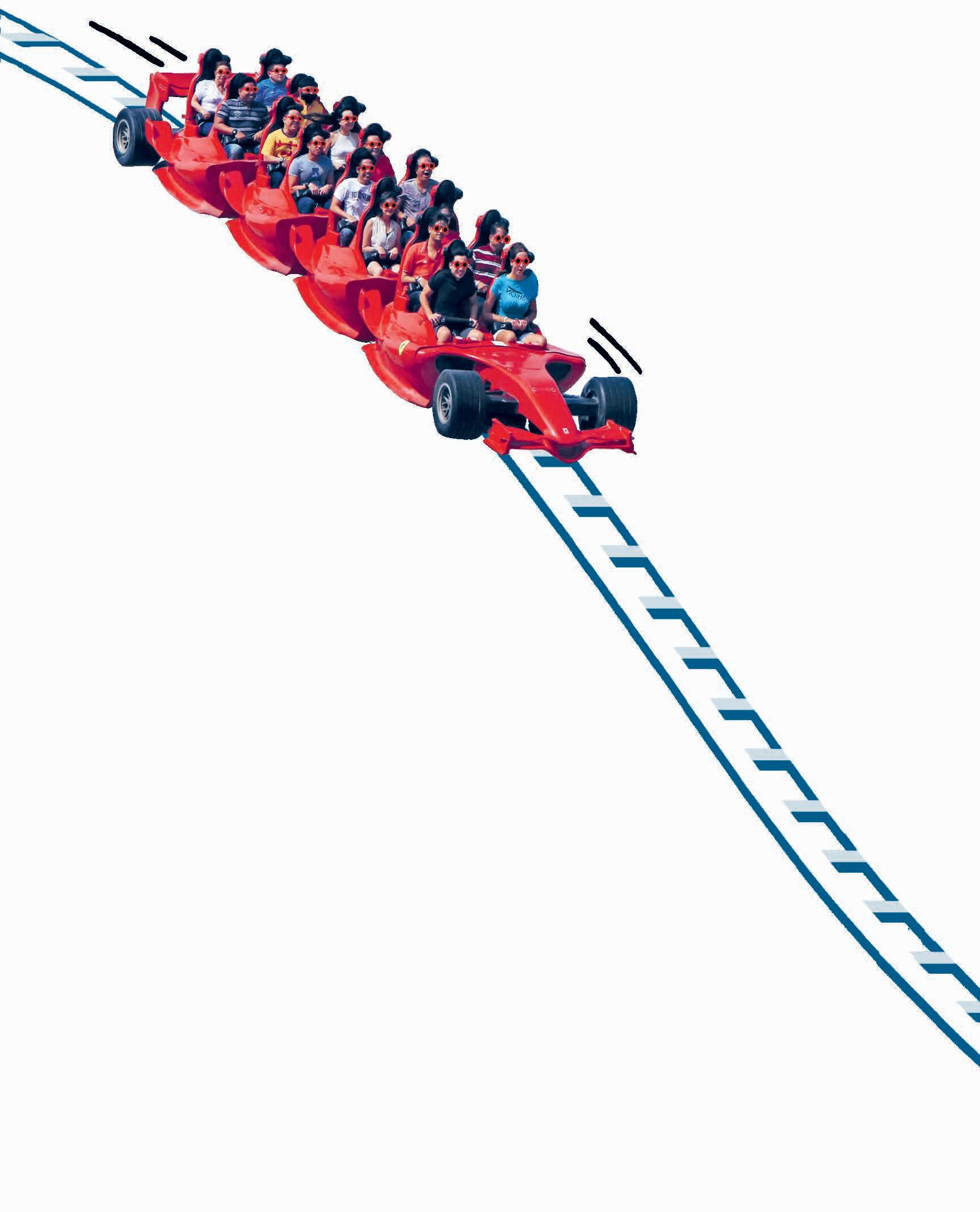
On the world’s fastest rollercoaster, at an amusement park in Abu Dhabi, passengers wear goggles to withstand zooming along at nearly 24O kilometres an hour
Diggerland is a theme park where visitors can drive trucks and backhoes, and go on other constructionthemed rides
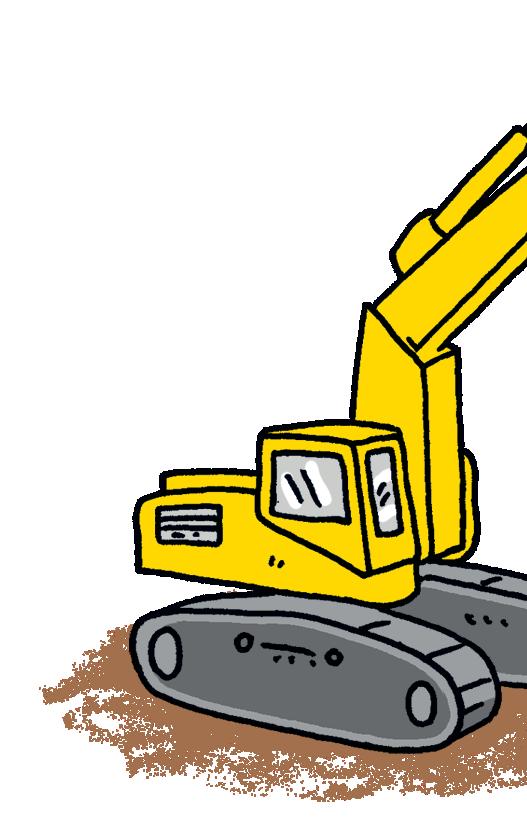
4
START HERE
and even bridges
into a lake, submerging trails,benches
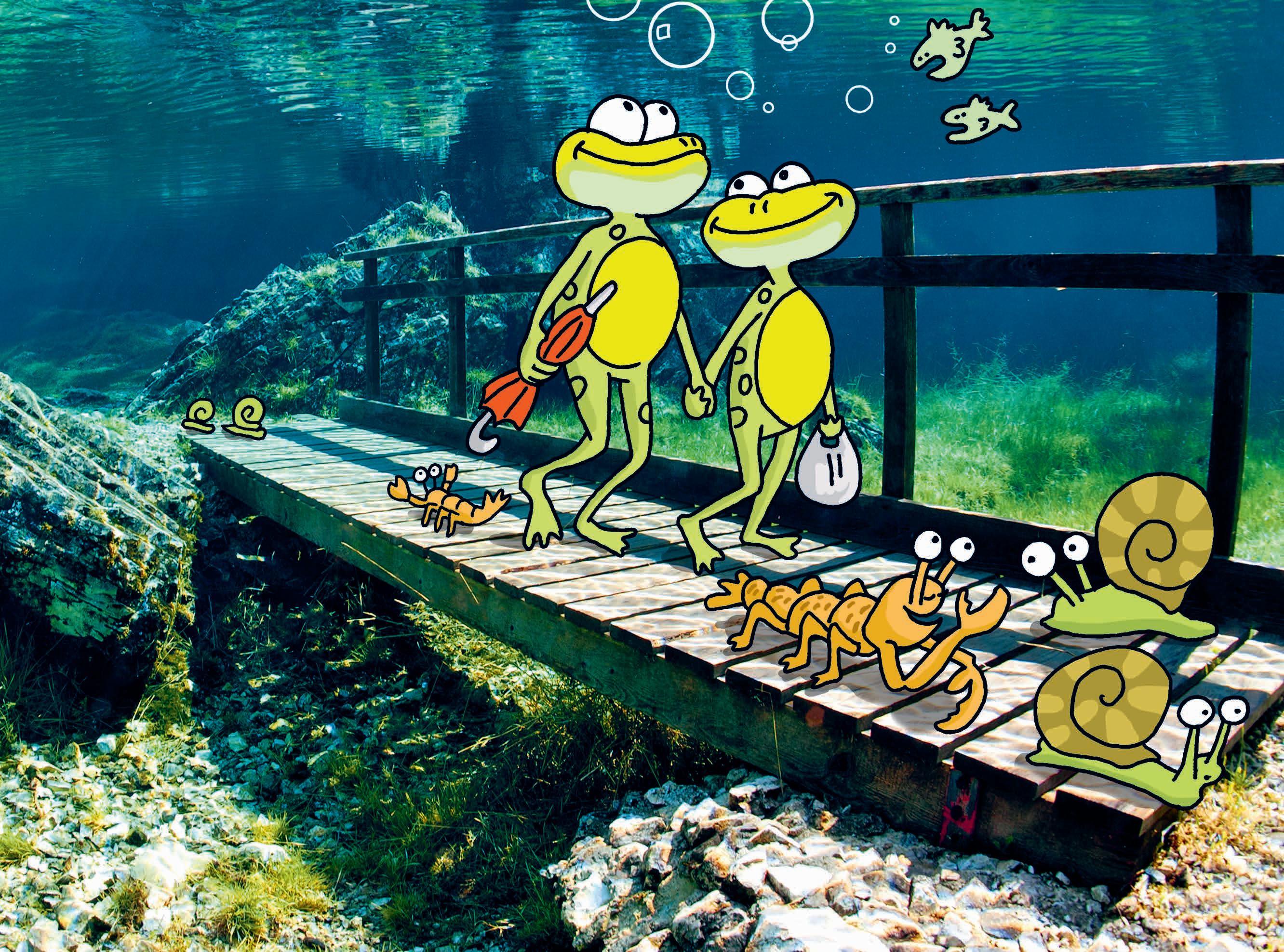
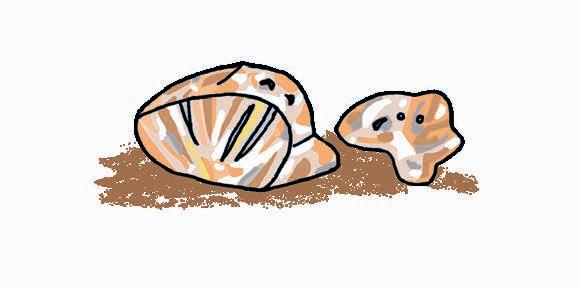
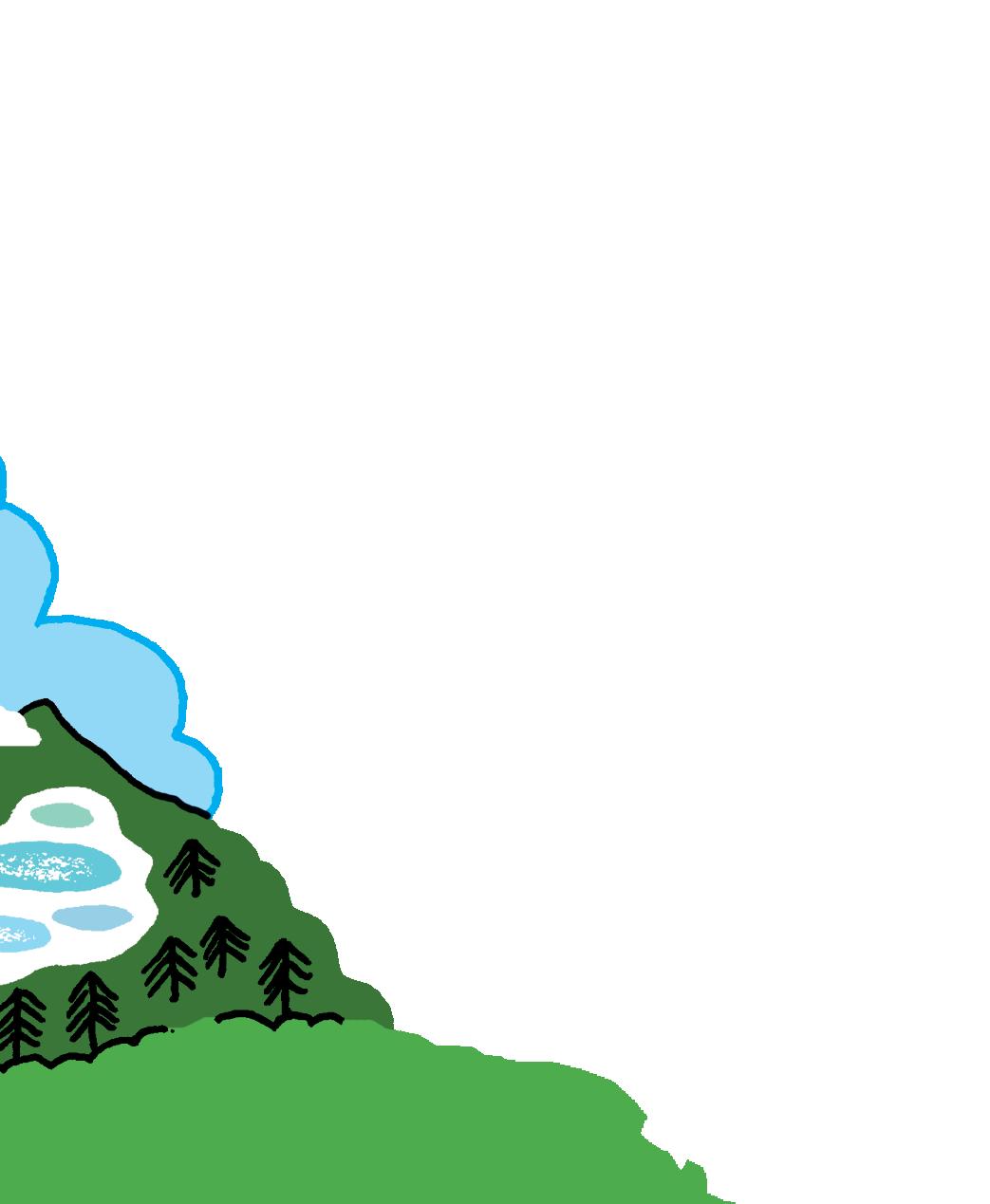

At Crater of Diamonds State Park in Arkansas, USA, you can keep any rocks or gemstones you find – visitors have discovered more than 75,OOO diamonds there
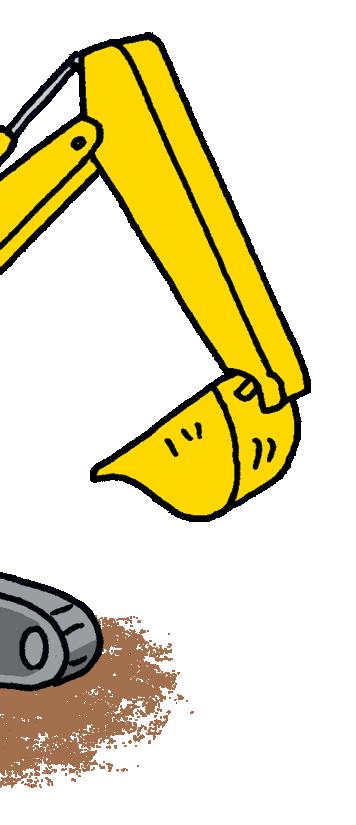
Scientists
One of the largest emeralds ever discovered weighs as much as three giant pandas

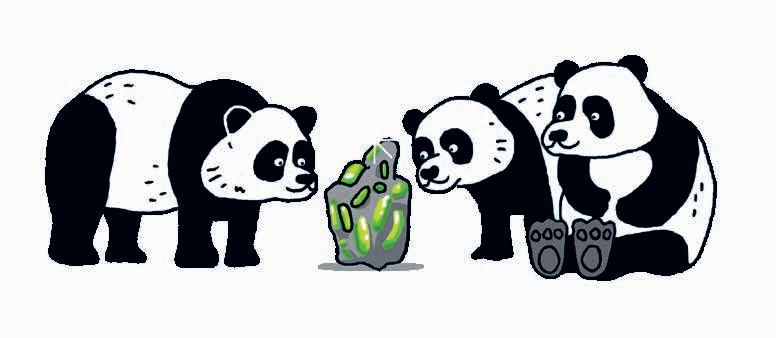
There’s
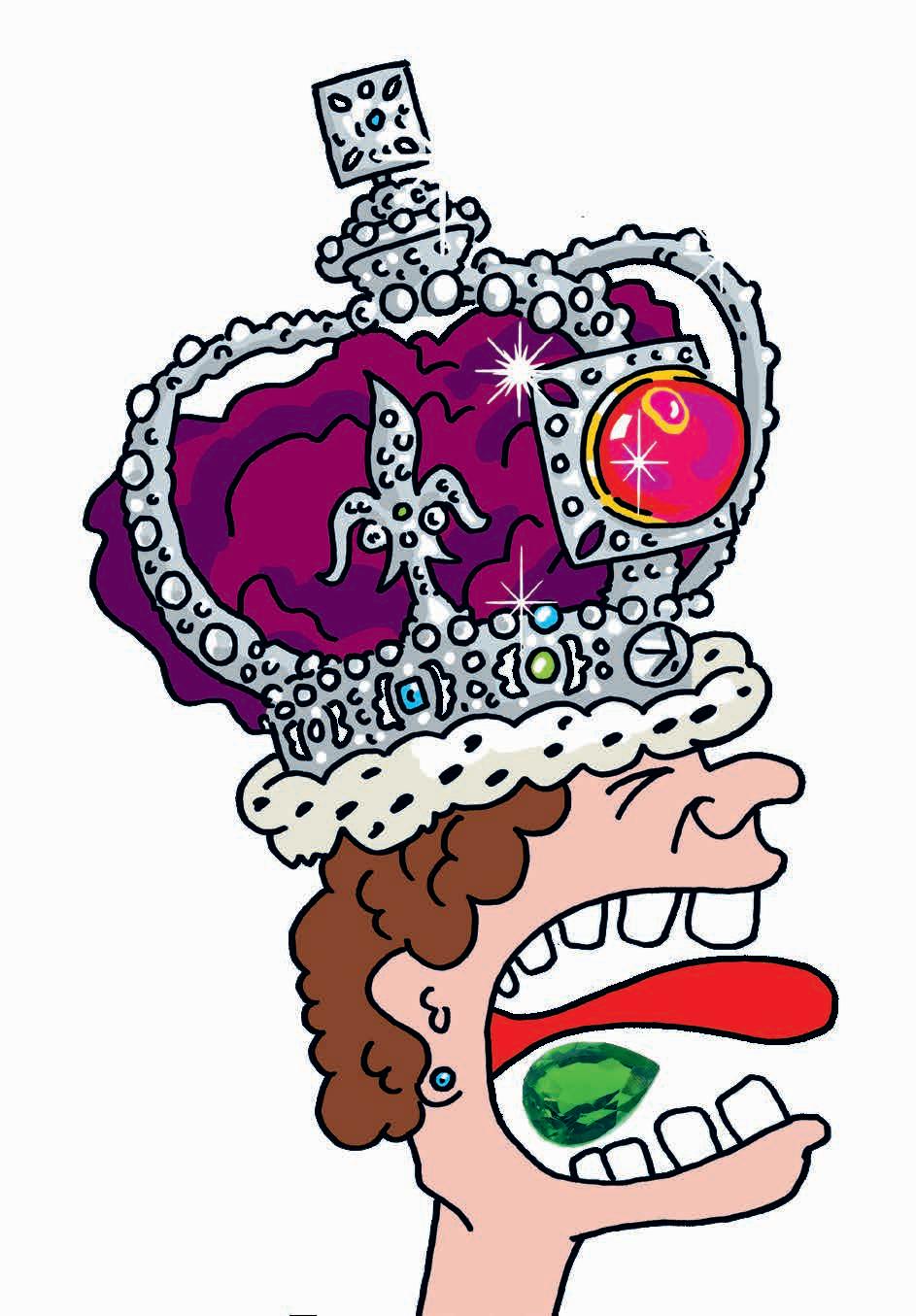
The Black Prince’s Ruby, set into Britain’s Imperial State Crown, isn’t a ruby at all but another gemstone called a spinel. It has a tiny ruby mounted inside it
According to legend, placing an emerald under your tongue allowed a person to see the future

a planet 1,OOO light-years away from Earth that has clouds made of the same mineral that forms rubies and sapphires
Continued on next page 5
thinkthatthere are o p a sl sraMno
There’s likely at least one planet orbiting each star you can see in the night sky Continued

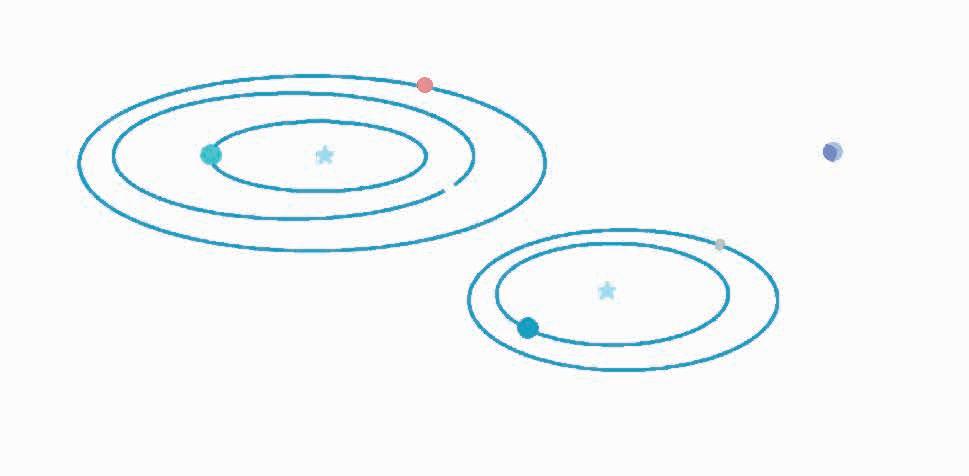
Scientists are developing four-legged robots designed to explore hard-to-reach caves on Mars. They’re nicknamed ‘Mars Dogs’
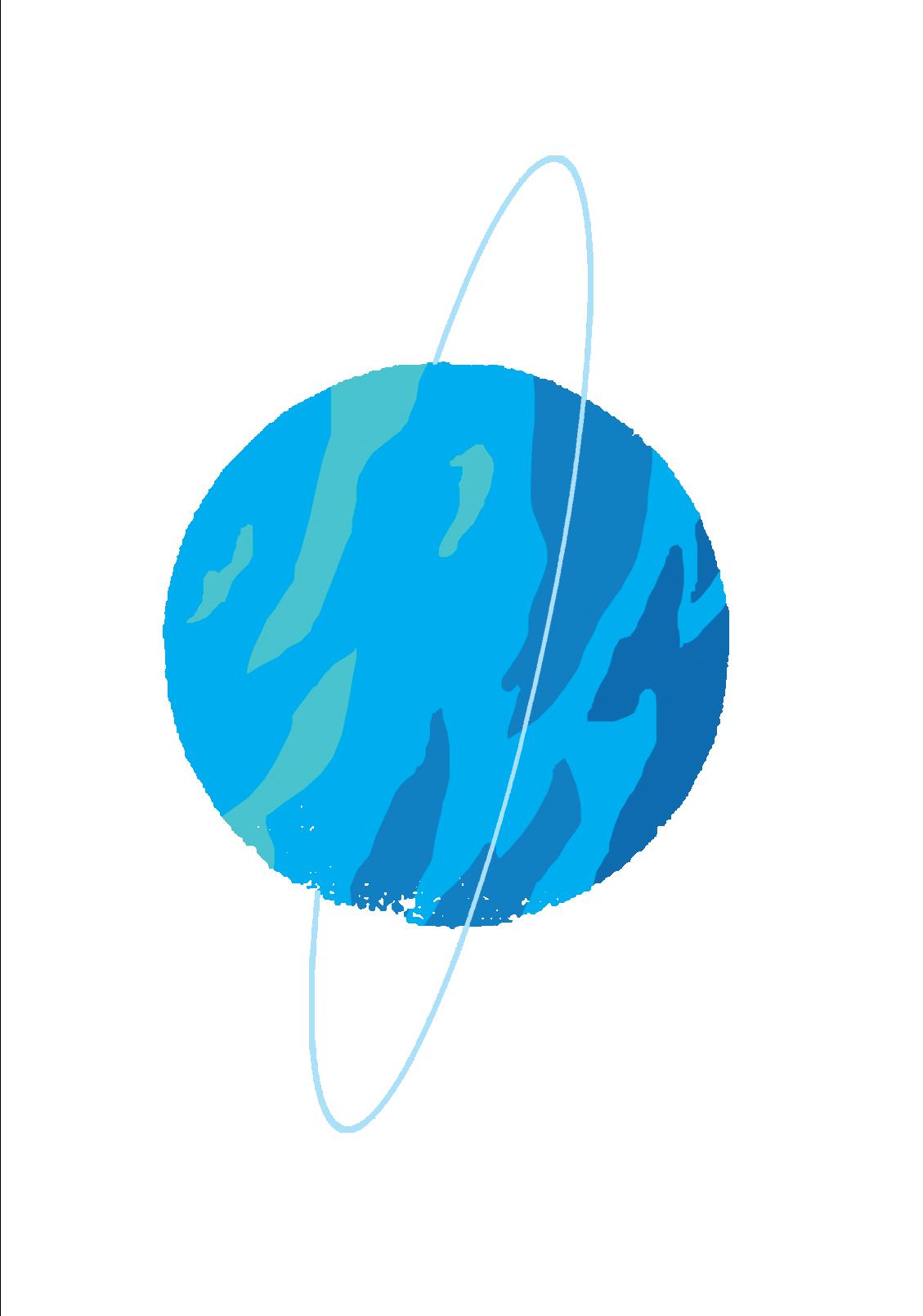
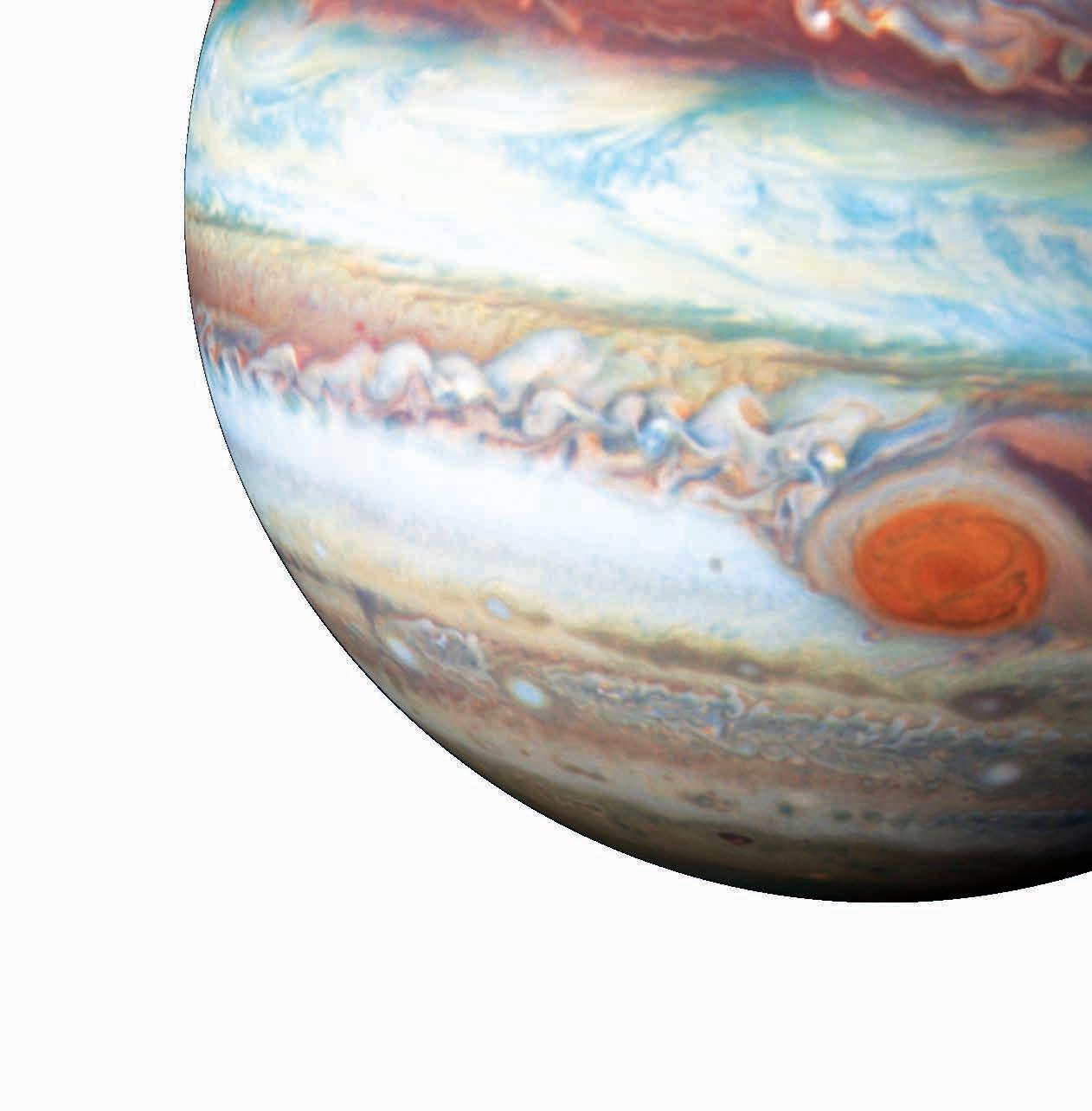

Uranus istiltedand isp n s no i st dis e
T eh G r e a t R ed S pot on Jupiterisastormthat’stwice
NeptuneistheonlymajorplanetinoursolarsystemyouneedatelescopetoseefromEarth
th e size ofEarthandhasbeenragingfor hundreds of years
There’s one species of tree frog that’s completely see-through –you can see its heart beating and its food being digested
A group of frogs is sometimes called an
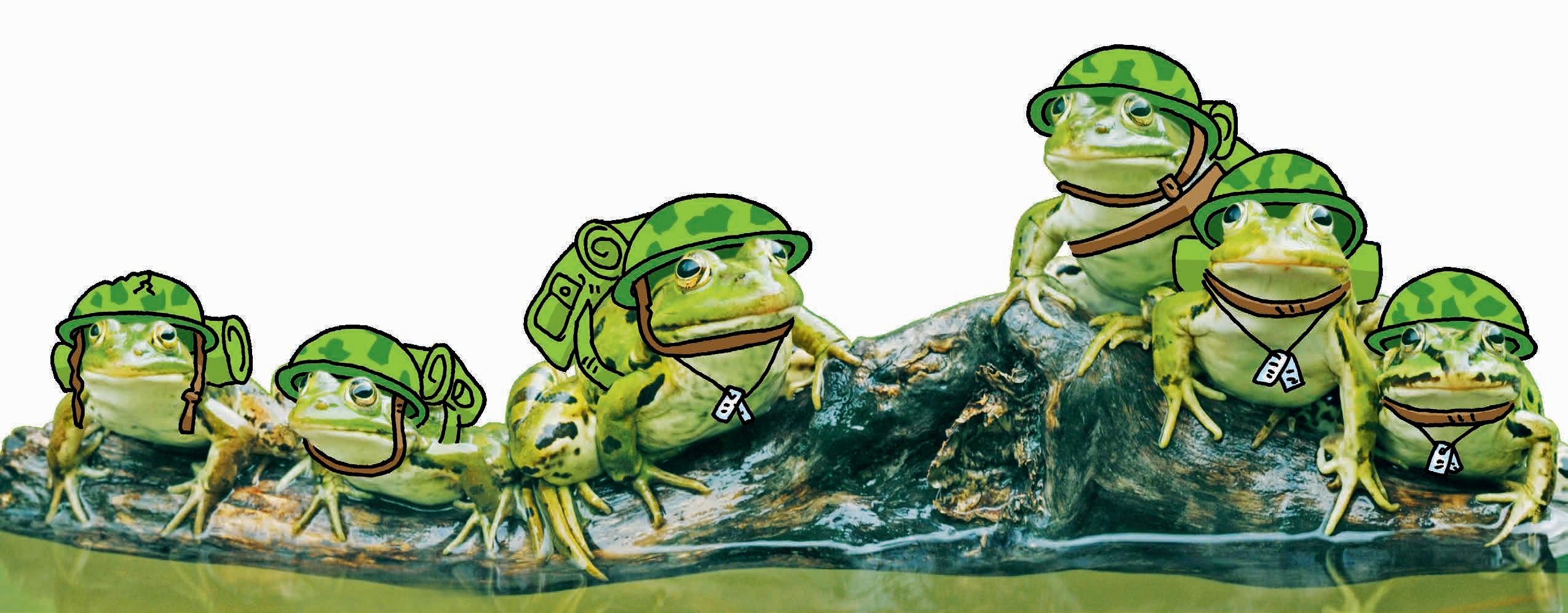
ARMY
Though all toads are frogs, not all frogs are toads
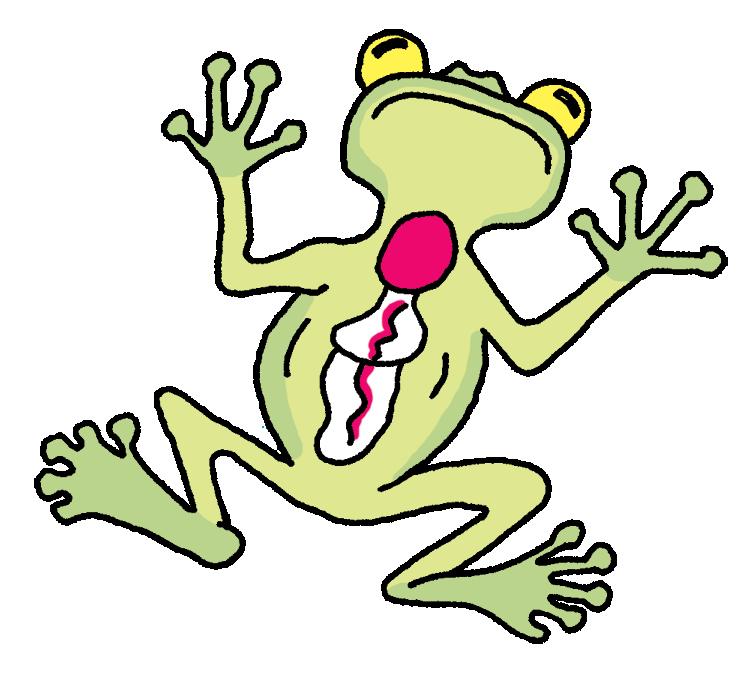
The golden poison frog may be only the size of a bottle cap, but it’s one of the most poisonous animals on Earth, containing enough toxin to kill 1O people
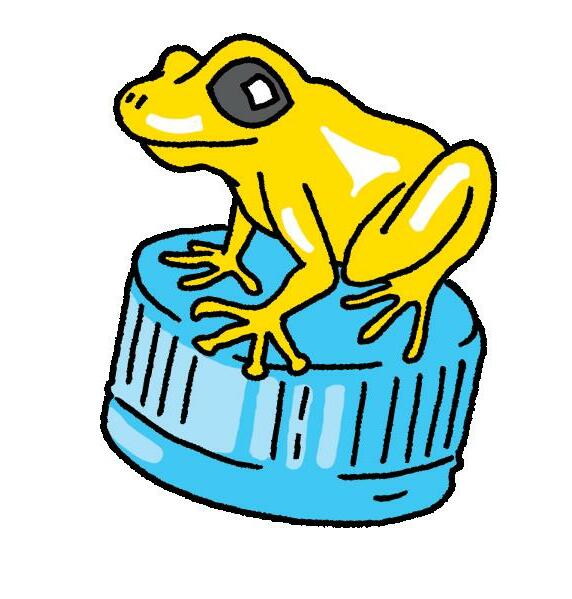
from previous page
6
Sometimesit rainsanimals

.Therehavebeenreportssinceancient aretimesofitrainingbats,fishandevenfrogs.Thishappenswhenanimals pickedupbytornadoesorwaterspoutsanddroppedelsewhere
When the blue-capped ifrita feeds on poisonous insects and plants, it stores their toxins in its feathers and skin – making itself poisonous to any potential predators
In Brazil, one type of parakeet lives in abandoned termite nests and snacks on the nutrient-rich dirt


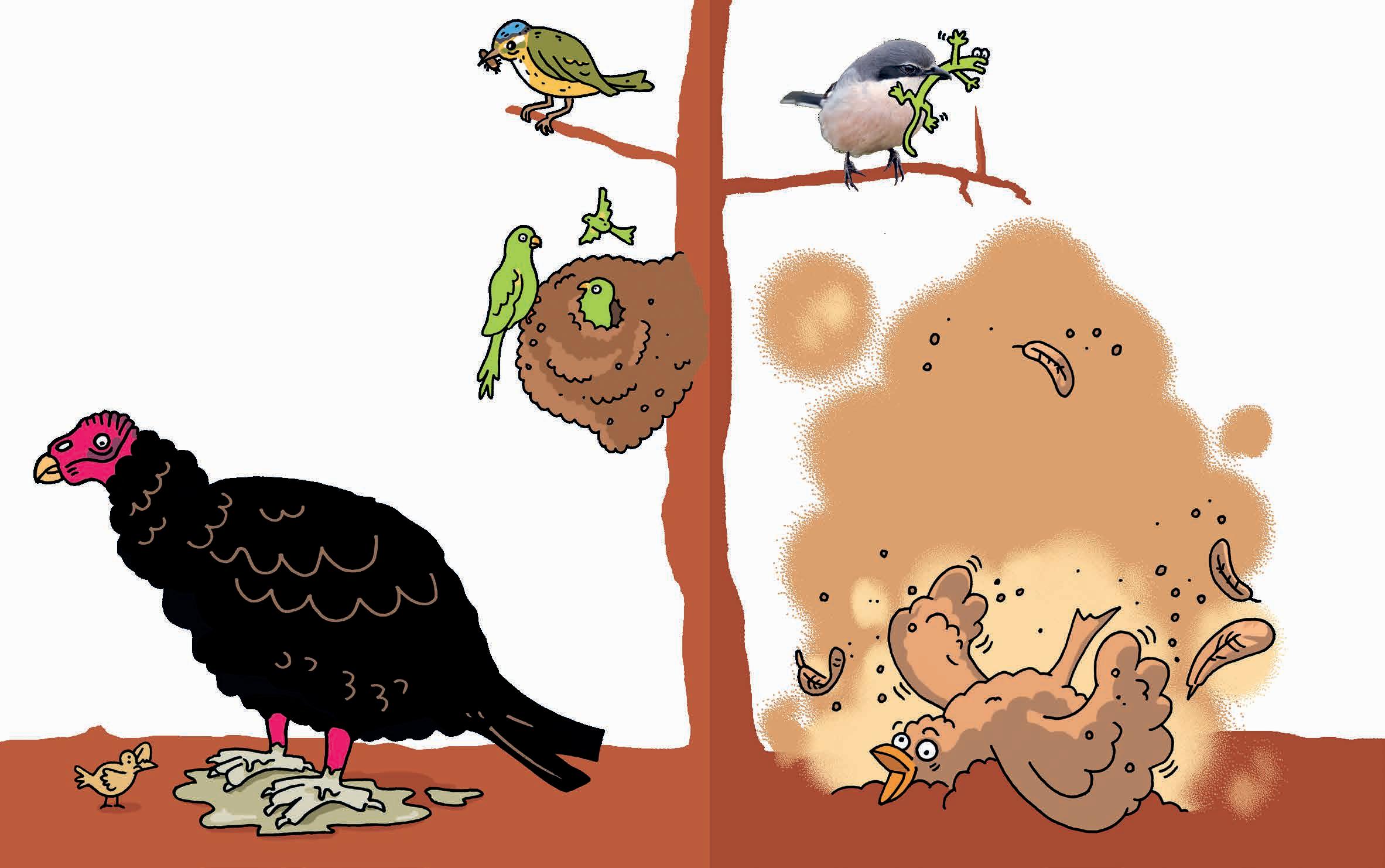
Sometypesofvulture
keep cool bypooingonthemsel ves

The shrike bird kills its prey by spearing it on sharp twigs
Birds often take dust baths
– they coat themselves in dirt to smother mites.
7
Astonishing photos from around the world

8
EYE SPY

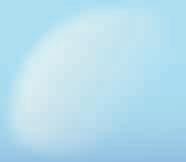
This awesome photo of an American crocodile was taken by Tanya Houppermans at Gardens of the Queen, a group of small islands off the coast of Cuba in the Caribbean. The crocodile lives in a mangrove swamp, one of the world’s most precious marine environments.

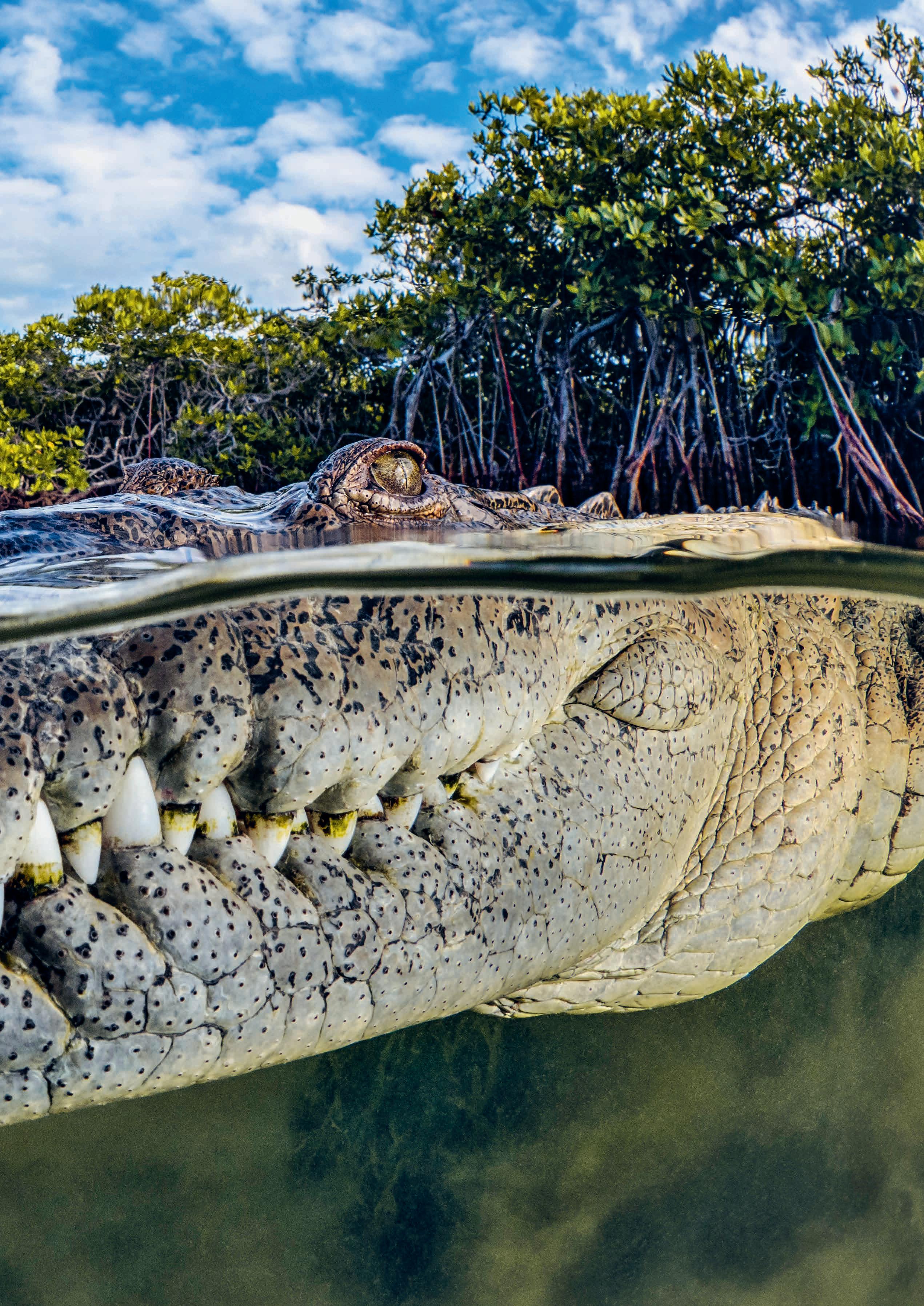 MANGROVE PHOTOGRAPHY AWARDS
MANGROVE PHOTOGRAPHY AWARDS
WOAH!
PHOTOS
9
THE ONLY WAY IS UP!

In Morocco in North Africa goats can often be seen climbing up into the branches of argan trees. The goats do this because they can – goats are naturally good climbers – and to eat the fruit of the argan tree, which has a thick yellow peel and sweet-smelling flesh inside.

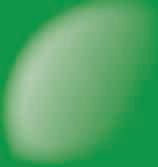

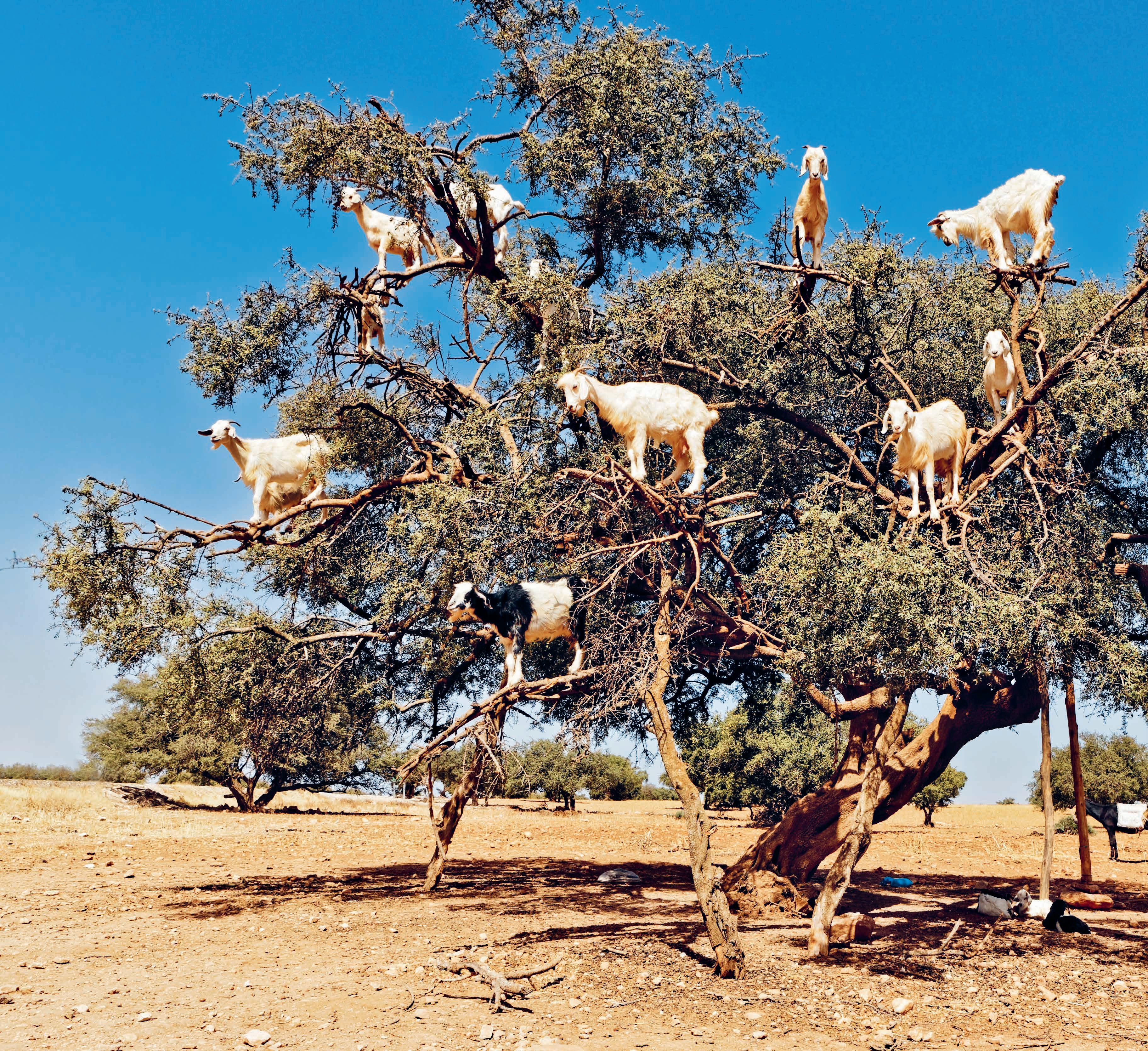
POWER PLAY

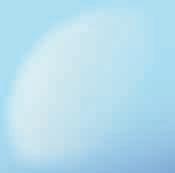
Sumo is a form of wrestling that is popular in Japan. To win, a sumo wrestler must push his opponent to the floor or force them out of the ring. Here two sumo wrestlers are trying to flip each other out of the ring at the same time, while the gyōji, or referee, watches to see which wrestler hits the ground first.
CHIN LEONG TEO, SINGAPORE, WINNER, NATIONAL AWARDS, MOTION, 2O22 SONY WORLD PHOTOGRAPHY
OOOF!
PHOTOS
AWARDS 10
THAT’S HANDY



This giant concrete hand is found in the Atacama Desert in Chile about an hour’s drive south from the city of Antofagasta. It is literally in the middle of nowhere: the hand is surrounded by sand and low hills in every direction. It was created by sculptor Mario Irarrázabal to wave goodbye to travellers as they drive on through the vast emptiness of the desert.

WOW! YEAH!
SAY CHEESE!
Astronomers at NASA’s Solar Dynamics Observatory took this image of the Sun which appears to show it smiling. In fact, the dark patches are called coronal holes. They are invisible to human eyes and can only be seen in ultraviolet light.

!
11
Eureka!
The latest astonishing discoveries, inventions and scientific breakthroughs.
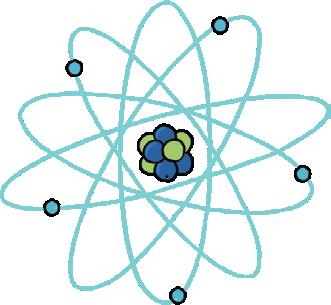
New research suggests that a number of sea creatures that scientists had previously thought to be silent could, in fact, be able to communicate underwater. Gabriel
Jorgewich-Cohen, who led the research at the University of Zurich in Switzerland, used
sound and video equipment to record 53 marine species in zoos and aquariums. Animals recorded in the study included the South American lungfish, the Cayenne caecilian, an amphibian, and several species of turtle.
Lots of vertebrates (animals
with spines) create sounds in their throats as they push air up through their lungs. These sounds range from chirps and clicks to more complex sounds with different tones.
By filming marine animals underwater at the same time as recording any sounds they
made, Jorgewich-Cohen tried to match the sounds with the animals’ behaviour. For example, hatching sea turtles ‘will sing from within their eggs,’ he says, so the turtles ‘all come out together and hopefully avoid being eaten.’

Bumblebees play with balls for fun, say scientists
Lots of mammals – including dogs, cats and humans, of course – love playing ball games. But according to researchers at Queen Mary University in London, bumblebees could get a kick out of playing with balls too!
To investigate, the scientists created a series of experiments in which bumblebees were given the task of rolling wooden balls. The researchers
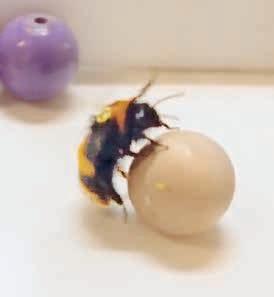
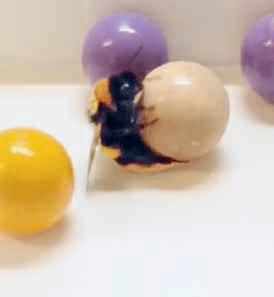
found that the bees kept on being interested in and rolling the balls even when they weren’t then rewarded with food, while younger bees were
found to roll more balls than older bees. Because rolling the balls didn’t have any practical benefit for the bees, it suggests that they wanted to play with

Bumblebees were given the task of rolling coloured wooden balls.
them for their own enjoyment. ‘It is mind-blowing to watch bumblebees show something like play,’ said Professor Lars Chittka, one of the study’s authors. ‘Despite their little size and tiny brains, they are more than small robotic beings. This research provides a strong indication that insect minds are far more sophisticated than we might imagine.’
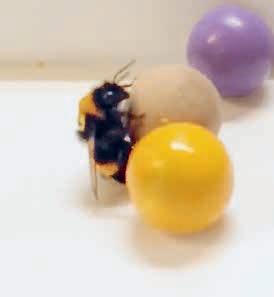
How do turtles communicate over long distances? With a shell-phone!
‘talk’ to each
1 2 3 4 12
Can turtles
other underwater?
Bar-tailed godwit flies into the record books
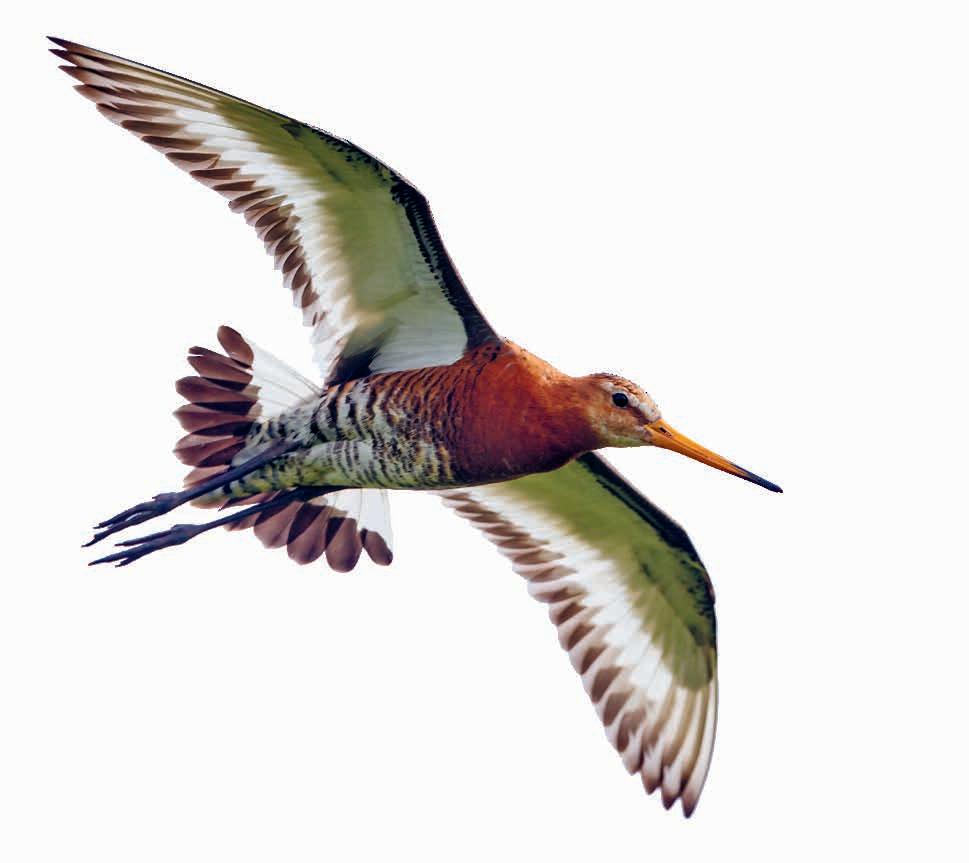
A five-month-old bar-tailed godwit has set a new world record by flying 13,560 km from Alaska in North America to the island of Tasmania off the coast of Australia without stopping once. Scientists think that the bird’s epic journey –which took 11 days and one hour to complete – is the longest recorded non-stop flight by any animal.
Bar-tailed godwits go on non-stop migrations each year between Alaska, where they breed in the summer, and parts of New Zealand and eastern Australia, where they spend the winter. Scientists were able to track the bird, and confirm the new record, by attaching a tiny solar-powered satellite transmitter to its body.
All aboard the world’s longest passenger train
An extraordinary train travelled through the mountains of Switzerland last month, becoming the longest passenger train on record.
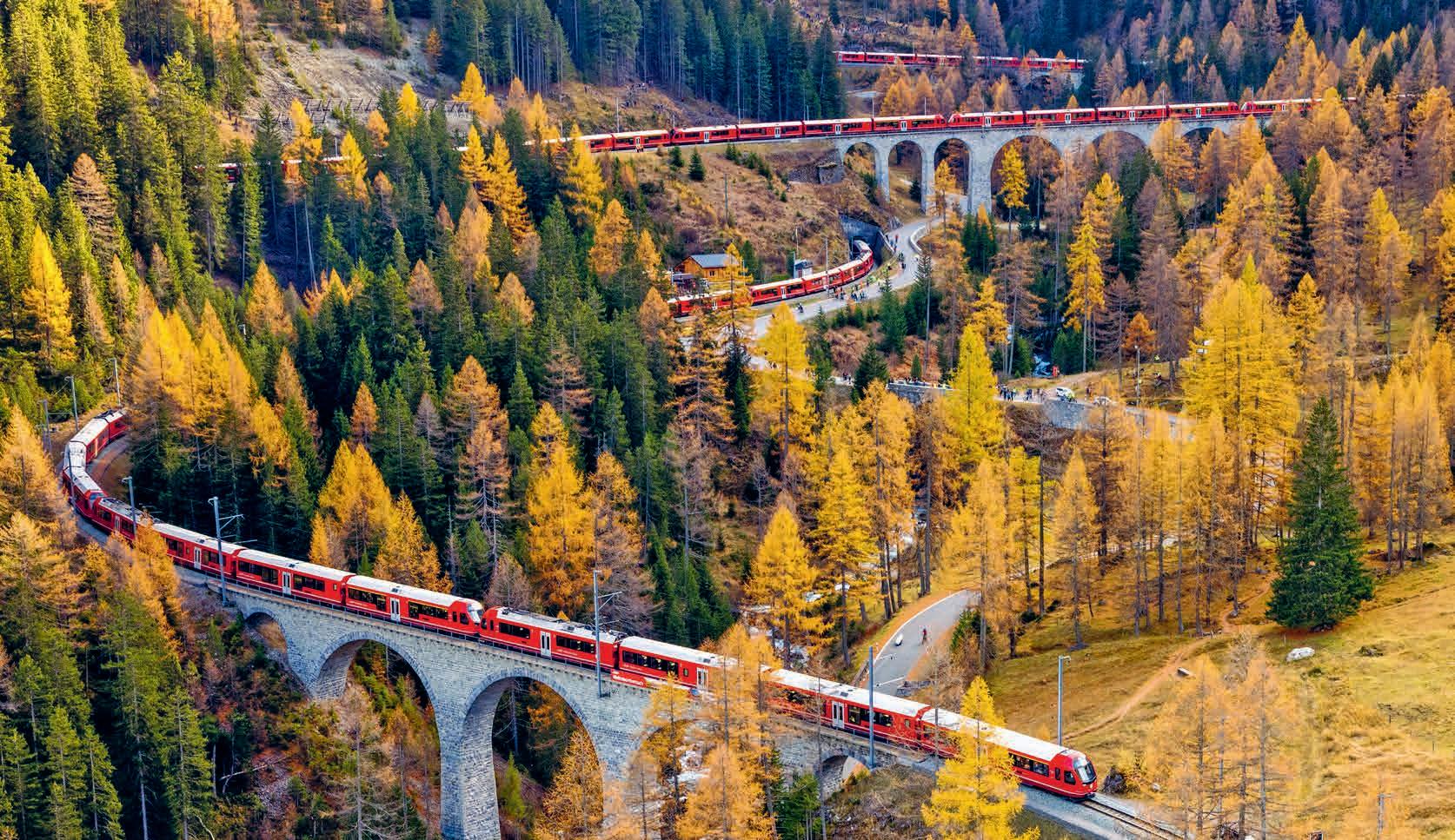
The train, which is 1,910 metres long (that’s almost two
kilometres!) has 100 carriages and 4,550 seats. It travelled on a one-off, 25-kilometre journey through the Alps to celebrate the 175th anniversary of Swiss railways.
The record for the longest
train of any kind is held by an Australian freight train called the Mt Goldsworthy. It contains 682 carriages, which are used to transport iron ore, and is more than seven kilometres long!

What happens when galaxies
A group of 178 people named Hirokazu Tanaka have set a new world record for the most people with the same name meeting up in one place. They met in a theatre in Japan’s capital city, Tokyo, to be officially counted. The 178 Hirokazu Tanakas comfortably beat the existing record, which had been held since 2005 by 164 Martha Stewarts.
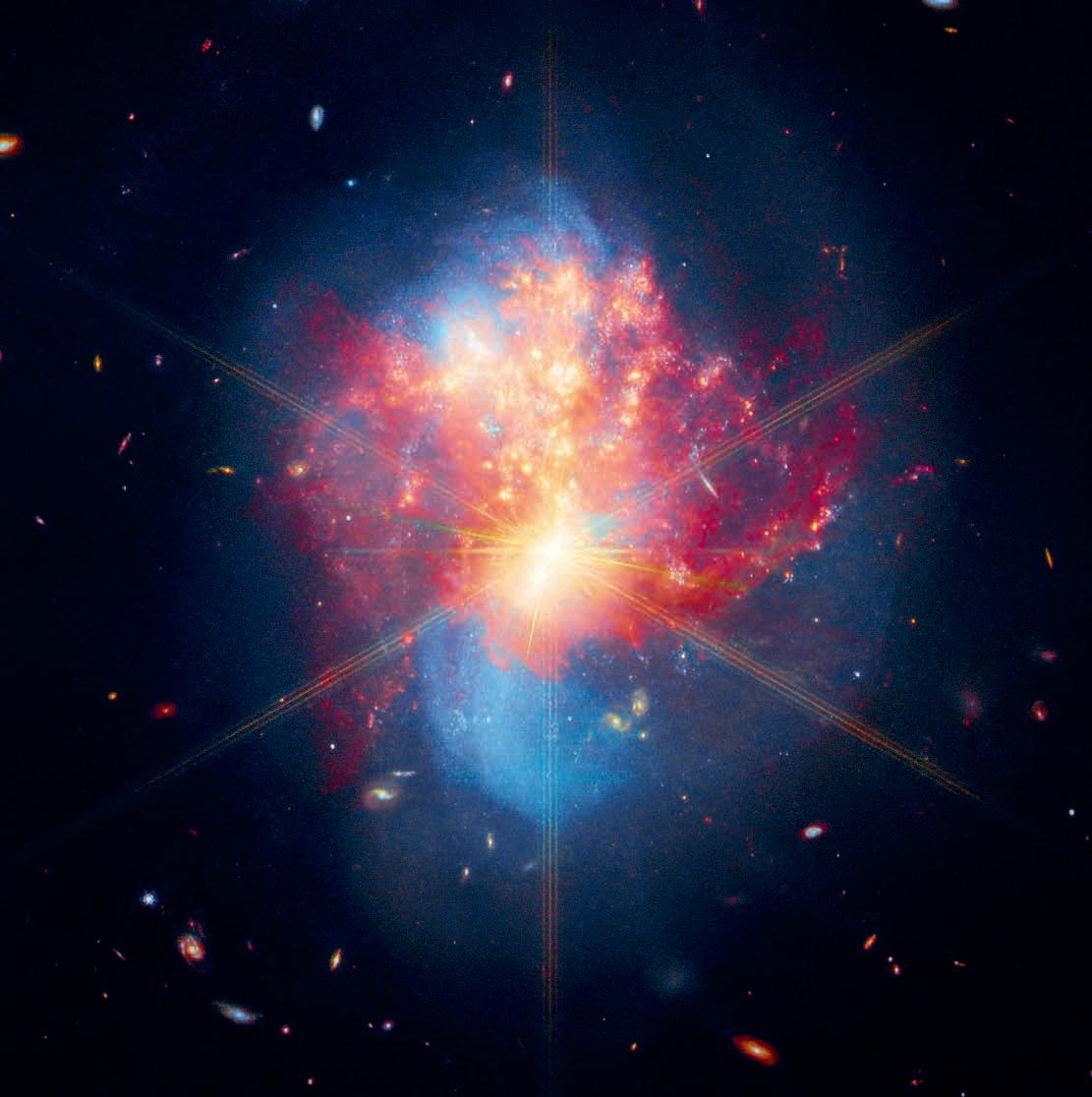
As these two galaxies merge, lots of new stars are being created.
This spectacular new image taken by the James Webb Space Telescope shows a pair of galaxies that are becoming intertwined in what astronomers call a galaxy merger. The collision of the two galaxies, which lie around 270 million light years from Earth in the constellation Cetus, has caused an intense period of star formation called a starburst.
During the starburst, new stars are being created at a rate more than 20 times greater than they are being created in our own galaxy the Milky Way.
NEWS
With 1OO carriages and 4,55O seats, this record-breaking Swiss train is almost two kilometres long.
collide? Everyone in this photo is called Hirokazu Tanaka!
AND HERE 13
THE TRAIN IS HERE STILL GOING!
Prepare to be amazed (and amused!) by the unusual facts crammed into these irresistible lists.

KING OF THE TYRANT LIZARDS* Tyrannosaurus rex in numbers
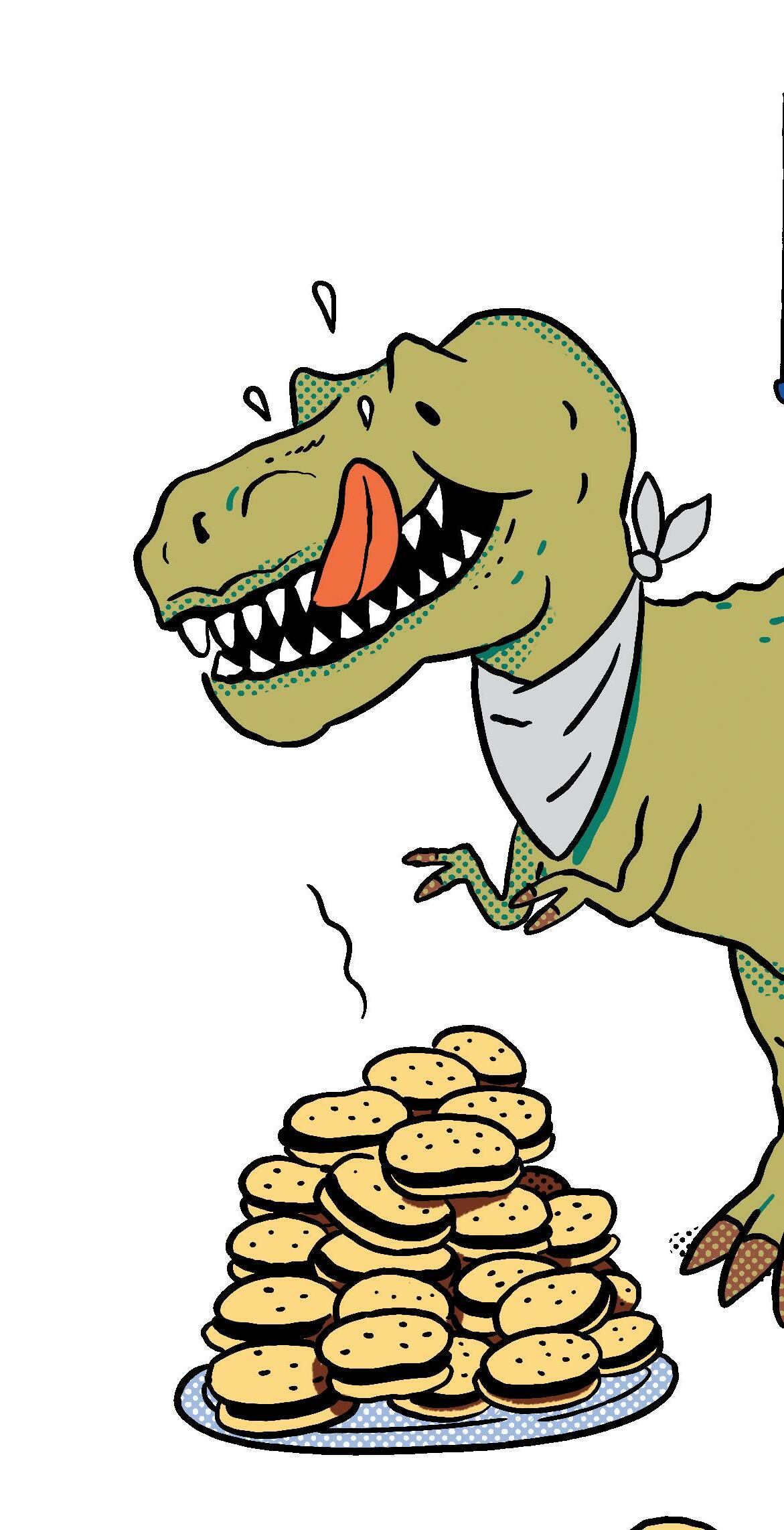
7O million
The number of years since T. rex is thought to have appeared on Earth.
7,OOO
The weight of a large adult T. rex in kilograms – which is heavier than two adult hippopotamuses! 19OO
The year the first T. rex fossils were found, in the Hell Creek rock formation, Montana, United States. They were discovered by Barnum Brown, a curator at the American Museum of Natural History. 38O
The number of bones in a complete T. rex skeleton. 18O
The estimated weight in kilograms that a T. rex could lift with its forelimbs. This means that a T. rex was probably strong enough to pick up a human being in each hand! 83
The length in centimetres of the longest T. rex footprint that has been found so far. 6O
The approximate number of teeth that T. rex had. 5O
The approximate number
of fossilised T. rex skeletons that have been found so far. 44
The estimated length of a T. rex’s poo in centimetres. 3O
How many kilograms a T. rex would weigh at two years old.
3O
The estimated number of years in the average T. rex’s lifespan. 29
The top speed of a T. rex in kilometres per hour. This means that a fast human would be able to outrun a T. rex. This is worth knowing if you ever find yourself being chased by one!
The length of a large T. rex in
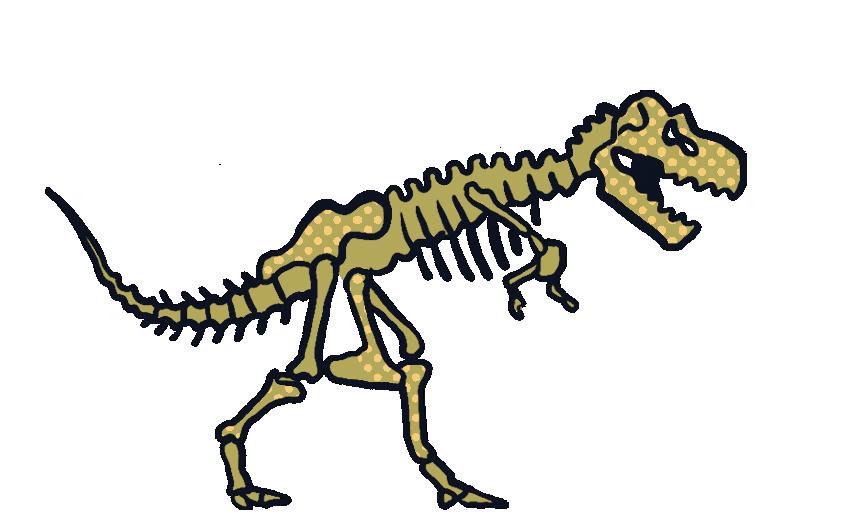
LISTS
13
14
LISTIFIED!
225
The number of kilograms of meat a T. rex could eat in a single bite, which is like swallowing 2,000 hamburgers in one go!
Big Stink
Hold
1
smelliest things on the planet…
Stinking corpse lily
This giant red flower smells like a combination of rotting meat, old fish and sweaty socks. It releases this terrible stench to attract flies that help to spread its pollen to other flowers.
2
Lesser anteater
Although this furry creature looks cute, don’t get too close. It is more than five times smellier than a skunk and uses its dreadful pong to keep predators away.
3
Eastern skunk cabbage
This red wetland plant smells like a dead skunk. It uses its unique scent to attract insects.
4
Durian fruit
Known as the world’s stinkiest fruit, the durian has a smell like rotten onions. The odour is so disgusting that you are not allowed to carry one on public buses and trains in Japan.*
5 Stink bug
Do not bother a stink bug. When threatened or injured, these powerful little insects release an intense, spicy smell that can take hours to go away.
6 Vieux Boulogne cheese
Scientists used a special smelling machine – which they called an ‘electronic nose’ – to prove that Vieux Boulogne is officially the smelliest cheese on Earth.
7 Dog stinkhorn
This slime-capped mushroom smells so terrible that you can sometimes detect its presence in a wood before you spot it on the ground.
8 Hoatzin bird
This blue-faced bird from South America is known as the ‘skunk bird’ or ‘stinkbird’ for good reason: it smells like cow poo.
*Although if you’re brave enough to eat a durian fruit, the yellow flesh inside tastes nice and sweet, like custard.
metres, which is roughly the same as a school bus or lorry.
4
A T. rex’s height in metres. This means that an adult T. rex was about the same height as an African elephant.
1.5
The length of the largest known T. rex skull in metres.
OThe number of fossilised T. rex eggs and T. rex nests that have been discovered so far.**
*Tyrannosaurus rex means ‘king of the tyrant lizards’ in Latin.
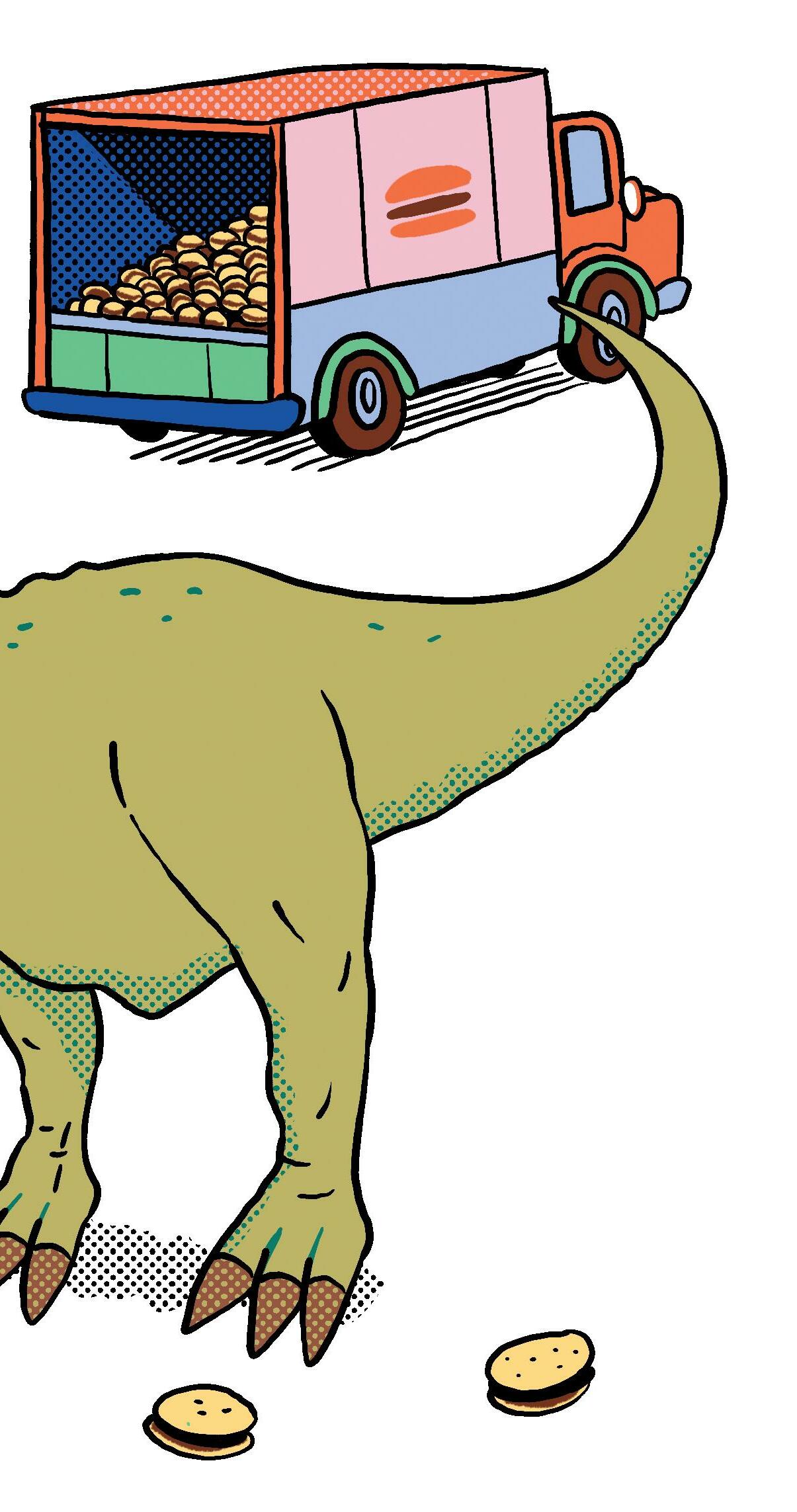
**By making comparisons with similar species of dinosaur and animals that are alive today, scientists think that a freshly hatched baby T. rex would have been roughly the size of a turkey and covered with downy feathers to help it keep warm.

Listified! written by Andrew Pettie and illustrated by Andrés Lozano is out now.

your nose, as here come eight of the
15
The

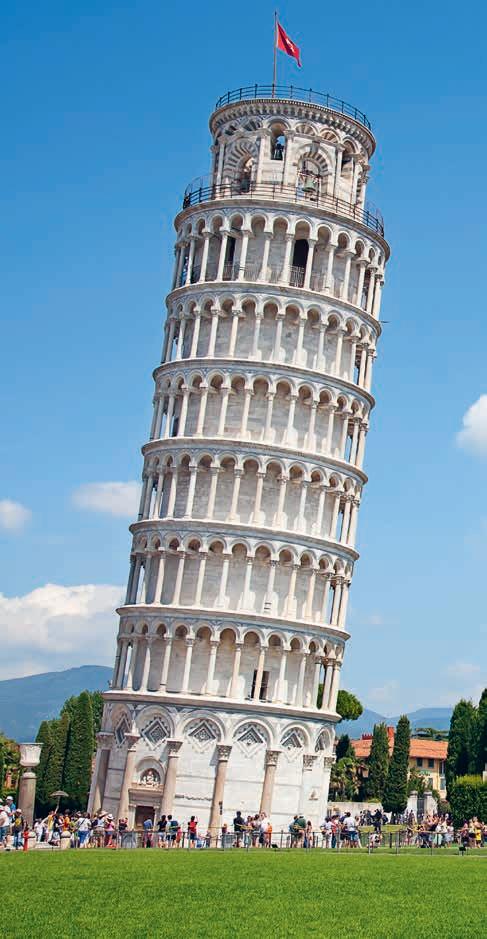
2OO1
1955
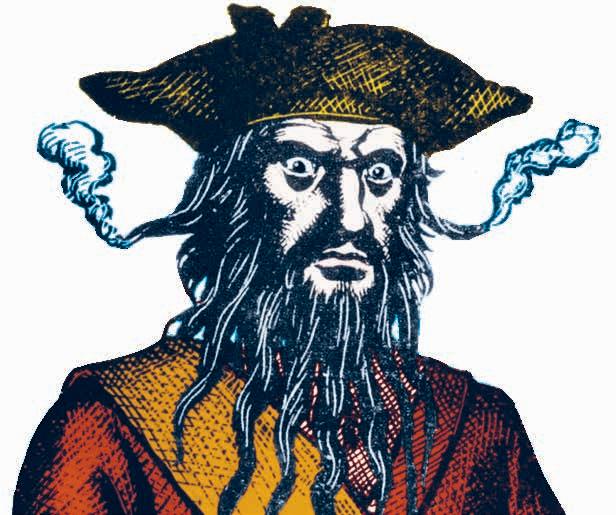
On December 1st, civil rights activist Rosa Parks (pictured in the middle) was arrested in Montgomery, Alabama, USA, for refusing to obey a local law requiring black people to give up their bus seats to white people if the bus was full. Parks’s act of defiance, along with other protests, eventually led to a change in the law.

1O fascinating facts
2O18

An eruption of the Krakatau volcano in Indonesia on December 22nd caused a tsunami, or giant wave, that was more than 8O metres high. An even more destructive eruption of the same volcano in 1883 is one of the biggest in recorded history.
1911
On December 14th, the Norwegian explorer Roald Amundsen became the first person to reach the South Pole in Antarctica. He beat his British rival, Robert Falcon Scott, by 33 days. Amundsen’s team of sleigh dogs was one of the main reasons he won the race.
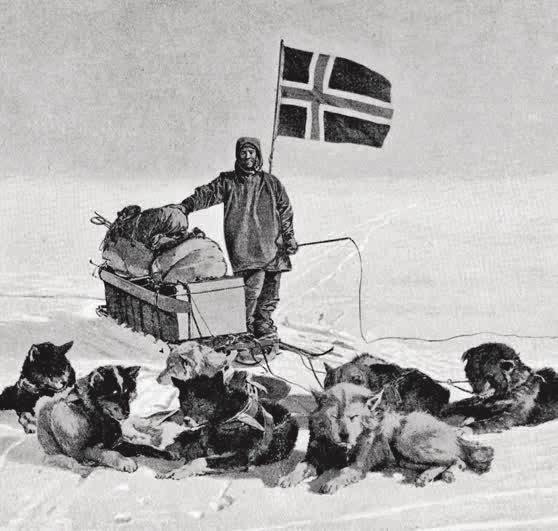
1717
1989
The first standalone episode of The Simpsons was broadcast on US television on December 17th. The animated comedy is still going strong today, 34 series and more than 7OO episodes later. The funny adventures of Marge, Homer, Bart, Lisa and Maggie even found their way onto the big screen in 2OO7 when The Simpsons Movie (pictured) was released in cinemas.
Blackbeard raided a ship on December 5th and kept the captain, Henry Bostock, captive. Bostok later wrote the first account of the pirate’s scary appearance.
16
Leaning Tower reopens in Pisa on the 15th, after £23m works to stop it falling over.
1955

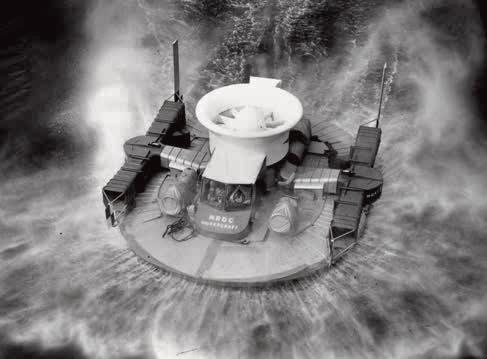
On December 12th, engineer Christopher Cockerell patented a new form of transport: the hovercraft.
2O21
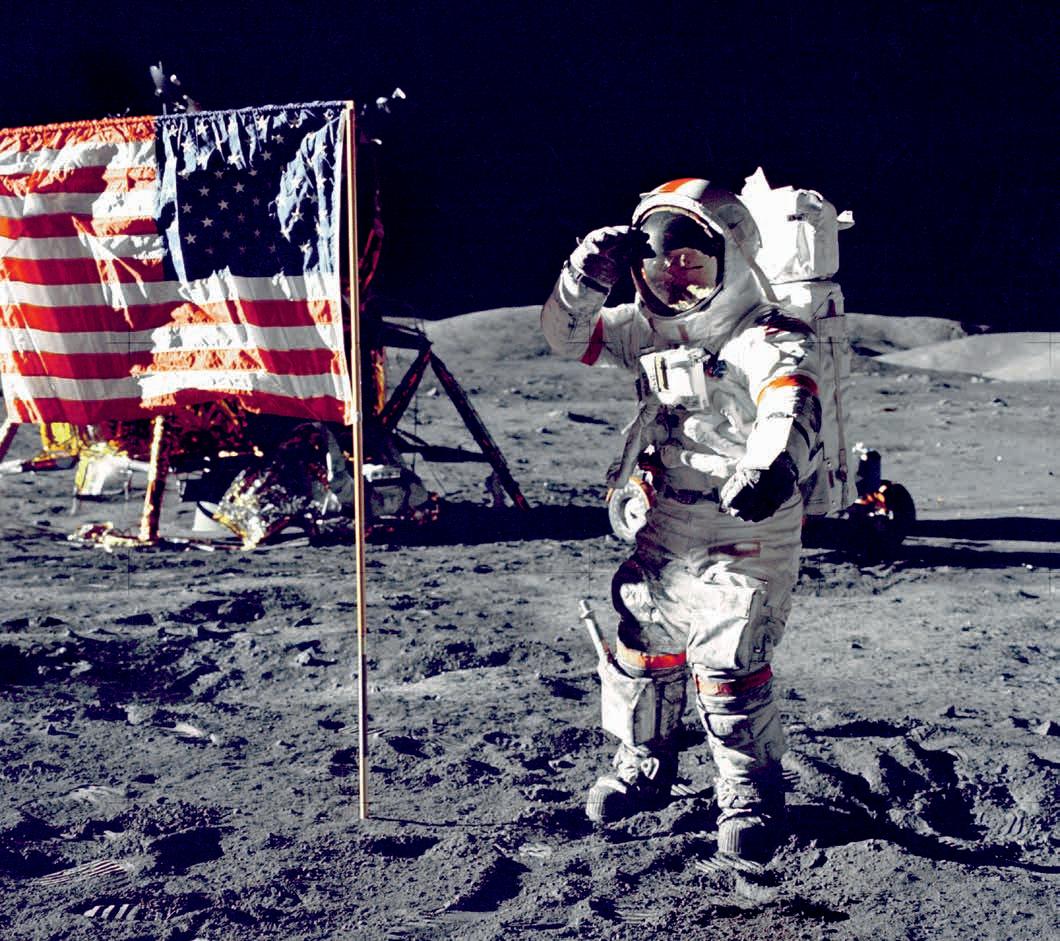

The first ‘true’ millipede, which has more than 1,OOO legs, was discovered in
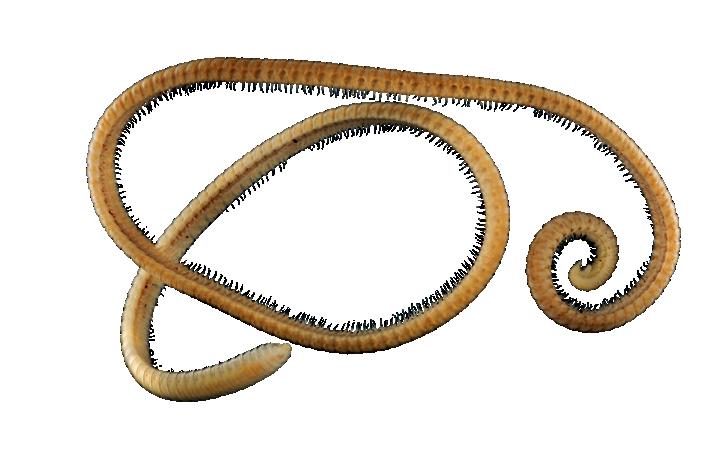
1972
about December…
1913
On December 21st, a ‘Word-Cross’ puzzle appeared in the pages of the New York World newspaper. Created by British journalist Arthur Wynne, it was the first crossword ever published.
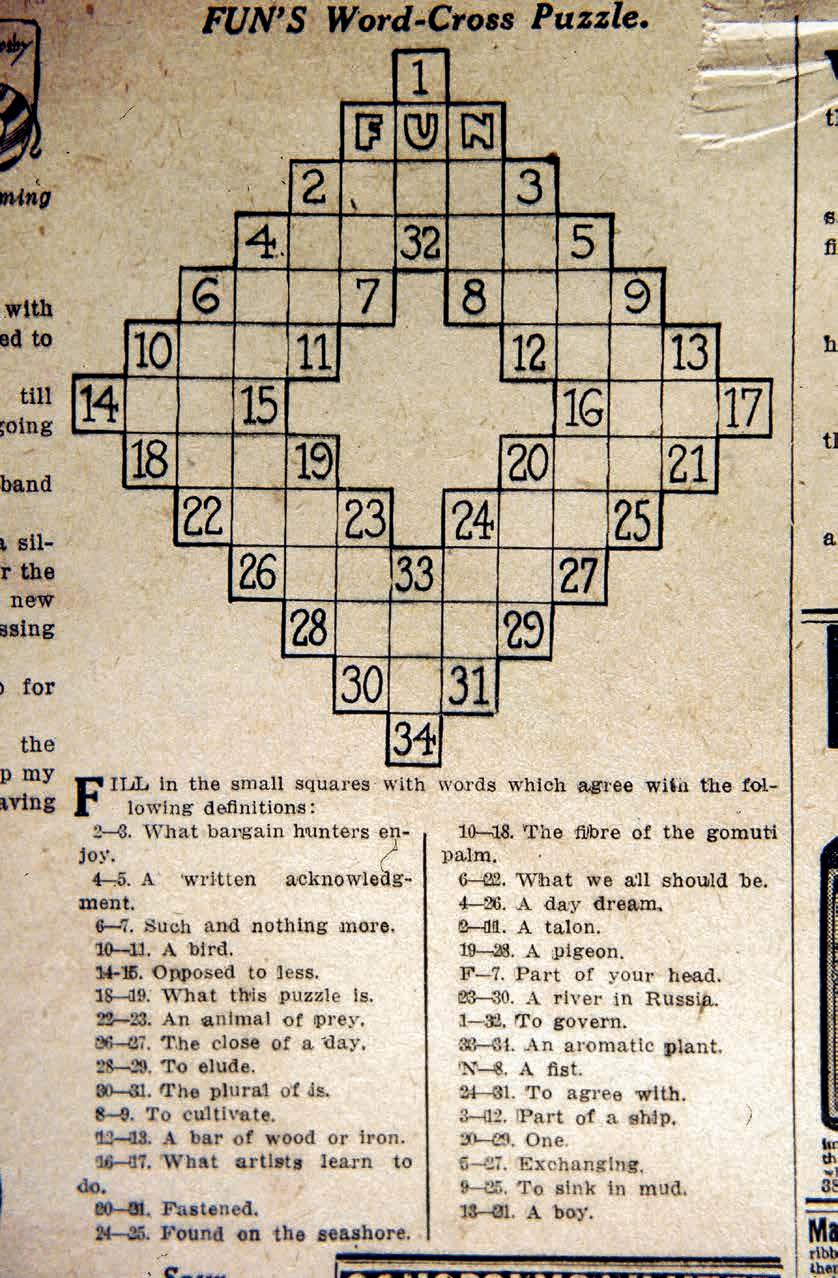 On December 12th, the American astronaut Gene Cernan, one of three crewmembers on NASA’s Apollo 17 space mission, became the last human being to walk on the Moon – for now!
On December 12th, the American astronaut Gene Cernan, one of three crewmembers on NASA’s Apollo 17 space mission, became the last human being to walk on the Moon – for now!
1What caused the Big Bang?
According to the theory, everything that exists, including space, time and all the matter in the universe, expanded from a tiny single point in a mind-boggling moment we call the Big Bang. But as for what, if anything, caused the Big Bang – we have absolutely no idea!
2Do aliens exist?
Our galaxy, the Milky Way, is very big and has existed for more than 13 billion years. It contains hundreds of billions of stars and planets,
and mathematical probability suggests that at least one of those planets should contain intelligent alien life. However, so far, we have yet to meet any aliens or detected any signs that they exist. One reason for this could be that space is just too big (the Milky Way alone is 100,000 light years across), and so even if aliens are out there, and sending messages into space, they just haven’t had time to reach us yet.
Disney’s warrior heroine is based on a real Chinese folk
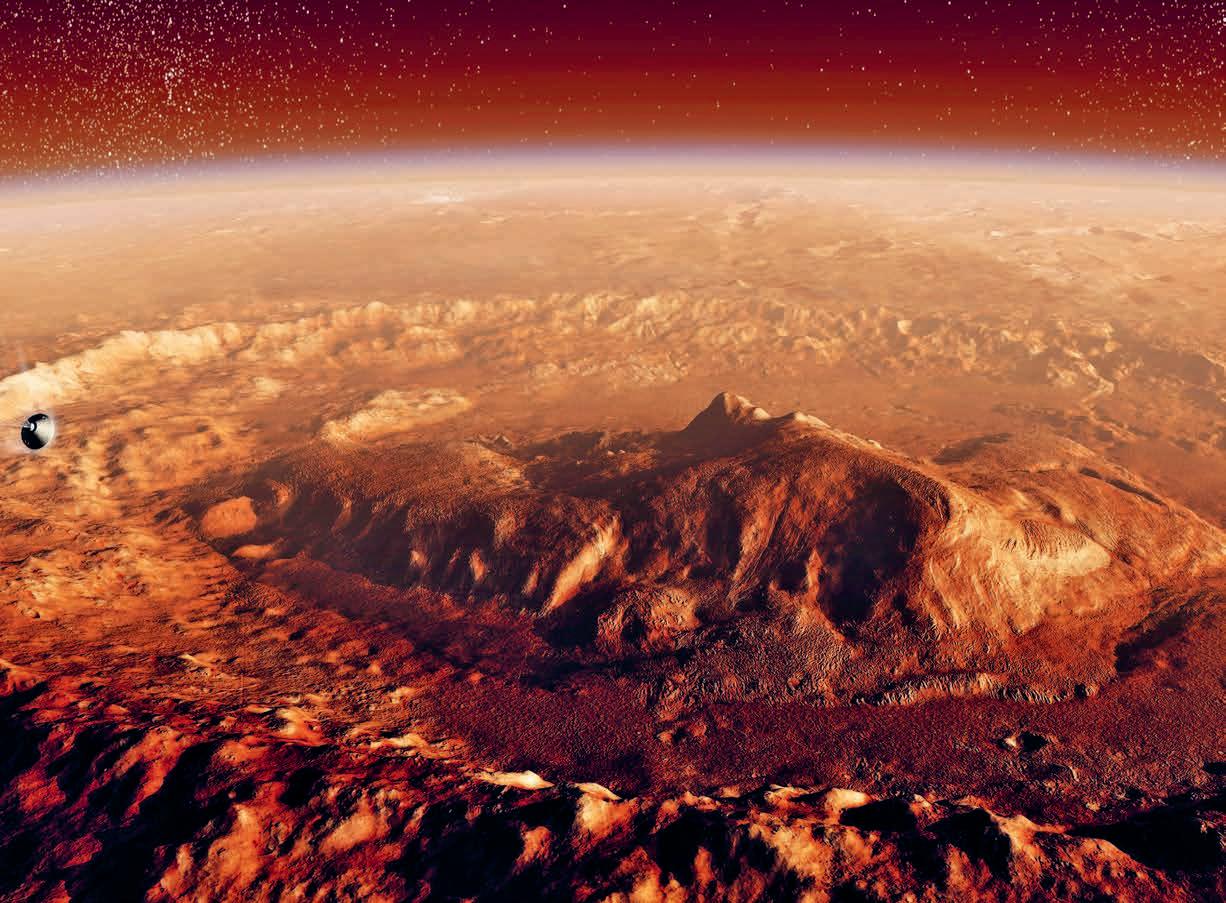
3Was Mulan a real person?
COVER FEATURE g 2 3
18
4
song from the 5th or 6th century. The song describes a real time and place. But Mulan’s name doesn’t appear in a text about important women in the clan. So whether Mulan was a real historical figure remains a mystery.
falling into a black hole would be stretched out by the enormous pull of its gravity like a long piece of spaghetti, in a process called spaghettification. However, no one knows what would happen next because we have no information about what may or may not exist on the other side. Though some theories suggest that black holes could provide a gateway to an entirely different universe.


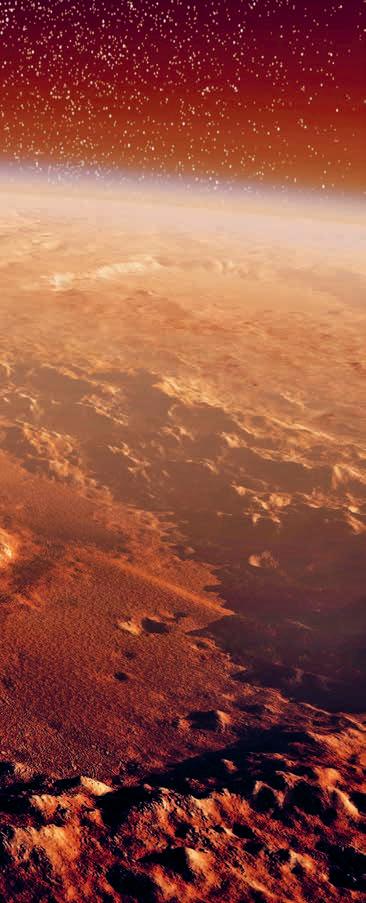
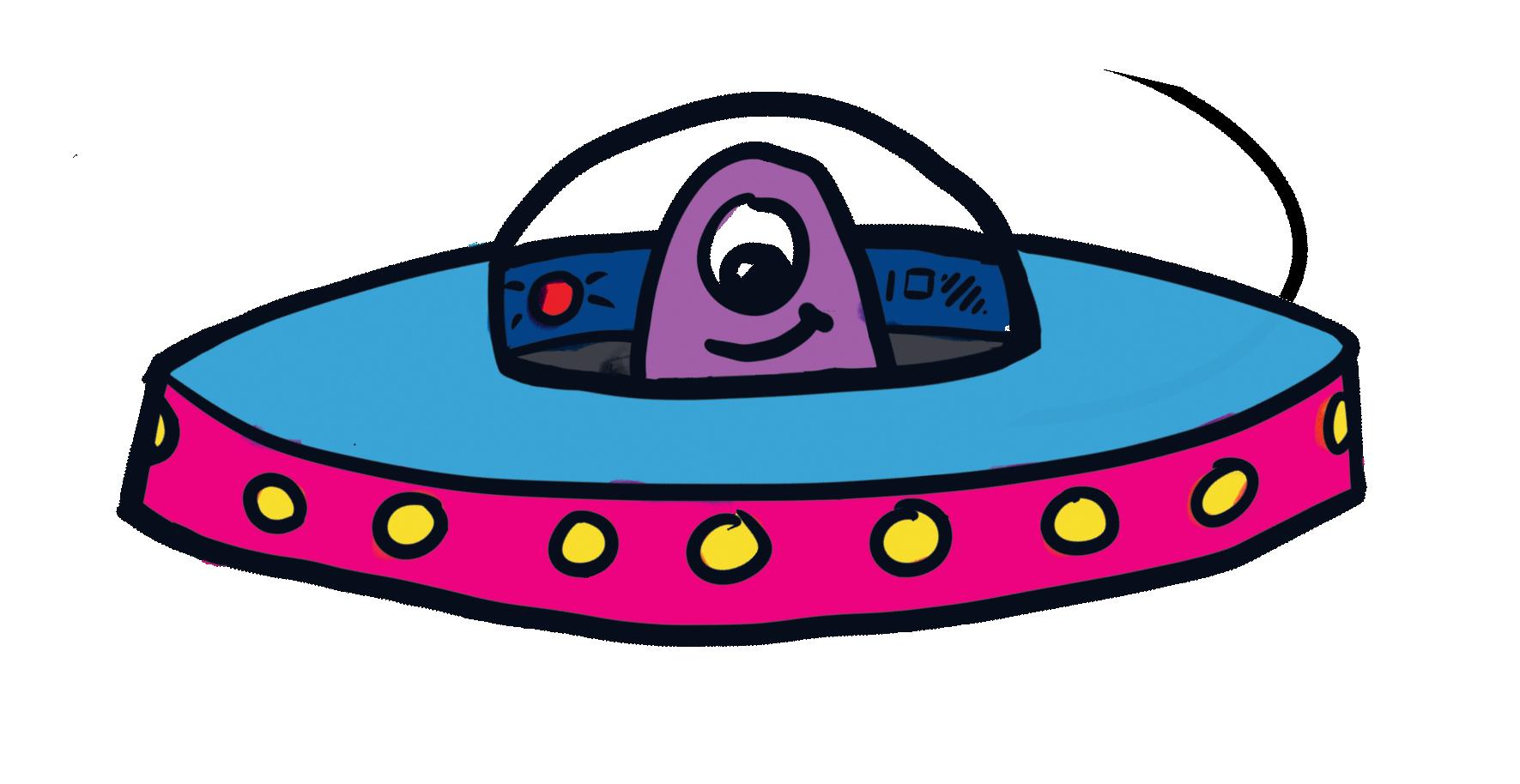
From how life on Earth began to whether aliens exist, we investigate some of the universe’s great unsolved mysteries…
4What would happen if a spaceship fell into a black hole? Scientists think that any object
‘I like a universe that includes much that is unknown.’
CARL SAGAN, ASTRONOMER
CONTINUED ON NEXT PAGE 19
It is likely that alien life exists somewhere in the universe.
z
5Where is Cleopatra’s tomb?
Cleopatra was the last pharaoh of ancient Egypt. She died in 30 BCE and ancient historians wrote that her tomb was filled with treasures including gold, silver, emeralds and ivory.
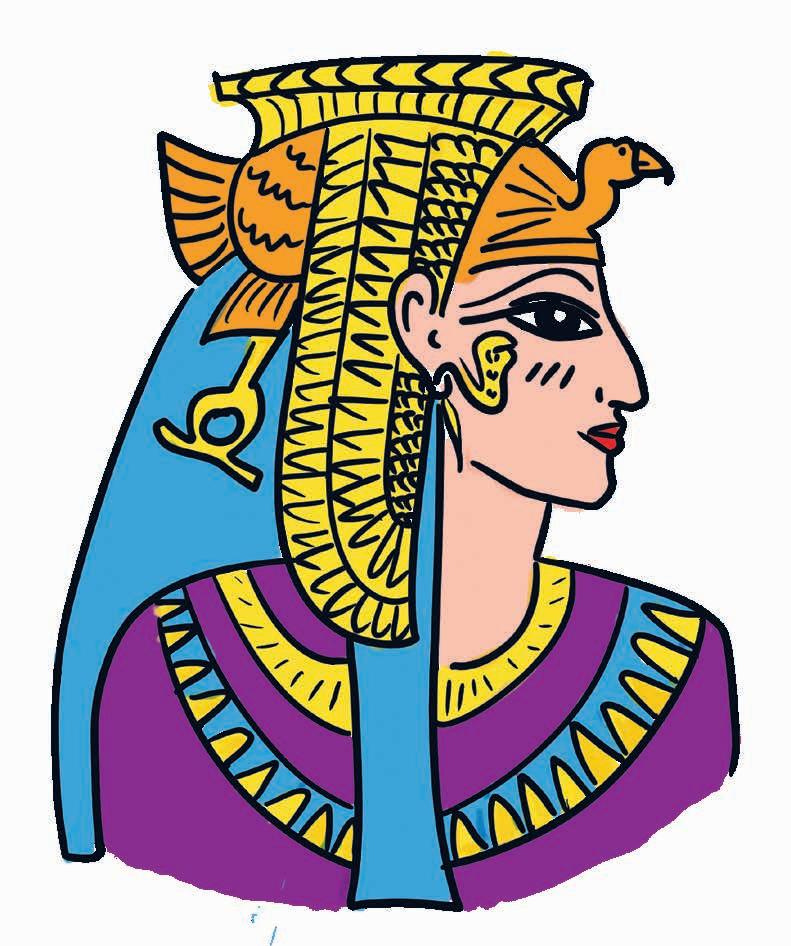
Archaeologists think Cleopatra’s tomb is buried underground somewhere near the Egyptian port of Alexandria, but it has yet to be discovered.
between any two objects or particles in the universe that have mass. When you throw a ball up in the air, for example, it is the gravitational force created by Earth’s greater mass that pulls it back down to Earth. But although we understand how gravity behaves, and can observe and predict its effects, we don’t know by what physical mechanism it happens. All we can say for now is that gravity exists.
8Is there a lost city of Atlantis?
6
Could we bring dinosaurs back to life?
Fans of the Jurassic Park movies will be familiar with the idea that, one day, scientists will use an extract of a dinosaur’s DNA or genetic code to bring it back to life. At the moment, however, this is unlikely, partly because DNA is easily damaged and would probably have broken down in the millions of years since the dinosaur died. Could scientists of the future find a new way to bring dinosaurs back?
7
How does gravity work?
Gravity is an invisible force of attraction that exists
Dinosaurs lived on Earth for about 165 million years. Could they ever return?
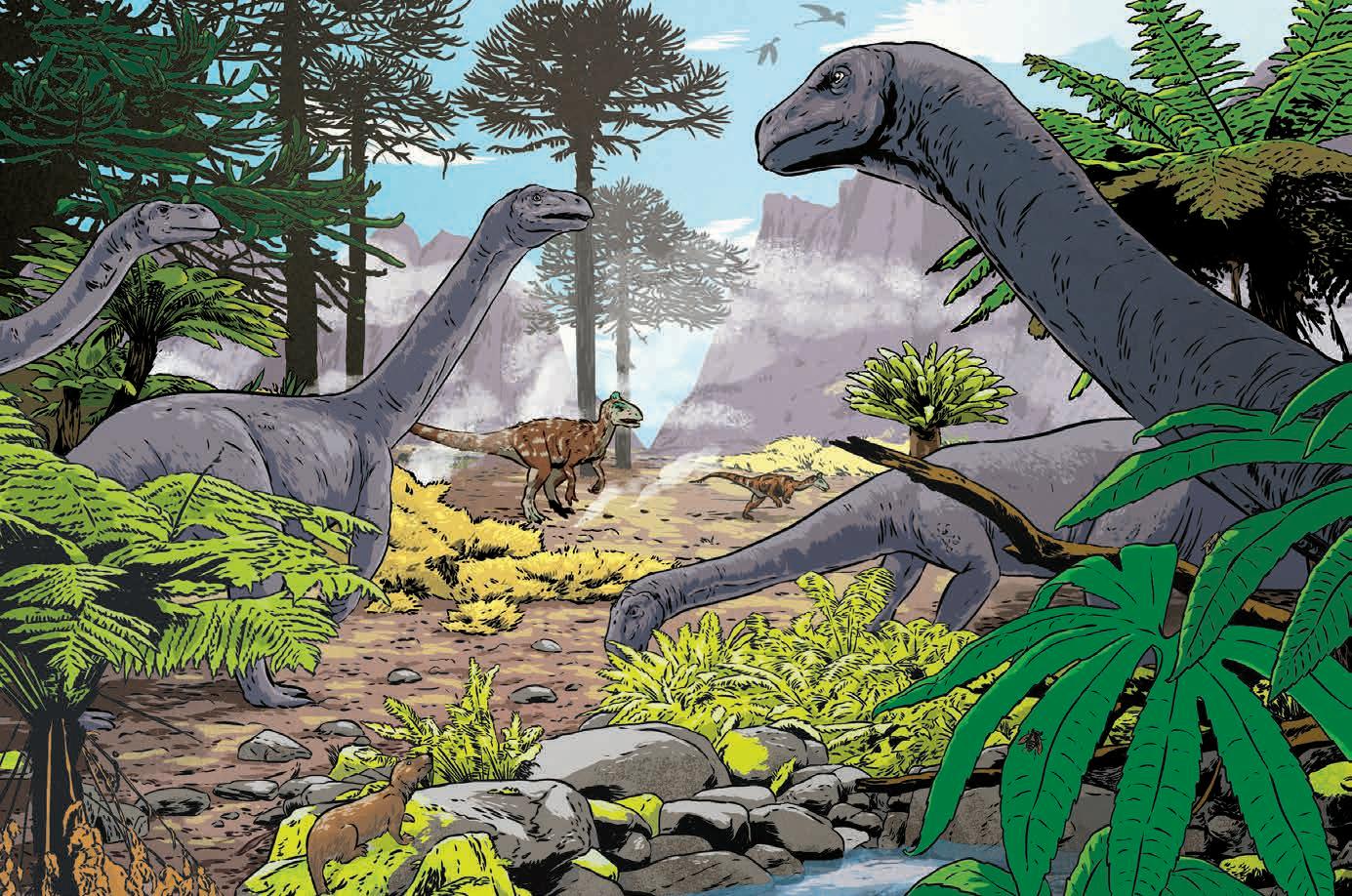
According to legend, Atlantis was an ancient city that was swept beneath the sea by a tsunami, or giant wave, thousands of years ago. Will the lost city ever be found? Most experts doubt Atlantis was a real place so it seems unlikely.
9
Was Robin Hood a real person?
Many people have heard the tales of Robin Hood, a well-meaning outlaw in 14th-century England who lived in a forest and robbed from rich people to give money to the poor. Do you believe the stories? Lots of historical documents refer to a ‘Rabunhod’, but this may just be a nickname for a robber.
1O
Will we ever decipher Minoan writing?
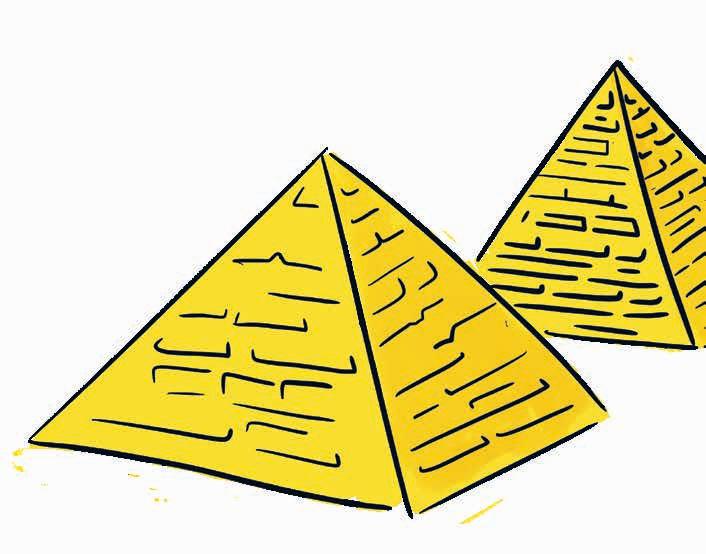
The ancient Minoan civilisation, which flourished on the island of Crete between about 3,000 BCE and about 1,100 BCE had two writing systems. One, known as Linear A, used symbols to represent sounds and some objects such as cows, pigs and grain.
Historians have yet to fully decipher Linear A, although they can translate Linear B, another ancient writing system which was adapted from Linear A. So, one day, it’s possible someone could crack the code.
11
Why are some icebergs green?
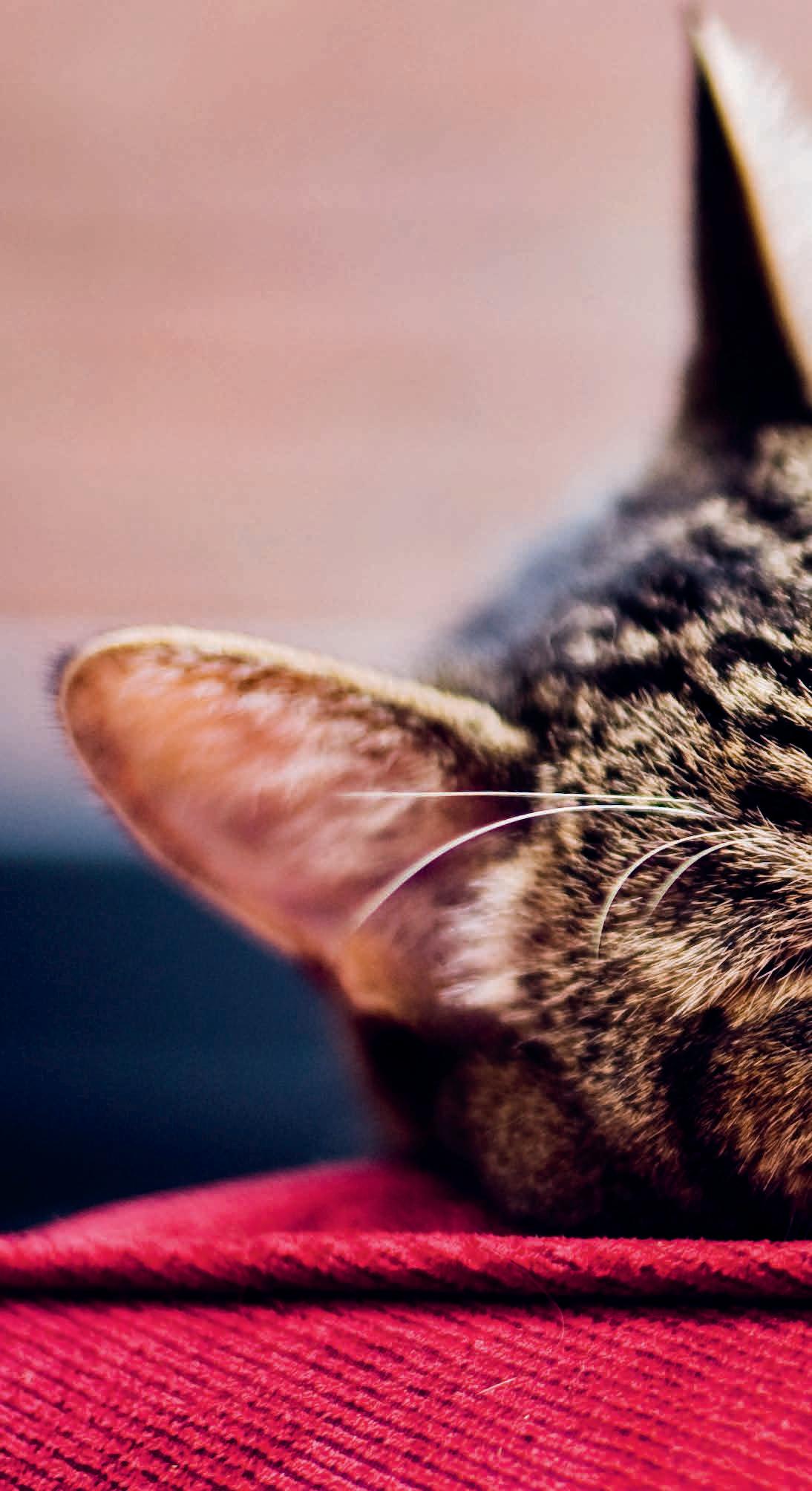
Most large icebergs are blueish in colour but some in Antarctica are green. They are
Above: cats are one of several animals that are thought to dream while they are asleep. Right: a green iceberg.
CONTINUED FROM PREVIOUS PAGE COVER FEATURE 20
sometimes called jade bergs because they look similar in colour to the gemstone jade. Scientists don’t know why these icebergs are green but one theory is that yellow-ish red minerals scraped up by glaciers mix with the normal blue colour of icebergs, turning them green.
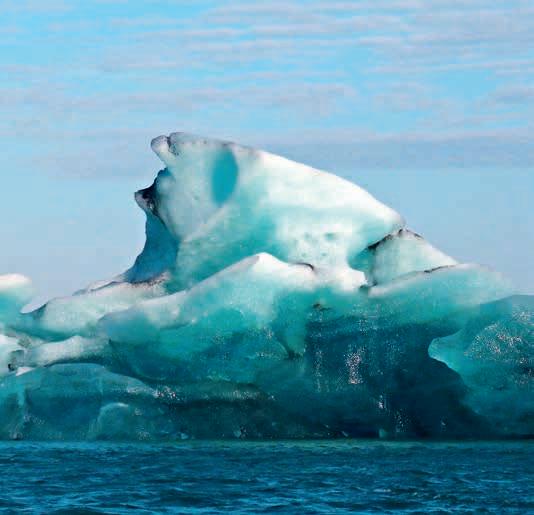

12
All human beings dream when
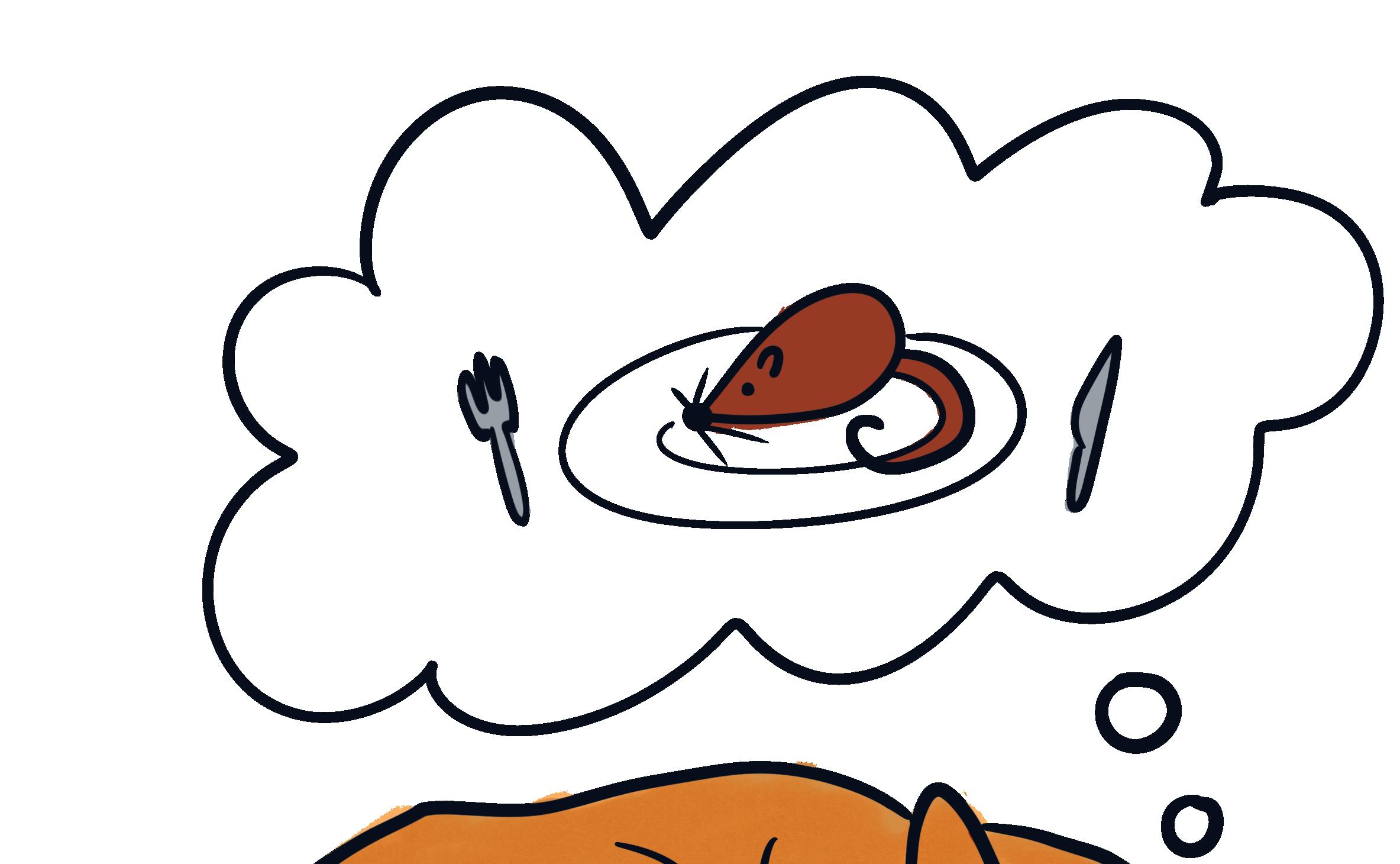


they’re asleep. And behaviour that suggests dreaming has been observed in animals, including cats, rats and birds. Yet despite decades of research, scientists still can’t say for sure exactly why and how we dream. One theory is that dreams help the brain to organise all the sensory information it has received during the day, before storing some of it as memories.
One of the Seven Wonders of the Ancient World, the Hanging Gardens were said to be beautiful tiered gardens in in the city of Babylon. Some sources claim they were destroyed by an earthquake in the 1st century CE. However, no evidence of the Hanging Gardens has ever been found.

14 How did life on Earth begin?
The earliest known signs of life on Earth are the remains of microbes found in rocks thought to be around 3.5 billion years old. There are lots of theories, but exactly how life first emerged remains one of science’s great unanswered questions.
15
What is dark energy?
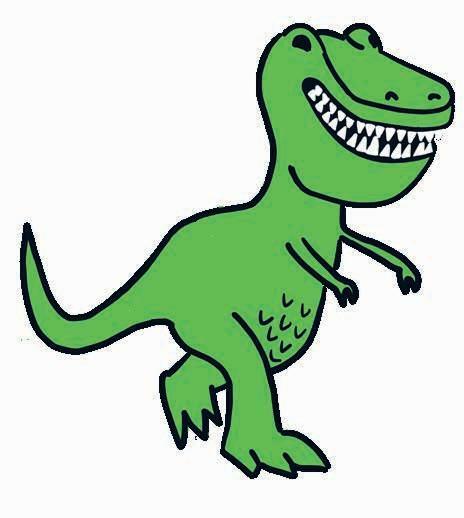
According to the laws of gravity, the rate at which the universe is expanding should be slowing down. However, it’s actually speeding up! Why? Scientists have no idea, although they have named the force causing this mysterious acceleration dark energy.
16 How do animals migrate?
Many animals migrate thousands of miles each year to escape seasonal changes in temperature, find food or breed. But how do they find their way to the same places year after year?
Different animals have different ways of navigating, such as sensing the position of the Sun and stars, and even using Earth’s magnetic field. However, scientists still know relatively little about how these migratory behaviours evolved and are passed down to new generations of animals.
17
The Maya were one of the great civilisations in Mesoamerica, a region stretching between what is now Mexico and Central America. From about 800 to 950 CE, Mayan cities went
Why do humans (and animals) dream?
Why did some Maya cities collapse?
‘We’re not afraid to admit what we don’t know – there’s no shame in that. The only shame is to pretend that we have all the answers.’ NEIL DEGRASSE TYSON, ASTROPHYSICIST
13
Did the Hanging Gardens of Babylon exist?
z CONTINUED ON NEXT PAGE 21
Most scientists agree that the universe will end at some point billions of years in the future. But no one knows precisely when or how this will happen. One theory says that the current expansion of the universe will slow down and reverse, pulling all its matter together again. Another theory says that the universe will continue to expand until it loses all its energy. A third theory says the universe’s expansion will accelerate until stars, planets and even atoms are torn apart. Which theory is correct? We don’t know, so you’ll have to wait and see…
into decline and some were abandoned. Historians have put forward various theories for this – including drought, land erosion and warfare –but the mystery of what caused this dramatic collapse remains unsolved.
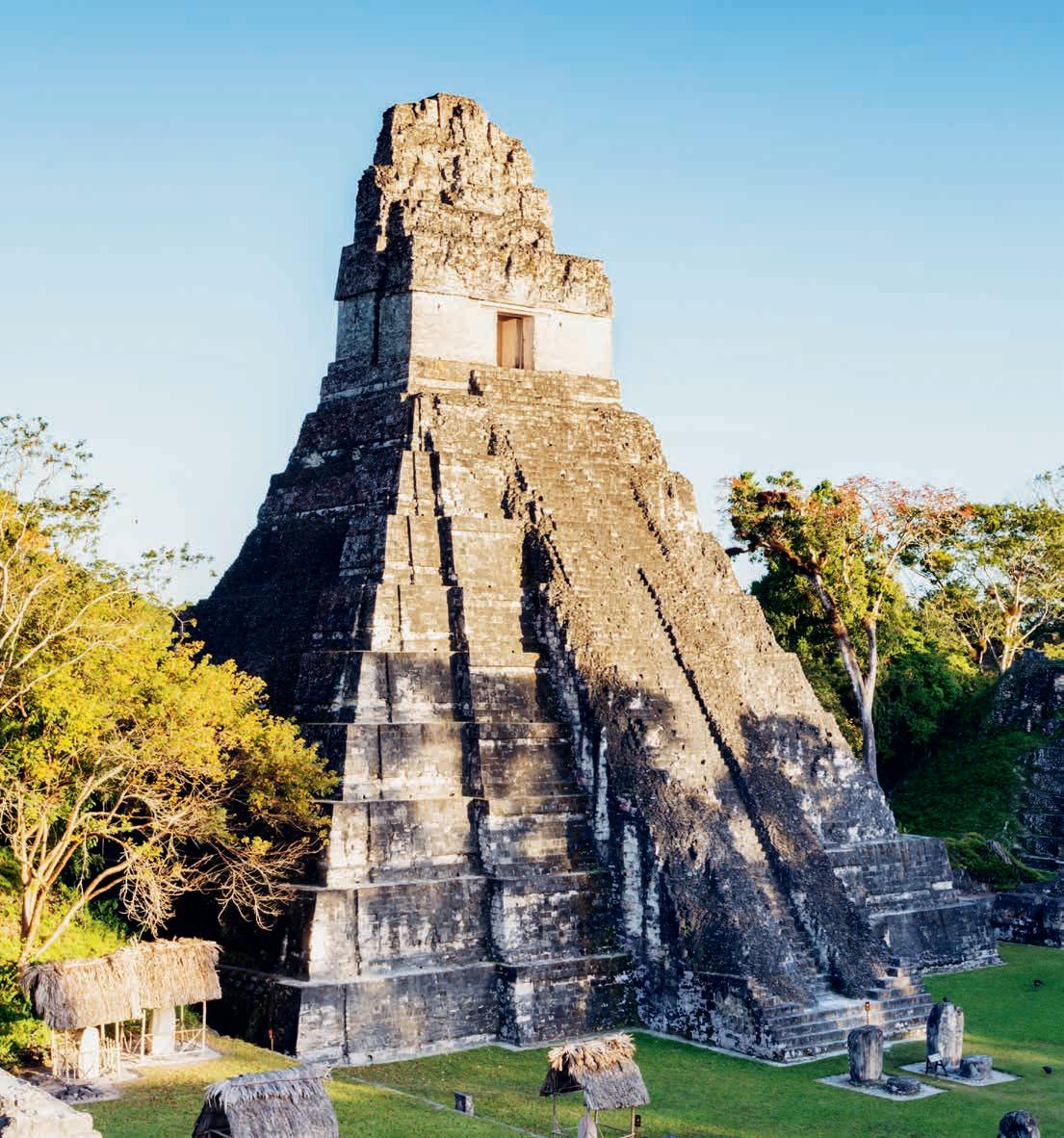
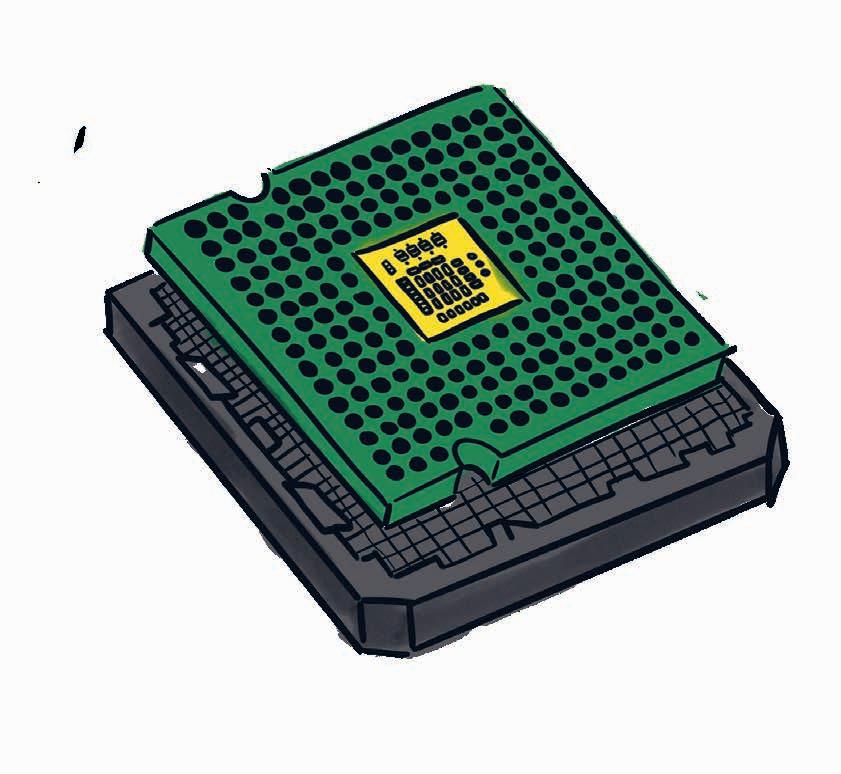

In some ways, computers are already cleverer than humans. They can make calculations faster, memorise more information and even beat us at strategy games such as Go and chess. Yet despite all the recent advances in computer technology, no one has built a computer as complex as the human brain – at least not yet.
Although nobody knows for certain, scientists think that chemicals in the scorpion’s skin convert faint ultraviolet light from the stars into a blue-green light which makes them glow. How this benefits the scorpion is also unclear. The scorpion’s glow may help it confuse potential predators.
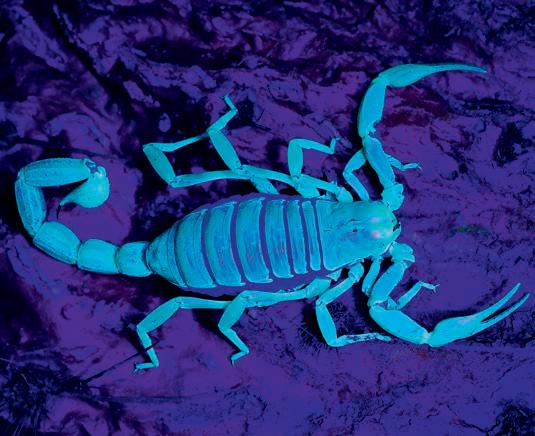
20
These famous epic poems are usually credited to the ancient Greek poet Homer. However, most historians agree that the same person couldn’t have written both poems. And some experts think that Homer never existed at all!
21
Scorpions sometimes give off a blue-green glow at night.
There are 11 impressive churches in the Ethiopian city of Lalibela that were carved from rock more than 800 years ago. No one knows who built them and some locals believe they were made by angels.
18Why do scorpions glow in moonlight?
22How will the universe end?
‘For every complex problem in life there’s always a simple answer – and it’s always wrong.’ SUSAN GREENFIELD, SCIENTIST
19 Will computers become smarter than humans?
Who wrote the Iliad and the Odyssey?
Who built the rock churches of Lalibela?
A temple in the abandoned Mayan city of Tikal in Guatemala.
0 COVER FEATURE 22
CONTINUED FROM PREVIOUS PAGE
Drawyour own winter sceneinside thesnow globe, then colouritin!
Preparation time
2O minutes
Cooking time
12-15 minutes
Makes 8 gingerbread houses
Ingredients
B 3OO g plain flour, plus extra for dusting
B 5O g cornflour
B 1 teaspoon of bicarbonate of soda
B 2 teaspoons of ground ginger
B 1OO g butter, diced and chilled
B 175 g dark brown soft sugar
B 1 egg
B 4 tablespoons of golden syrup
B Two baking sheets
To decorate
B Coloured icing in tubes
It’s hard to think of a winter treat more cheering than a cup of hot chocolate and some freshly baked gingerbread. So why not follow this simple recipe and treat your family and friends? We’ve even drawn a template so that your gingerbread houses are the perfect size to sit along the rim of your cup. And because you’ll need a grown-up to help you with the baking, it’s also a great way to get all the family together in the kitchen. Happy house-building!
Makeyourown gingerbreadhouse!
TOP TIP!
You could spread the activity over the weekend. Bake on Saturday, then build and decorate your houses on Sunday – and enjoy!

INGREDIENTS AND INSTRUCTIONS
B A tub of ready-made white icing (this is the ‘glue’ to stick the pieces together). Or follow the recipe below to make your own.
Instructions
1 Ask a grown-up to help you, first by preheating the oven to 19OºC/17OºC fan/gas mark 5, and lining your baking sheets with baking parchment.
2 Sift the flour and cornflour into a large bowl with the bicarbonate of soda and ground ginger.
3 Rub in the butter until the mixture looks like fine crumbs. Now stir in the brown sugar.
A gingerbread village!
4 In a separate bowl, beat the egg and the golden syrup.
5 Combine the contents of the two bowls and keep mixing until it starts looking like a dough.
6 Turn the dough out onto a lightly floured surface and knead until the dough forms a smooth ball. If the dough is still sticky, add a bit of extra flour
until it feels smoother and easier to handle.
7 Place the dough between two sheets of baking parchment and roll it out until it is a thickness of 1.5 cm. Cut the shapes using the gingerbread house template on the opposite page.
8 Transfer the shapes to the prepared baking sheets. Leave plenty of space between each shape. Bake for 12 to 15 minutes, or until the gingerbread looks golden brown.
9 Leave to cool. At this stage you can gently reshape the gingerbread shapes with a palette knife.
Then, move them to a wire rack. Don’t move the pieces too soon, as they will lose their shape.
Here is a simple recipe to make your own icing:
WHITE ICING
Ingredients
B 7O g icing sugar
B 2 teaspoons of lemon juice
B 2 teaspoons of honey or glucose syrup
Instructions
1 Start by sifting the icing sugar into a bowl.
2 Add the lemon juice and honey or glucose syrup.
3 Mix well. Your icing is ready!
RECIPE
24
TOP TIP!
Use some of the gingerbread dough to create other shapes, such as stars and gingerbread people, then decorate them with icing.
4cm 2.8cm 2cm 3cm
3cm
roof x2
1cm
chimney x1 2cm 1cm
front/back x2 side x2
1cm 2cm 3cm
USE THIS TEMPLATE!
It’s a good idea to make sure that all the pieces of your gingerbread houses will be the correct size
2 7
and shape. Using this template can help. First, carefully trace the four shapes above onto a sheet of baking
3cm 4cm 1
3 4 5 6
parchment. Now transfer the four shapes onto pieces of card or stencil sheets and cut them out.
1 Spread some white icing along two edges of one of the side panels, adding it to the side of the panel that was facing down onto the baking sheet.
(While assembling the whole house, make sure that the sides facing inwards are the sides
HOW TO BUILD YOUR HOUSES
that were facing down onto the baking sheet.)
2 Carefully press one side panel against the edge of the front of the house, so the two walls form a right angle.
3 Repeat steps 1 and 2 with the second side
panel and add the back of the house so the structure forms a square. Allow to harden slightly while you repeat the process with the next house.
4 Spread white icing along the upper edges of the four walls.
Carefully press one roof panel in place.
5 Add icing to the underside edge of the second roof panel, making sure it overlaps with the first panel as you place it. Allow to harden slightly while
you repeat the process with the next houses.
6 Place a small blob of icing on the roof where the chimney will sit, followed by the chimney piece itself.
7 Your houses are ready to be decorated!
25
Treasure Hunt!
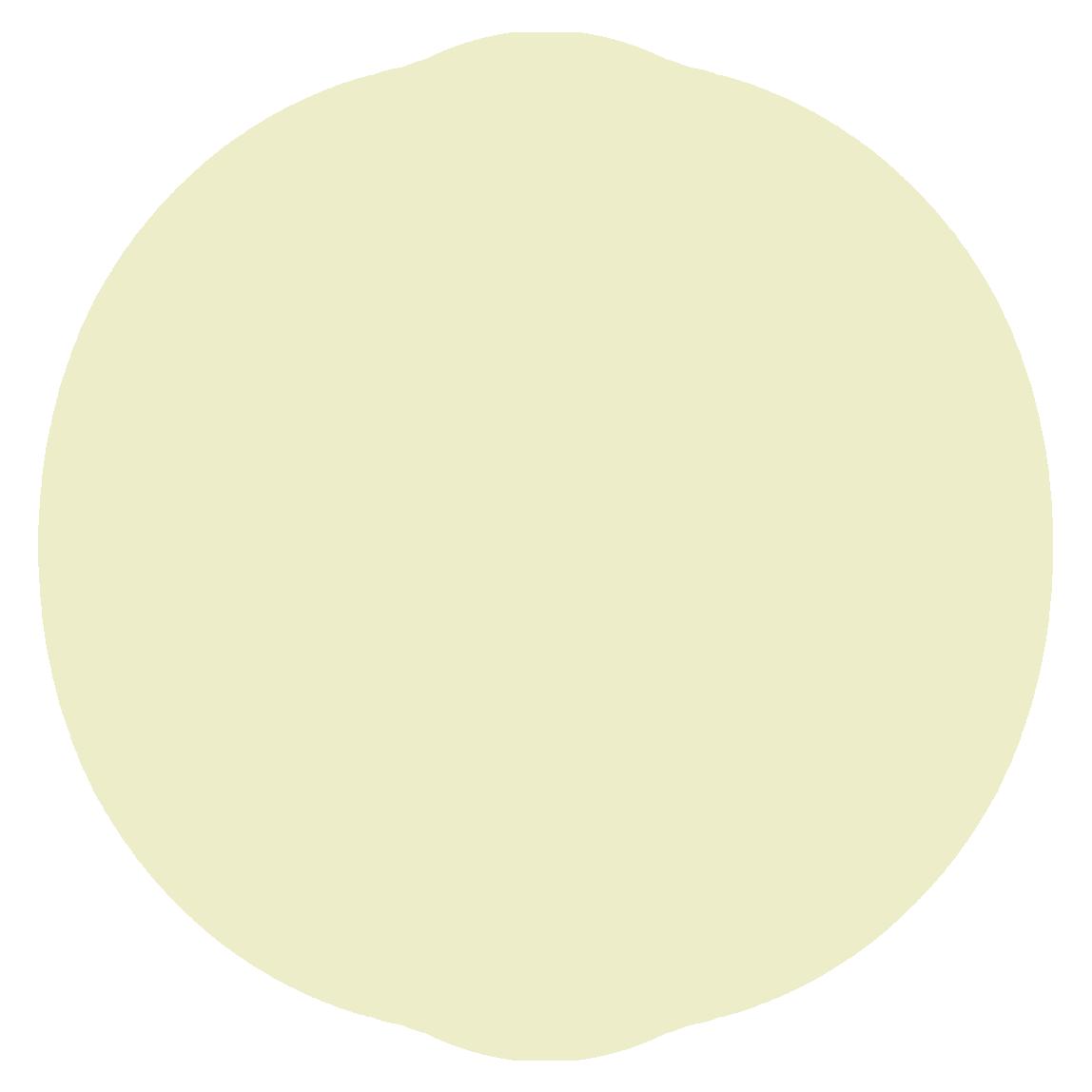











































1 2 3 9 6 4 5 8 7 26
Can you spot these 2O things hidden somewhere in the picture below? Plus, find seven letters that spell






























































































































































































a word connected to Christmas. Don’t worry if you get stuck – all the answers are revealed on page 49.
11 12 13 14 15 16 17 18 19 2O 1O
Y OUFIND OUR JOKES E D I
27
Illustration by Rod Hunt
NAC
?YAMROT
The
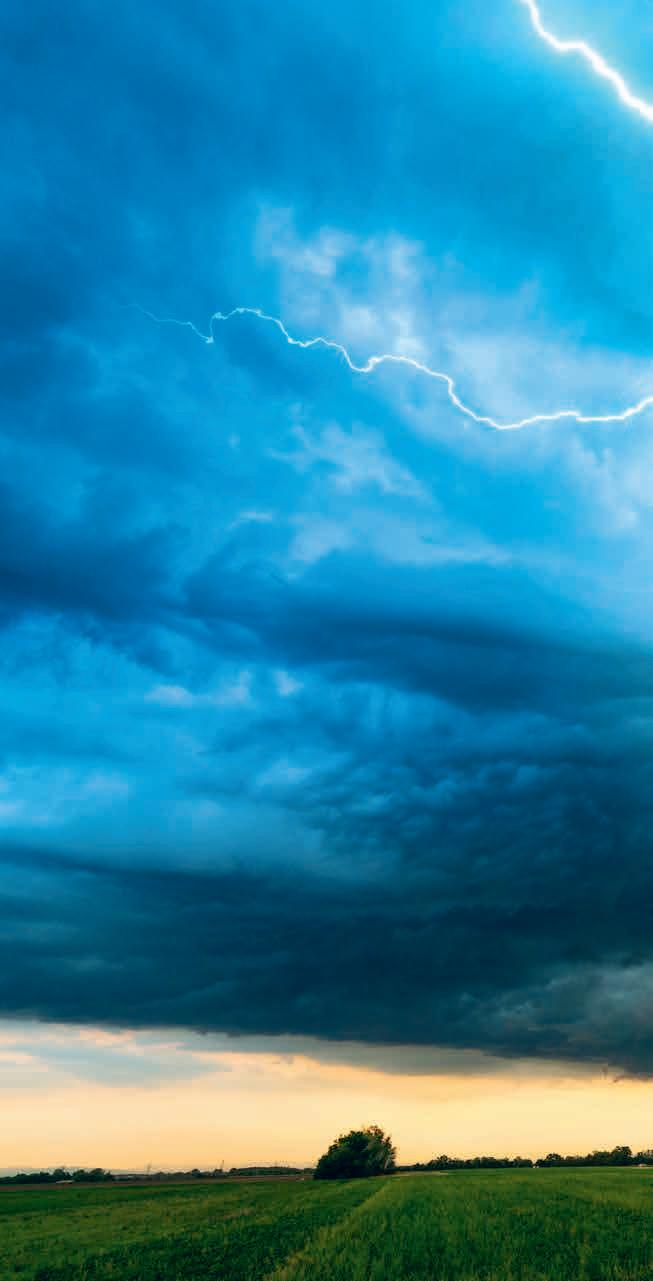

Test your family’s brainpower over the winter holidays by playing this special four-page edition of the Big Britannica Quiz! Regular readers of Britannica Magazine may have an advantage because some of the facts appeared in previous issues of the magazine. Don’t worry if you don’t know them all, though – the answers are listed at the end of the quiz. Good luck!
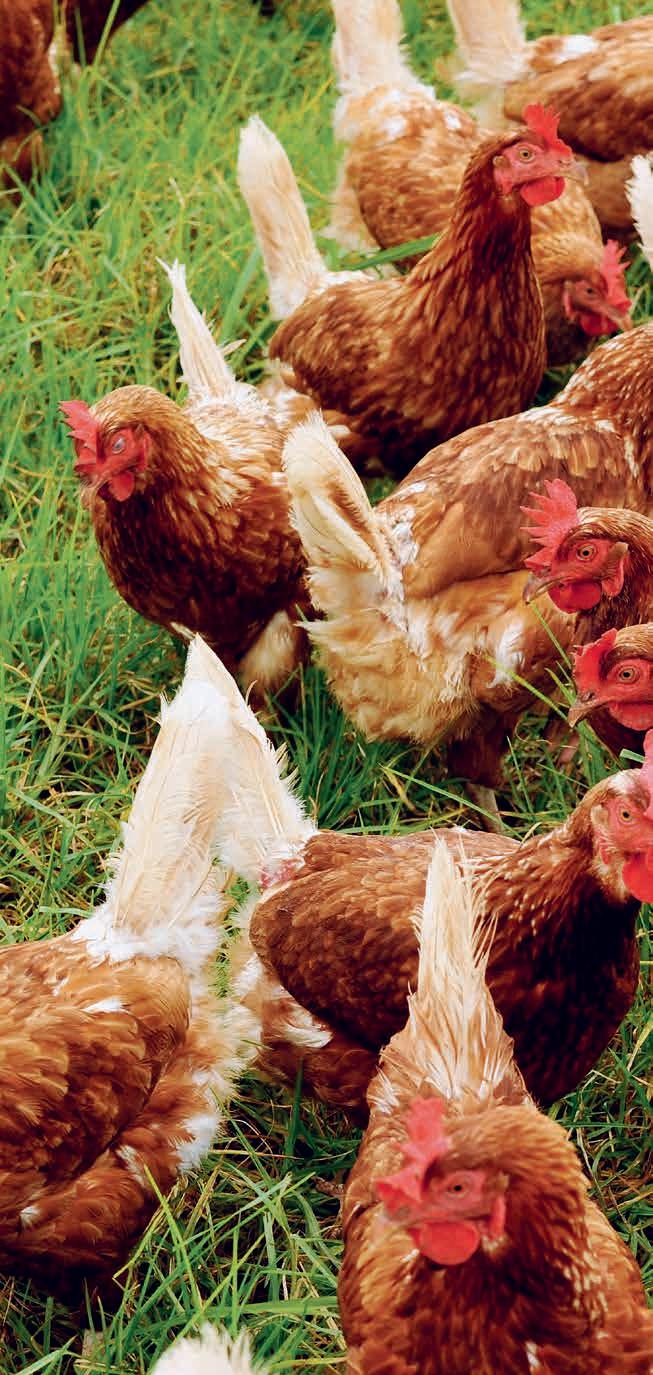
4 Which of these
a.
b. Trees c.
d.
5 What is the deepest point on
a. Puerto Rico Trench b. Philippine
c. Tonga
d. Mariana
6 In which direction do comets’ tails always point? a. North b. South c. Away from the Sun d. Towards the Sun SPACE & NATURE 1 Which is the only planet in our solar system that rotates clockwise? a. Mercury b. Venus c. Saturn d. Uranus 2 The average fluffy cumulous cloud weighs the same as how many elephants? a. 0.3 elephants b. 3 elephants c. 30 elephants d. 60 elephants 3 Which of these things reaches the hottest temperatures? a. A bolt
pictured b. The surface
the Sun c. The
core d. A bonfire
natural objects are there the largest number of?
Neurons in your our brain
Chickens, pictured
Stars in the Milky Way
Earth?
Trench
Trench
Trench
of lightning,
of
Earth’s
BIG
Britannica
QUIZ 7 3 4 28
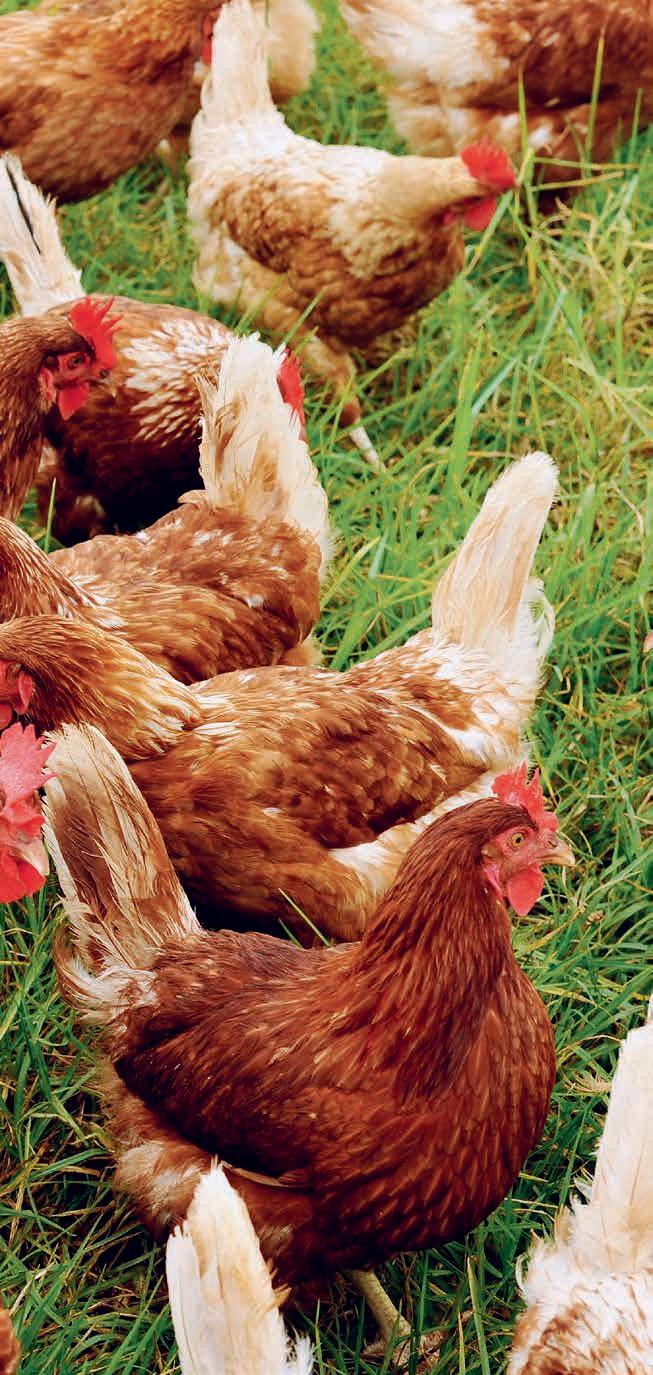

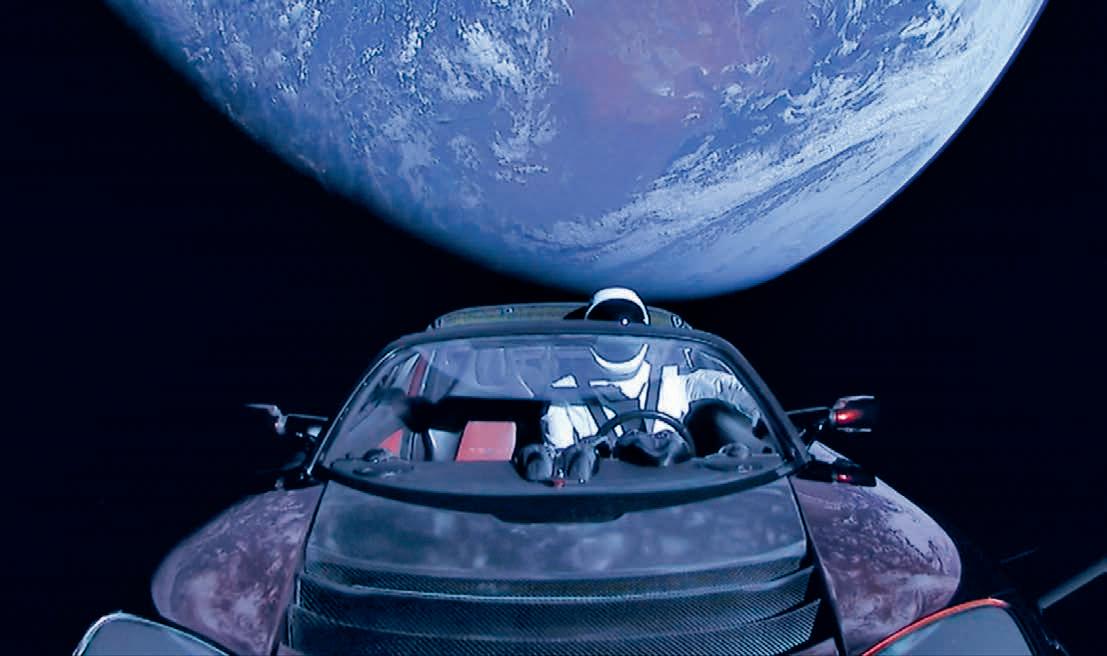
7 What is the largest individual living organism on Earth? a. A seagrass b. A blue whale c. A fungus d. A giant sequoia tree, pictured 8 Astronomers call a planet that orbits a star outside our own solar system an exoplanet. In what year was the first exoplanet discovered? a. 1873 b. 1911 c. 1952 d. 1992 9What is the name of the world’s biggest lake? a. Lake Victoria b. Lake Superior c. Caspian Sea d. Lake Tanganyika HUMAN WORLD 11 Which of these machines and objects was invented most recently? a. Train b. Bicycle c. Microscope d. Lightbulb 12 Of all the humans born throughout the whole of history, approximately what percentage are alive today? a. 0.5% b. 2% c. 4% d. 7% 13 The smallest bone in the human body is found in the… a. Ear b. Foot c. Nose d. Hand 14 What is scolionophobia a fear of? a. Scorpions b. Snakes c. School d. Sandwiches 15 If you laid out all the blood vessels (including the arteries, veins and capillaries) in your body end to end, approximately how far would they stretch? a. 5,000 km b. 15,000 km c. 150,000 km d. 500,000 km 16 Which country consumes the most chocolate per person? a. United States b. Switzerland c. France d. UK 17 What is the oldest known written language? a. Sumerian b. Latin c. Egyptian d. Chinese 18How much does it cost to build and install 1O If it was possible to drive through space in a car travelling at 100 kilometres per hour, how long would it take to travel from Earth to the edge of the Solar System?
years b.
years c.
years d. 17,000 years Continued on next page Family Quiz 1O 29
a. 146
1,700
9,600

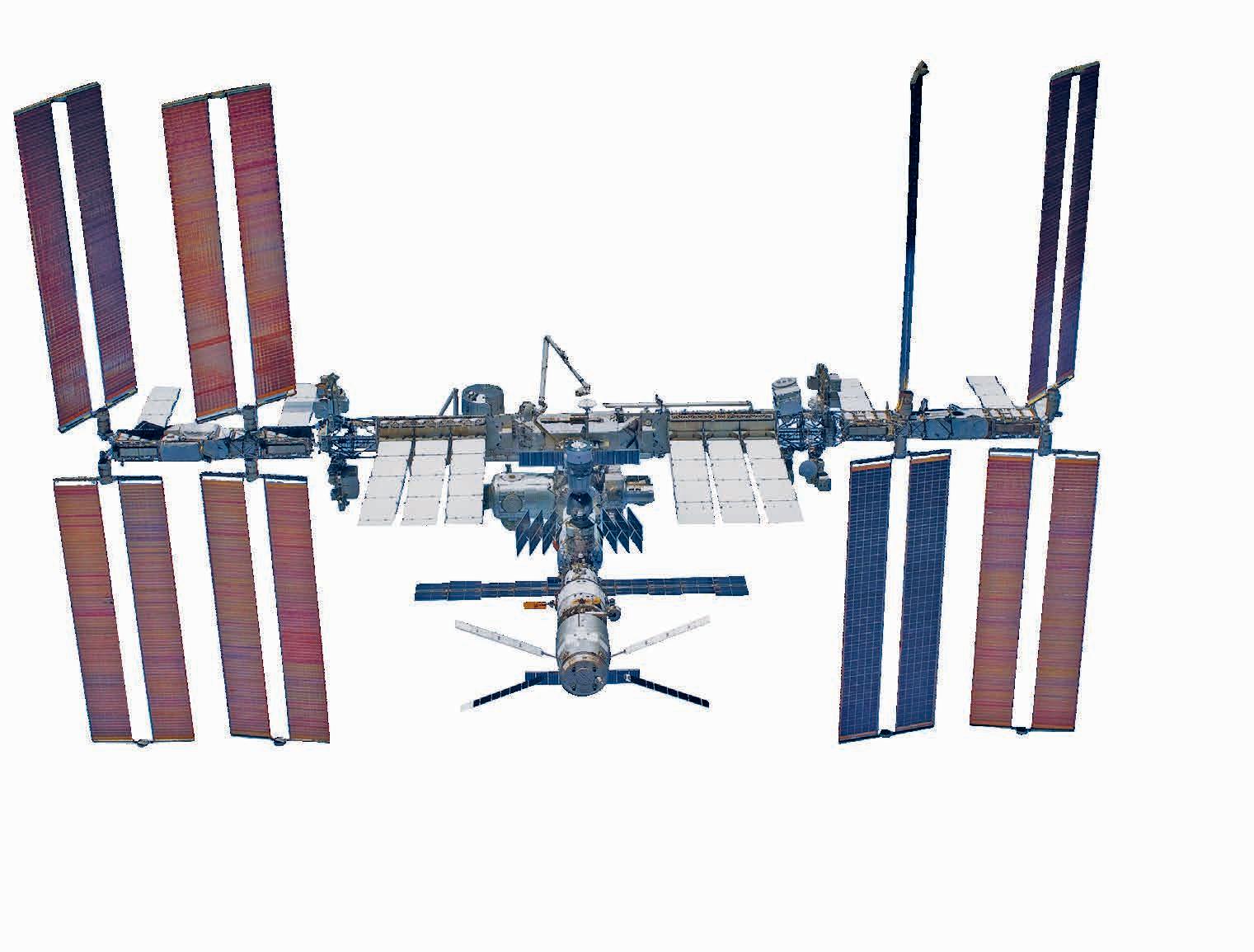


a toilet on the International Space Station? a. £225,000 b. £2.3 million c. £18 million d. £25 million 19On average, how much of a movie do you miss because you are blinking? a. 55 seconds b. 3 minutes c. 9 minutes d. 15 minutes 2O Which country is the environmental campaigner Greta Thunberg, pictured, from? a. Denmark b. Norway c. Sweden d. Iceland ANIMALS 21 What is the collective name for a group of owls? a. A swoop b. A muster c. A watch d. A parliament 22 Which of these animal species has been living on Earth for the longest period of time? a. Cockroaches b. Jellyfish c. Sharks d. Turtles 23 Approximately how many flowers does a bee have to visit to make one drop of honey? a. 6 b. 60 c. 660 d. 6,000 24 On average, which of these animals kills the most humans each year? a. Snakes b. Snails c. Sharks, pictured d. Dogs 25 How long can the tiny micro animals tardigrades go without eating? a. A week b. A year c. 10 years d. 30 years 26 What shape is the pupil of a goat’s eye? a. Round b. Oval c. Rectangular d. Square 27 How fast could an ostrich run a marathon (26 miles)? a. 55 minutes b. 1 hour and 5 minutes QUIZ Continued from previous page 2O 18 21 19
1. b, 2. d, 3. a, 4. b –scientists estimate that there are more than 3 trillion trees on Earth. 5. d, 6. c, 7. a –it is located in Shark Bay in Western Australia and covers an area equivalent to 28,000 football pitches. 8. d, 9. c –despite the name, the Caspian Sea is a saltwater lake that is roughly the same size as Japan. 10. d, 11. b, 12. d, 13. a, 14. c, 15. c, 16. b, 17. a, 18. c, 19. d, 20. c, 21. d, 22. b –jellyfish first evolved more than 500 million years ago. 23. c, 24. b –freshwater snails carry a disease, schistosomiasis, that kills tens of thousands of people each year.
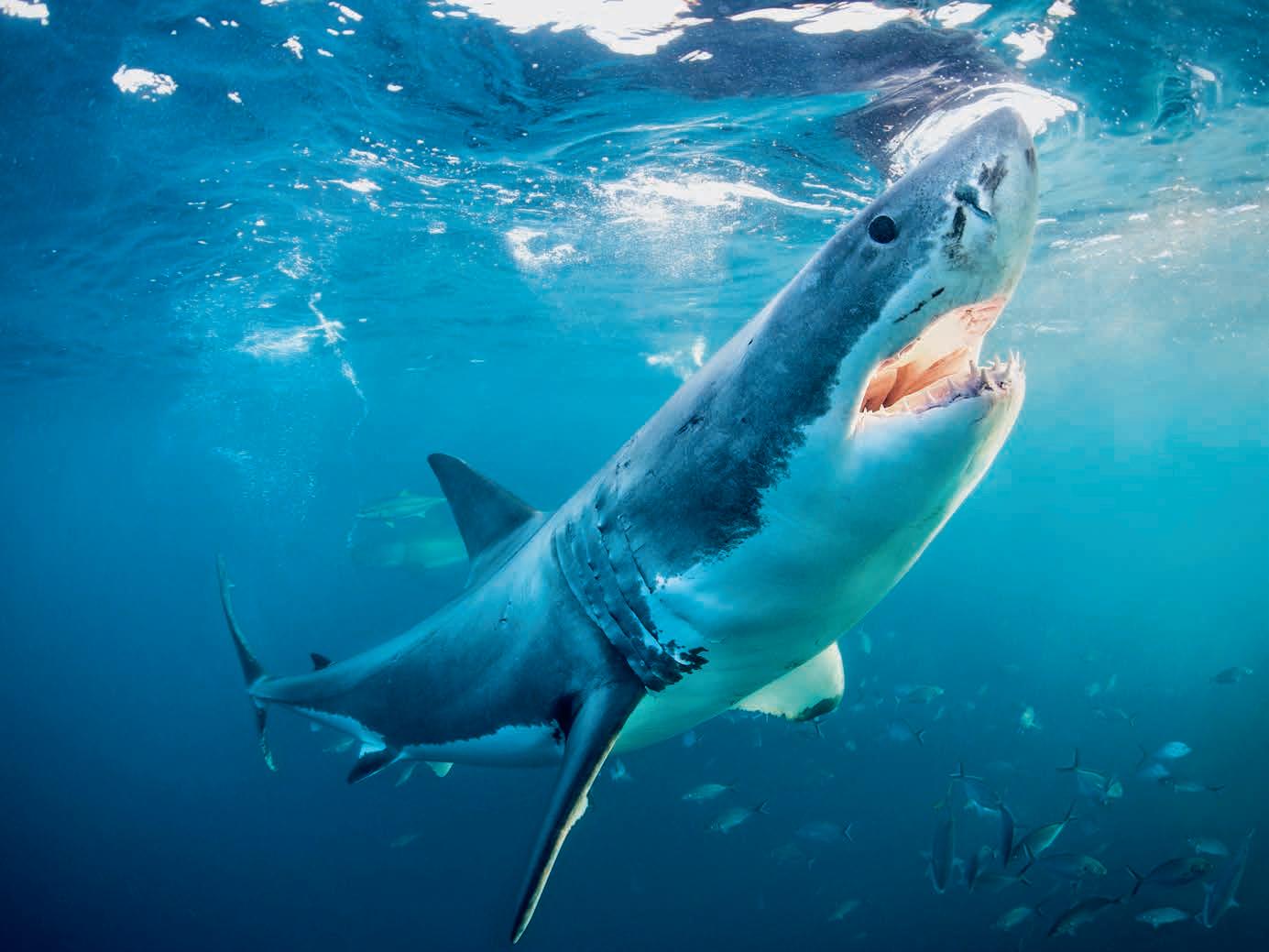
d, 26. c, 27. a, 28. c, 29. b. 30. A –United Kingdom, B –New Zealand, C –Italy, D –Turkey, E –India, F –Brazil, G –China, H –Australia, I –Norway, J –Egypt.
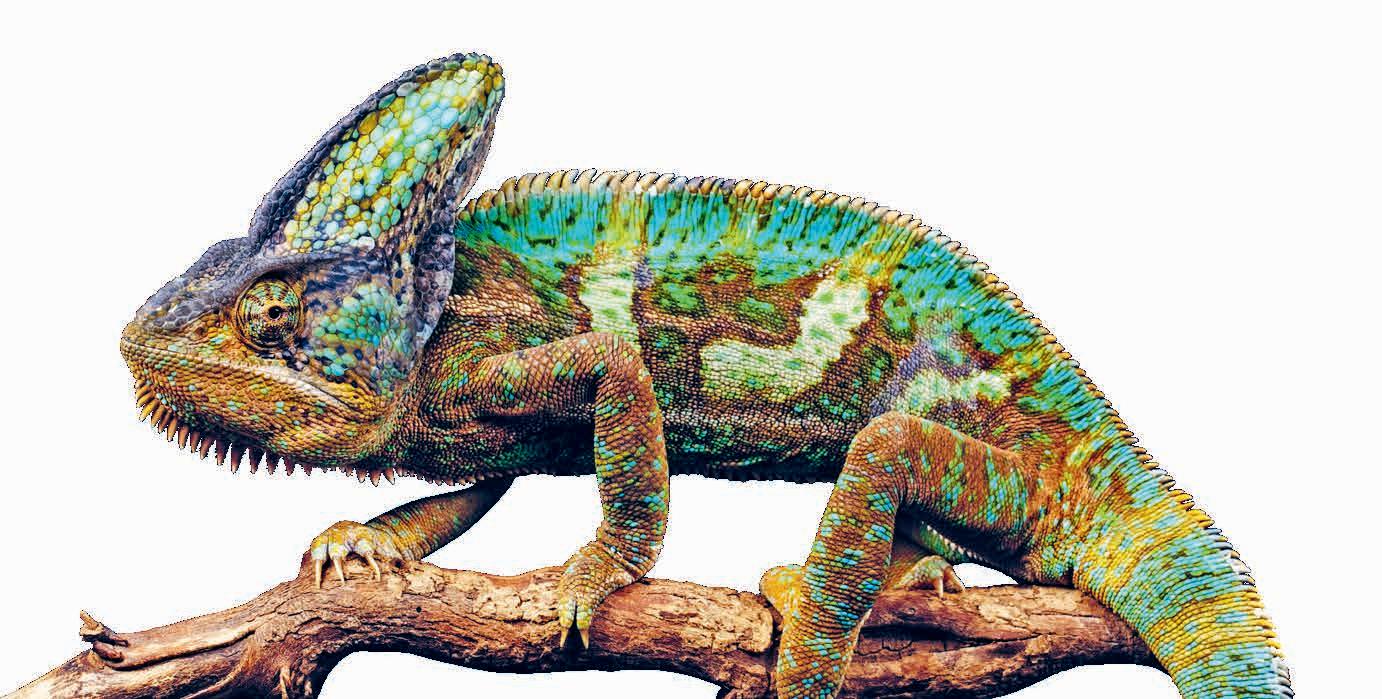

GEOGRAPHY 3O Can you recognise these 10 countries by their silhouettes? A B C J I F D E G H Answers:
c. 1 hour and 25 minutes d. 1 hour and 45 minutes 28 How many ants are there on Earth? a. 20 billion b. 20 trillion c. 20 quadrillion d. 20 quintillion 29 Which animal has the longest tongue relative to the size of its body? a. Anteater b. Chameleon, pictured c. Pangolin d. Sun bear 29 24 31
25.
Jum b o Puzzles and Stumped? Don’t worry, you can find the answers to all the puzzles on page 49. Can you spot the 26 words related to winter and Christmas in our jumbo word search puzzle? Good luck! Winter Word Search ANTLERS BONFIRE CHRISTMAS TREE DECORATION EARMUFFS FIREPLACE GINGERBREAD HOT CHOCOLATE ICICLE JINGLE BELL KNITTED JUMPER LOG CABIN MITTENS NOEL* ORNAMENT PRESENT QUILT REINDEER SNOW TINSEL UNWRAP VEST WOOLLY HAT XMAS YULE LOG ZZZZ** S G T S E V E F I R E P L A C E E O X N E N O O X K F R O I M L E O N U V Y R O R P V K U N W R A P B K Q M M R Q D F I I B V U A F D P I T L I U Q Z P V E C T F V D K N I T T E D J U M P E R L F E A N G B Q H J F P I H O G N M J C R A A R O H O T C H O C O L A T E I I S R U Q O B Z W N O D Q F A C N V I C B M N E V C W P D Z Z A X E W R T E I F U A Z O R E S Z L Y X E Z M X R L G F F K A C S W D Z Y W L I R W D A E E B F B W W B G X D G C U Q P B S V F S R S L E S N I T O T L B J Y R R O N S Z S O L X Y X L A K L Y S Z G E E
R H C H M J U T Z R S G D T N E M A N R O S M Y K D L V Z U E N K K Q A Z Y L V G E N L C S E H Z B N I C S J R E E D N I E R L S C L Y N S T G O M I T T E N S R F J O P Q O W Q S F L F Z W L L C T W P Z X O O C G F L L E B E L G N I J X Q I R O W N E *Noel is another word for Christmas. **Zzzz is the sound of grown-ups snoring as they fall asleep after a big Christmas meal! 32
R T S A M T S I
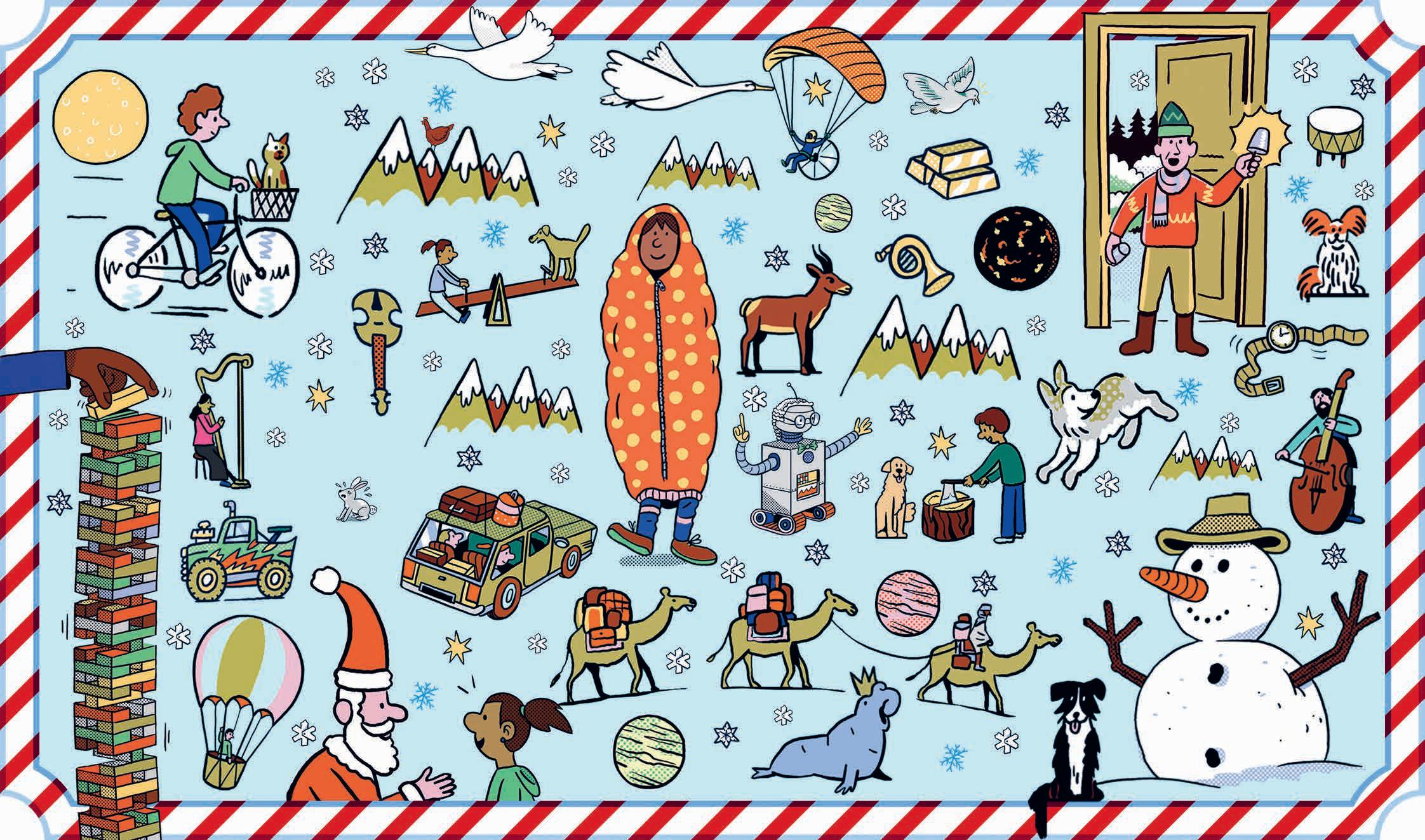
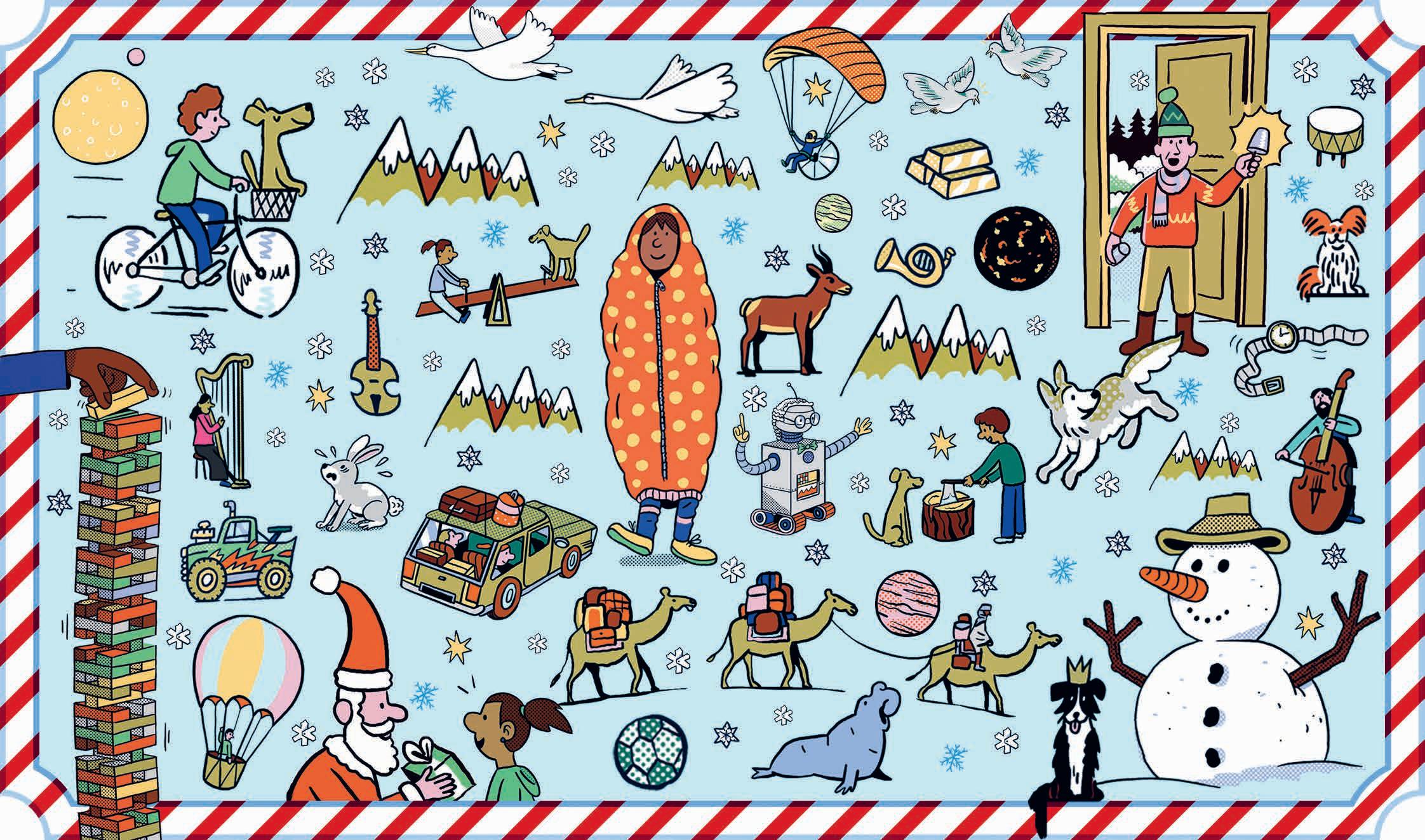
G
Can you spot all 2O differences between these two zany illustrations? Spot the Difference 33
ames
In the triangles below, the numbers inside the squares are the sum of the two numbers in the connected circles. For example:

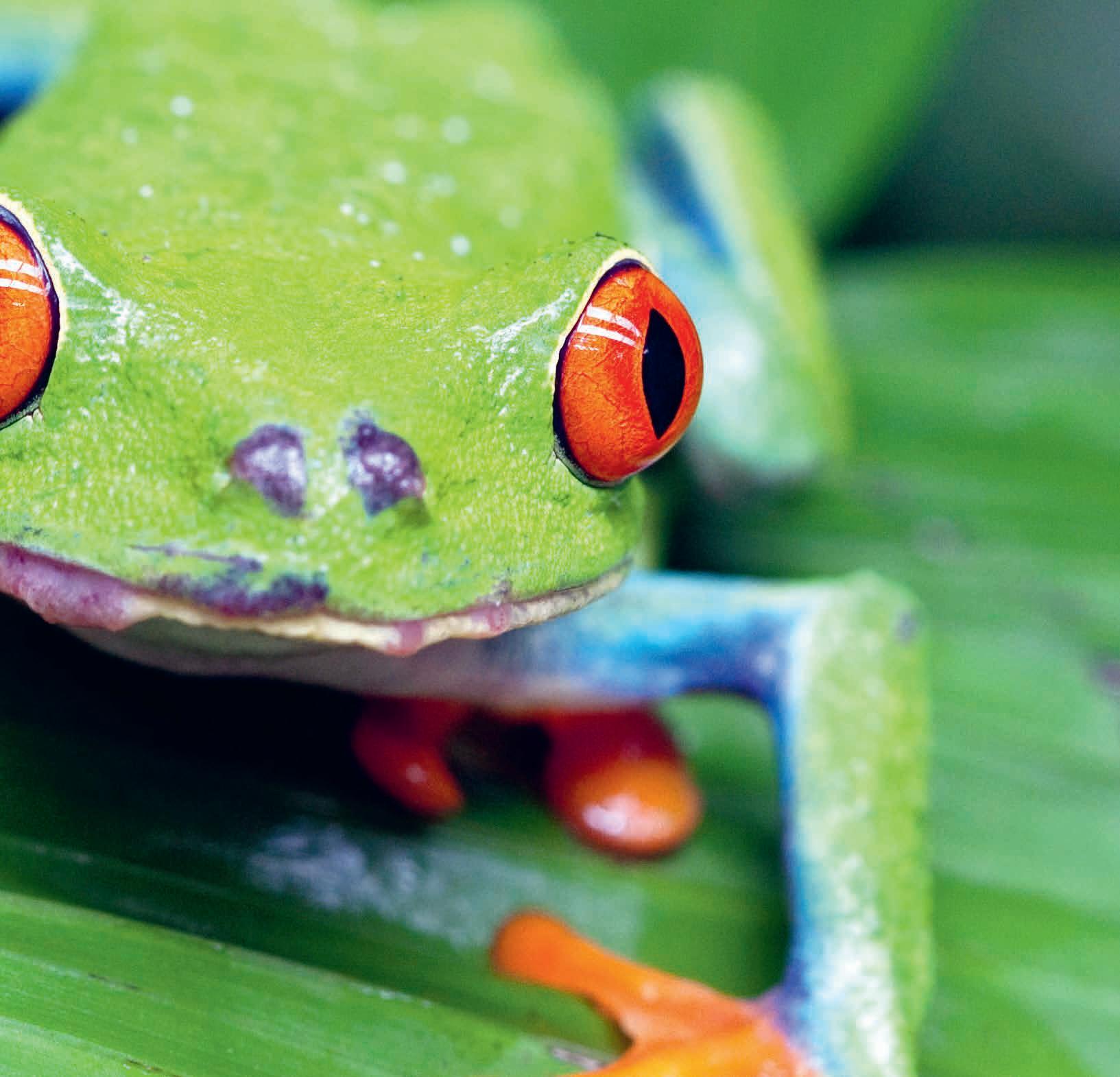
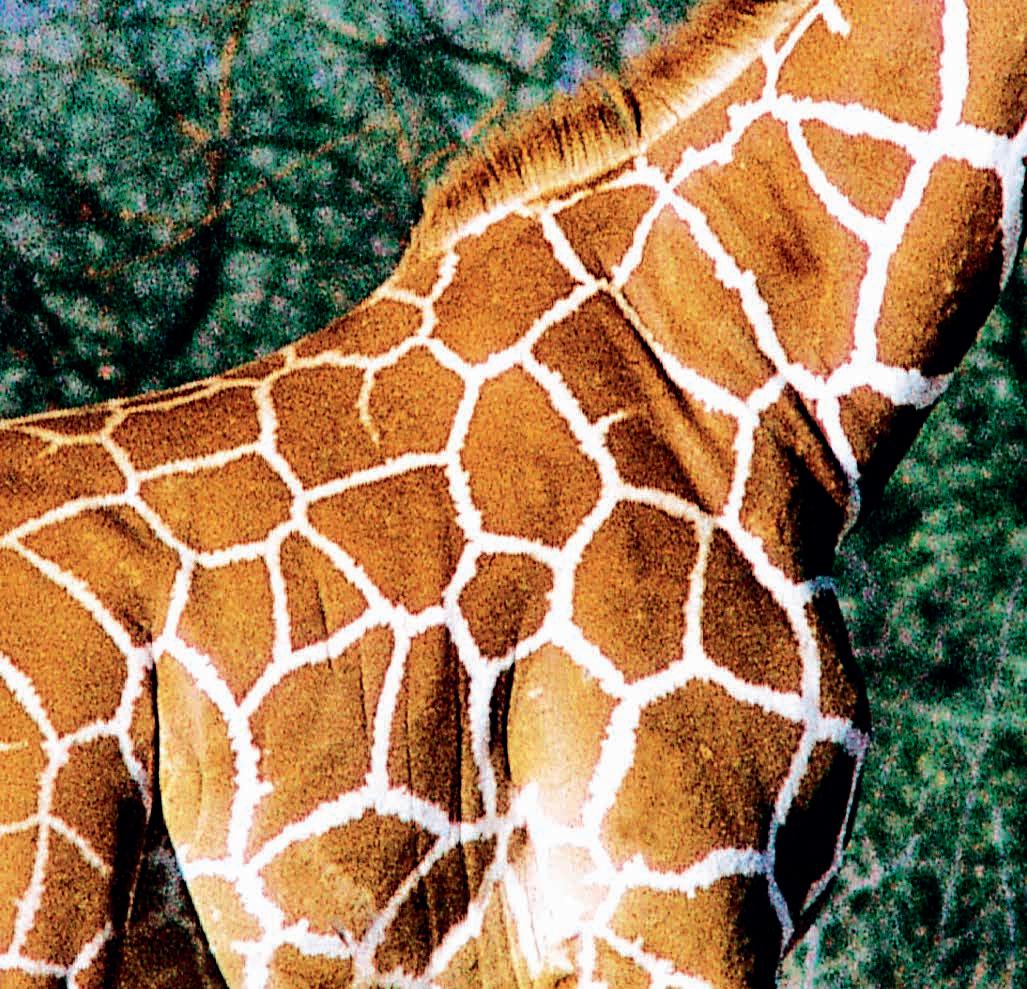
Can you work out which number should appear in each of the circles? All the numbers in the circles are between 1 and 9 and a number can only be used once in each triangle.
Fill all the empty squares so that every row, column and 3x2 box contains a picture of a gingerbread person, a reindeer, a snowman, a husky, an ice skate and a Christmas tree.
Draw a line to connect each pair of planets. You can’t use diagonal lines and the lines can’t cross or touch each other. You must fill the whole grid with lines but only one line is allowed in each square.

2 3 1
Snow-Doku!
Connect
the Planets
Number Triangles! A 7 6 9 B 1O 11 15 C 13 12 9 1 3 2
34
Picture Quiz
7
We
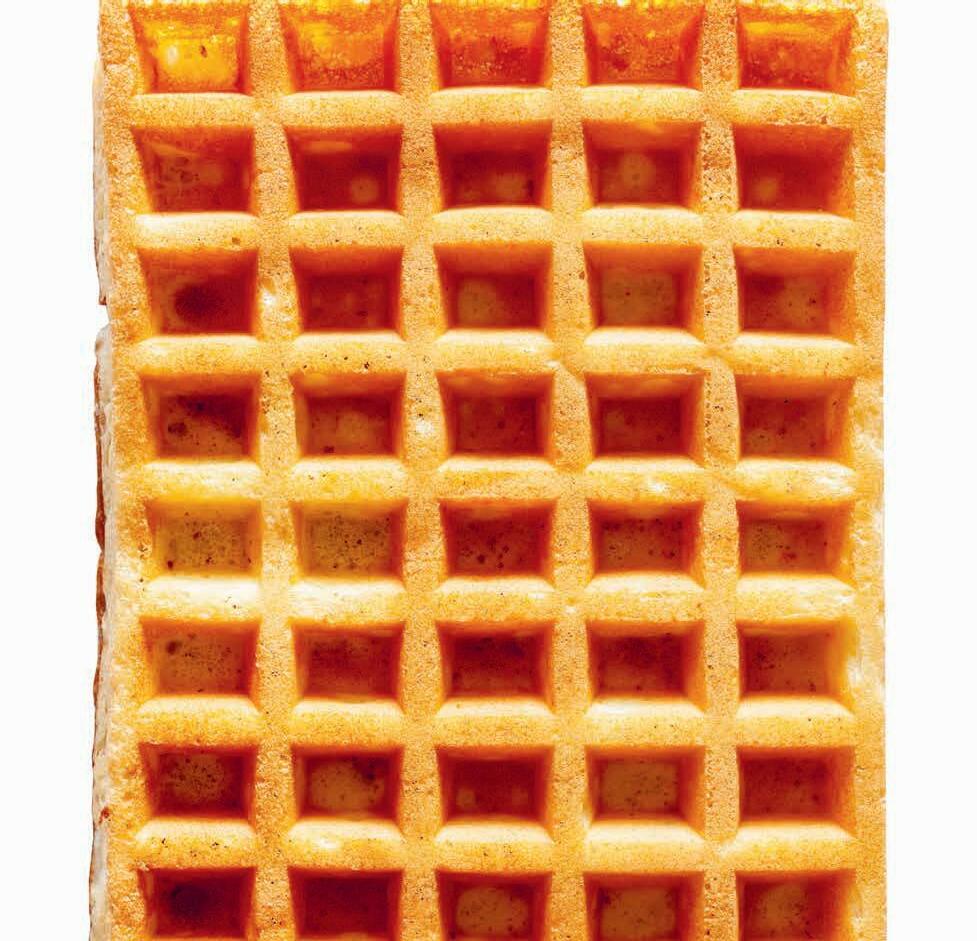
are both lying Snowmen!
of Snowmen, the Honest Snowmen and the Lying Snowmen. Honest Snowmen always tell the truth and Lying Snowmen always lie. The first snowmen you meet at the North Pole are called Mark and Andrew. Mark says: ‘We are both lying Snowmen!’ Which group of Snowmen does each snowman belong to?
Mark is a Snowman
Use the word wheel to help find the answers to the seven clues below. All the answers contain the middle letter, and each letter can only be used once.
U B E U L
Word Wheel A T F I
Clue: attractive or pretty. (9 letters)
Answer:
Clue: a bone that connects the knee and ankle. (6 letters)
Answer:


Clue: a wind instrument. (5 letters) Answer:
Clue: the sound a sheep makes. (5 letters) Answer:
Clue: a story or narrative. (4 letters) Answer: Clue: the opposite of early. (4 letters) Answer:
Clue: a bundle of hay that’s been wrapped or bound. (4 letters)
Answer:

35
Andrew is a Snowman 4
5 6
Can you work out what you are looking at in each of these photos?
ALL THE WATER ON EARTH!
About 71O/O of Earth’s surface is covered by water. Scientists estimate that Earth has around 1.386 billion cubic kilometres of water in total – enough to fill 52O trillion Olympic-sized swimming pools! Here are some of the places where all this water can be found…
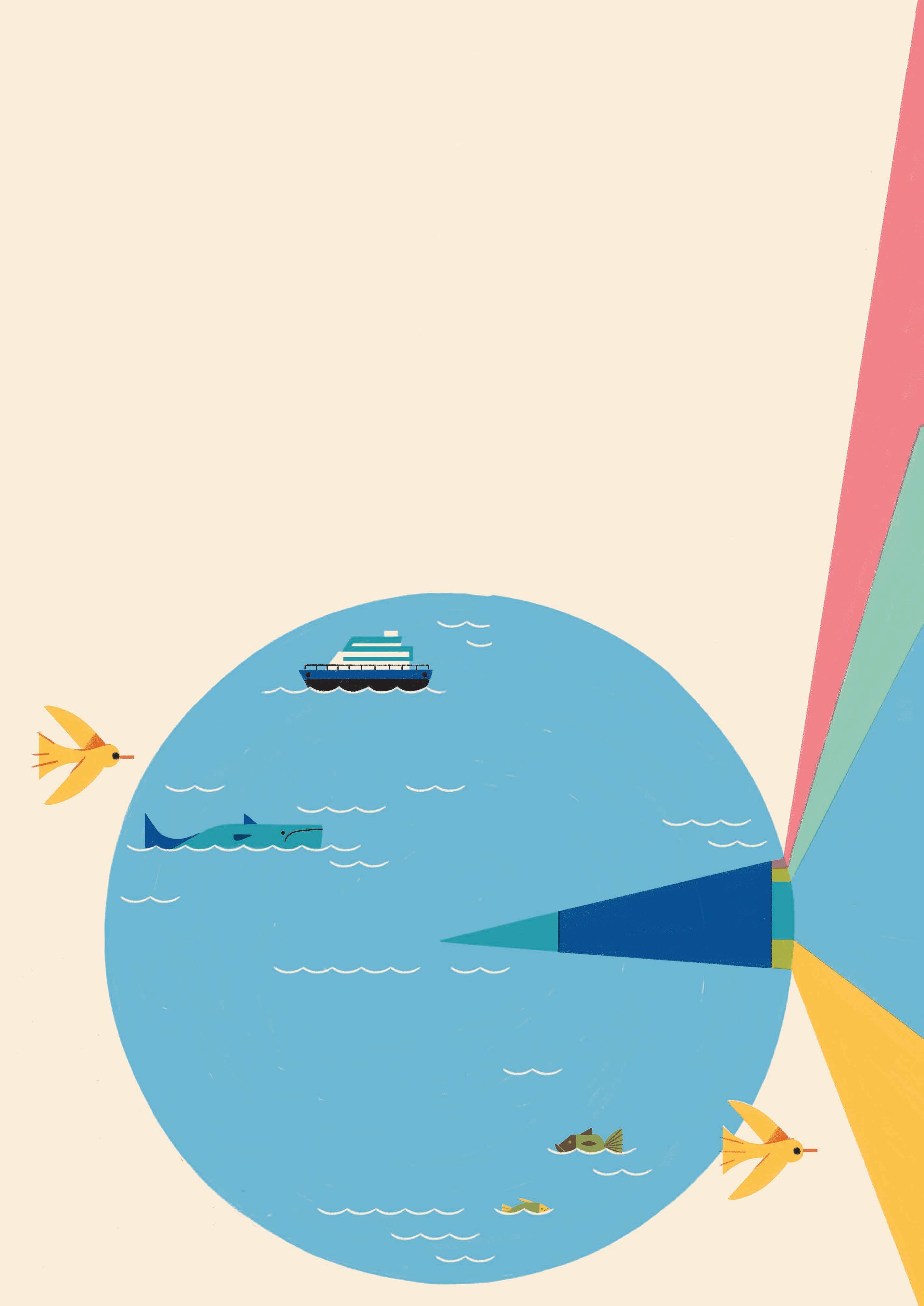
Salt water and fresh water
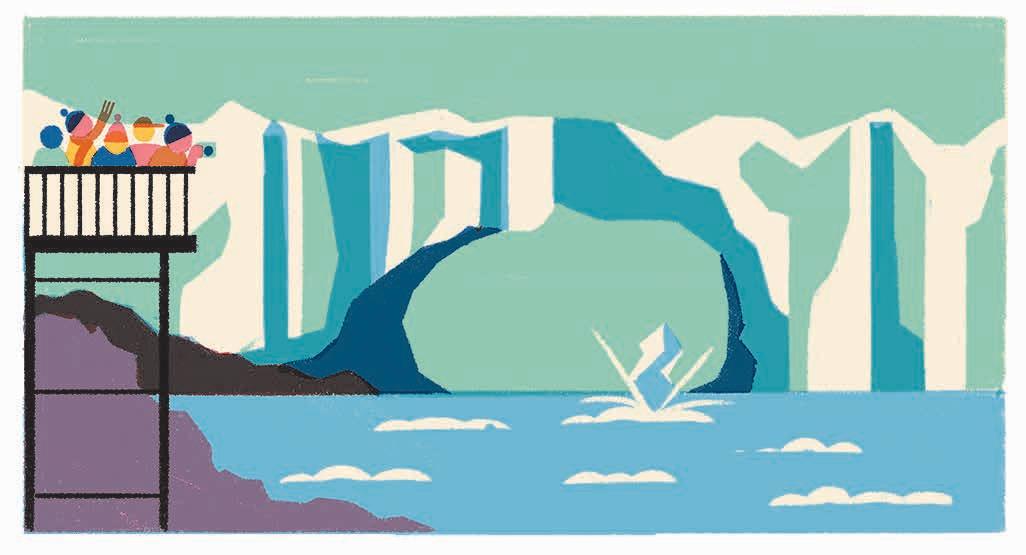
Most of the water on the surface of the Earth is found in the oceans and is called salt water. This is because it contains dissolved minerals which make it taste salty. Most lakes, streams, ponds and rivers contain fresh water, which is the type of water most plants and animals (including humans) that live on land need to survive. Altogether, the total amount of fresh water is about 2.5% of the total water on Earth.
Measuring volume and capacity
The amount of liquid a container can hold is called its capacity. Liquids are measured using units of volume. For example, to find the volume of a container that is 10 cm wide, 10 cm deep and 10 cm high, you need to multiply the three values together. So 10 cm x 10 cm x 10 cm = 1,000 cubic centimetres, which is the same as one litre.
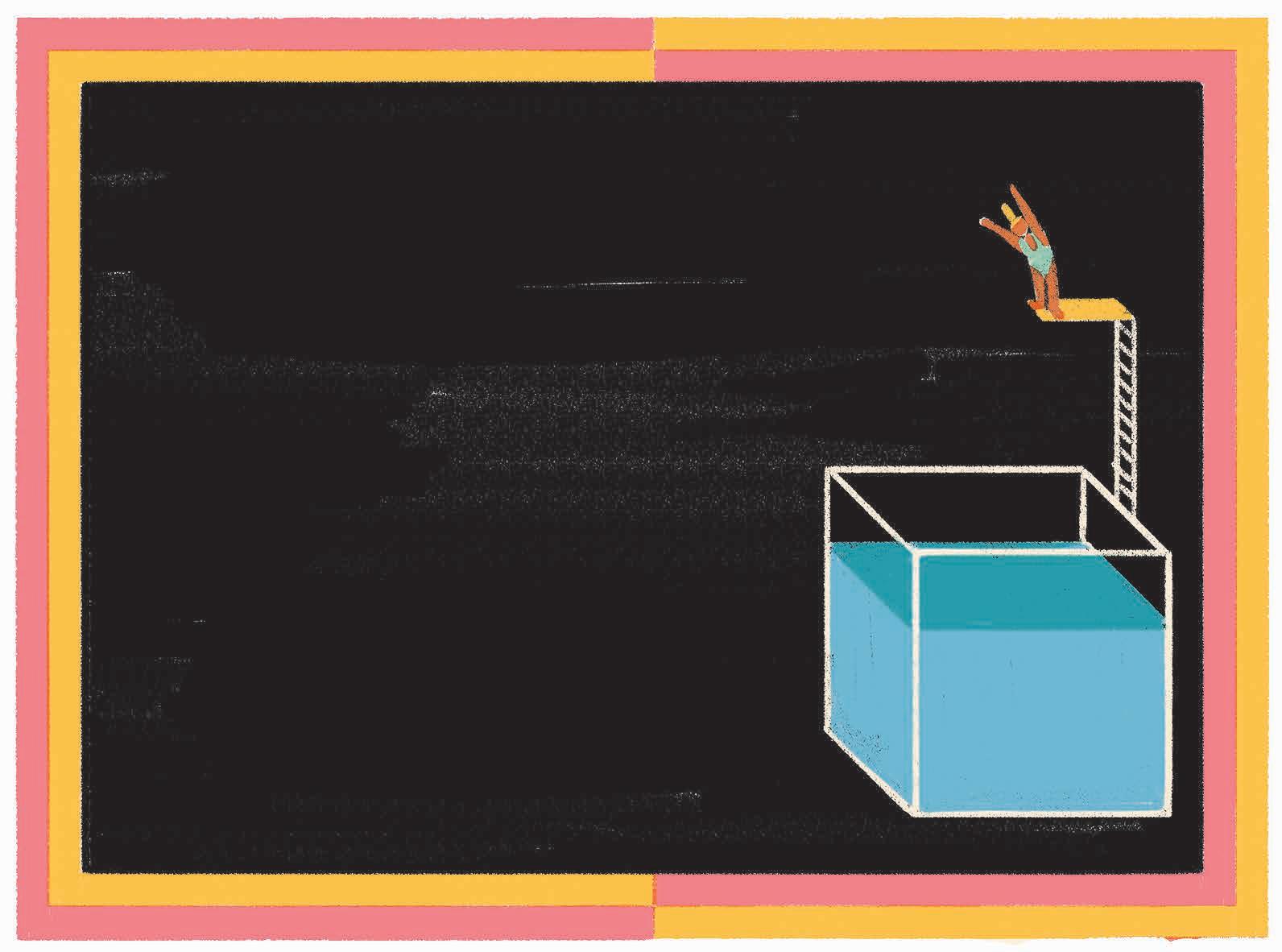
For smaller volumes, we divide a litre by 1,000 and use millilitres. And for larger volumes, we multiply the litre by 1,000 to get kilolitres. For really massive volumes, such as the amount of water found in an ocean, we use a unit called a cubic kilometre which is the same as 1 trillion litres!
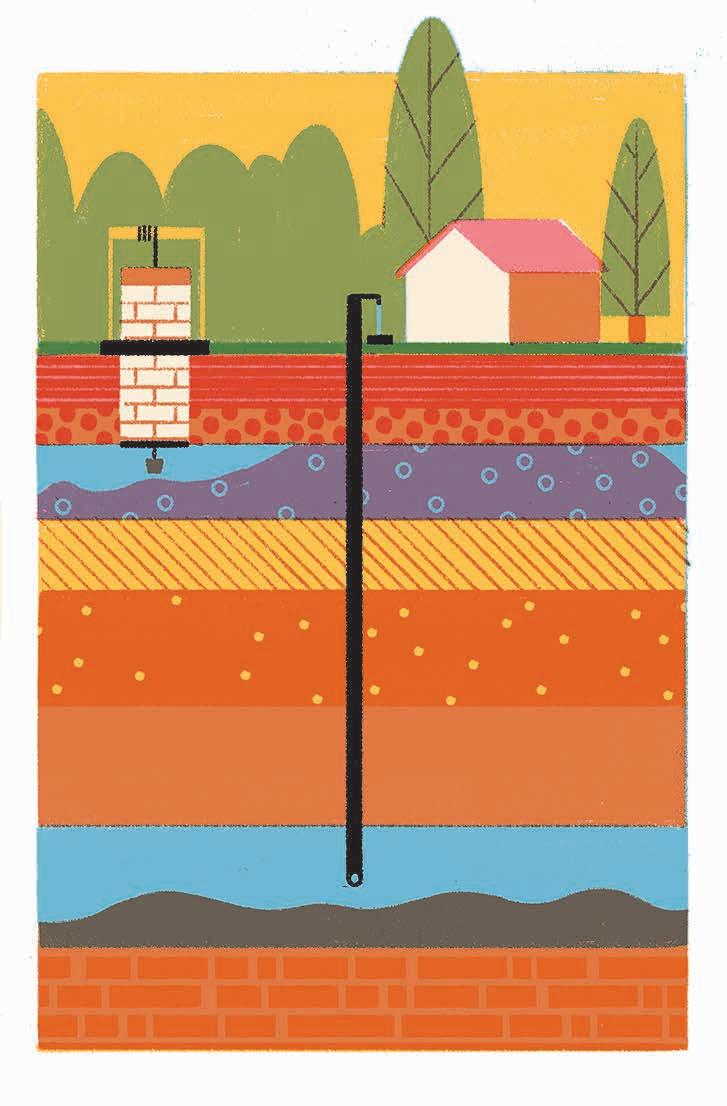
INFOGRAPHIC
FROM EARTH IS BIG , WRITTEN
Total volume of salt water on Earth 1.35 billion cubic km About 97% of Earth’s water. Total volume of fresh water on Earth 35 million cubic km About 2.5% of Earth’s water. Groundwater 1O.5 million cubic km About O.7% of Earth’s water. Hidden deep under the surface is something called groundwater. Over thousands of years, water slowly seeps down through the soil and fills up the tiny spaces and cracks found in the rocks below. People can tap into this water by drilling wells and pumping the water back to the surface. Other fresh water 124,OOO cubic km Most of the remaining fresh water on Earth is found in lakes and rivers, while some is found in the soil, the air and in living things. Fresh water in glaciers and ice sheets 24 million cubic km Most of Earth’s fresh water is not liquid, but the solid ice of glaciers
the mountains and ice sheets
the poles.
to global warming, they are shrinking every day! 36
EXCERPTED
BY STEVE TOMECEK AND ILLUSTRATED BY MARCOS FARINA
high in
near
Due
Lakes and rivers

93,OOO cubic km
After glaciers and groundwater, most of the rest of Earth’s fresh water is in lakes and rivers. But, altogether, they only make up around 0.4% of the total water on Earth.
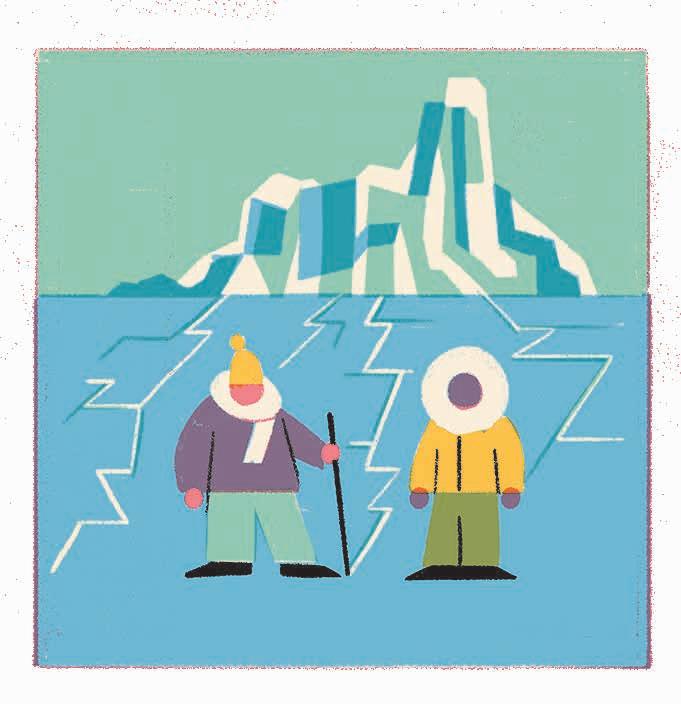
Lake Kariba, Africa 18O cubic km
Largest artificial lake by volume. This human-made lake is on the Zambezi River between the countries of Zambia and Zimbabwe.
Water in the soil

16,5OO cubic km
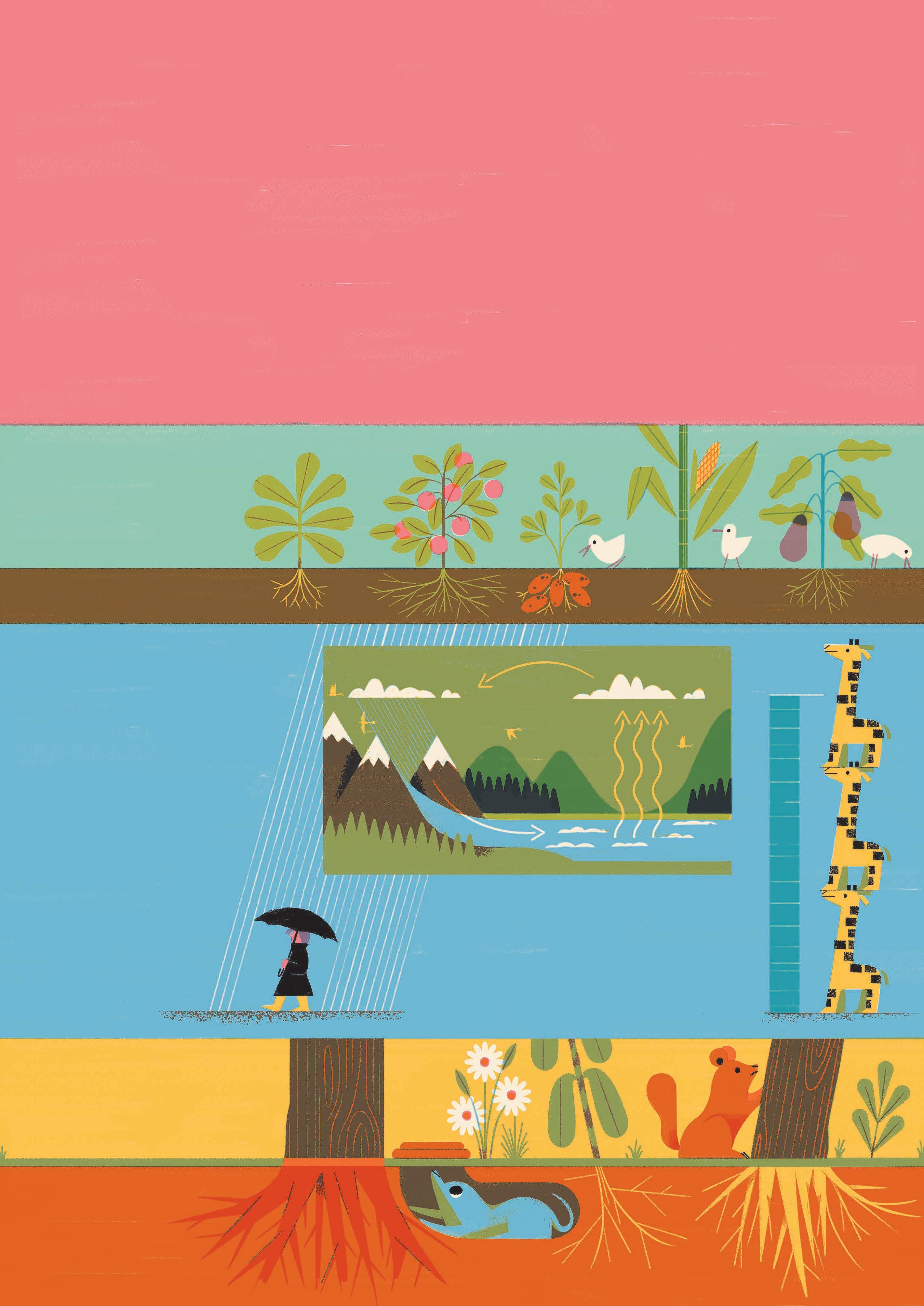
Before it reaches the rocks deep below the surface, water flows through the soil. Plants use soil water to grow.
Water in the air
12,9OO cubic km
Energy from the Sun causes liquid water on Earth’s surface to evaporate. This turns it into a gas called water vapour. As the water vapour cools, it condenses and turns back into tiny drops and ice crystals, forming clouds. Eventually, this water falls back to the surface as precipitation in the form of rain or snow, and the cycle can start over again. This continuous movement of water between Earth’s surface and the air is called the water cycle.
Rainfall at Cilaos, Reunion Island, 7–8 January 1966
1,825 mm
Largest rainfall in a 24-hour period.
Living waters
1,12O cubic km
All living things, from the smallest bacterium to the largest tree, have water in their cells.
Amazon River, South America
6,3OO cubic km
Biggest river by volume of water released. The figure given here is the average volume of water that this enormous river releases into the Atlantic Ocean every year.
Water falls back to the surface as precipitation
Water condenses
Lake Baikal, Asia 23,OOO cubic km
Biggest freshwater lake by volume.
11,871 mm
Average rainfall per year at Mawsynram, India 11,871 mm
Rainiest spot on Earth. Rainfall varies from year to year, but one place that consistently leads the list of wettest places is Mawsynram, India. It averages almost 12 metres of rain a year! That’s almost as tall as three giraffes stacked on top of each other.
Water evaporates 37
THE WONDERS OF WATER
Water is one of the things that makes life on Earth possible. Here we investigate the important role it plays inside the human body and in plants. Plus, we search the solar system for water, and find out why the largest desert on Earth is, in fact, Antarctica!
Desert planet
Deserts are areas that receive less than 250 mm of precipitation, such as rain or snow, in a year. They make up about a third of the land surface of Earth.
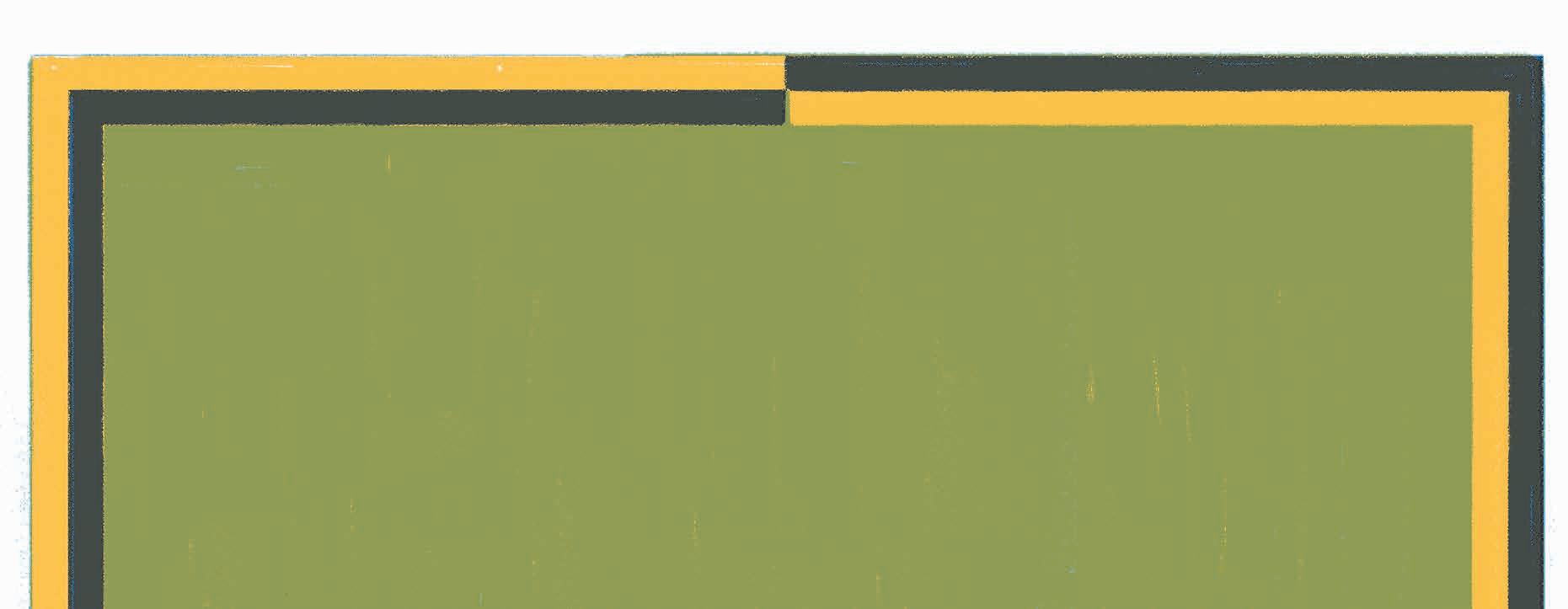

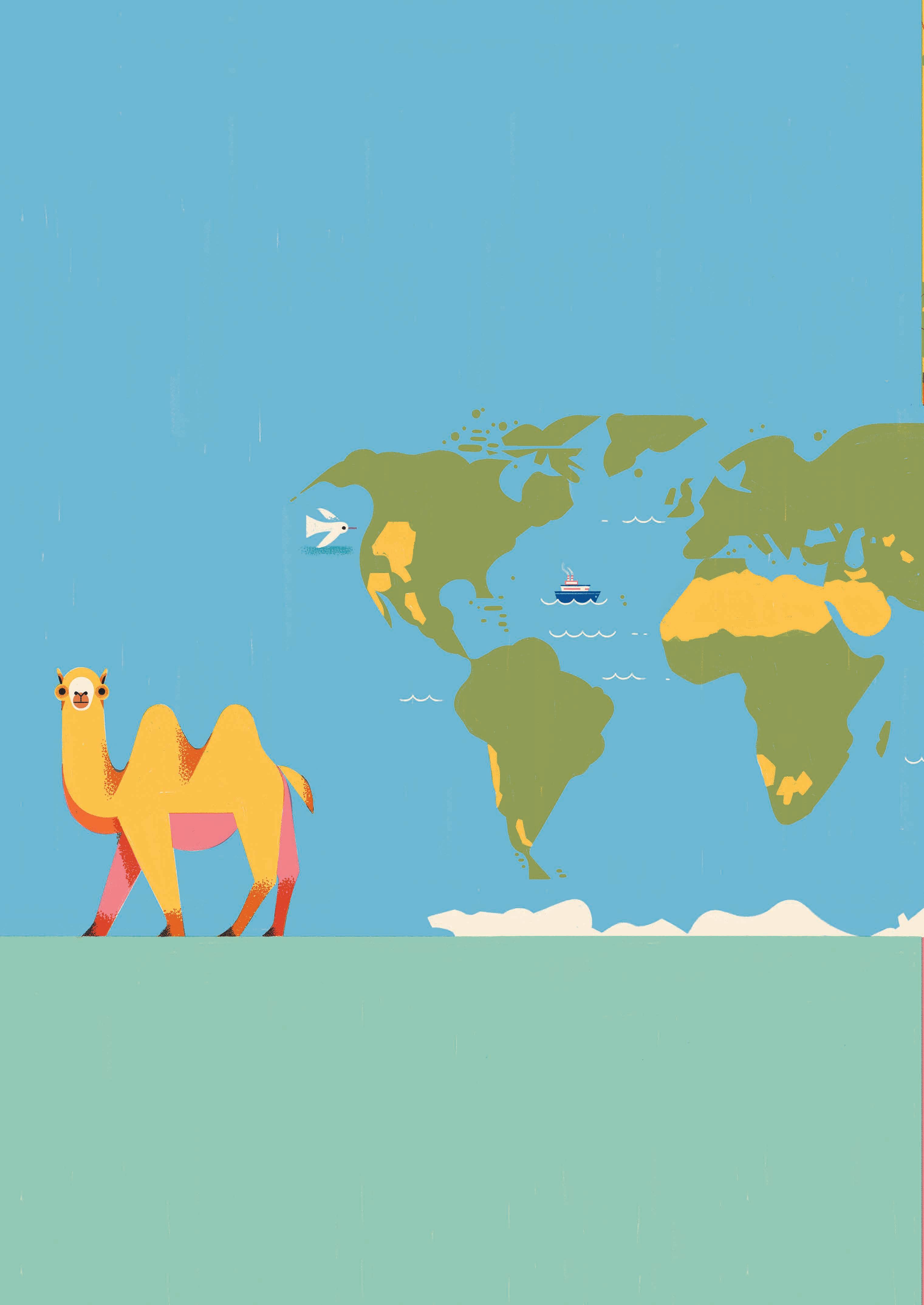
Antarctica 14.3 million square km
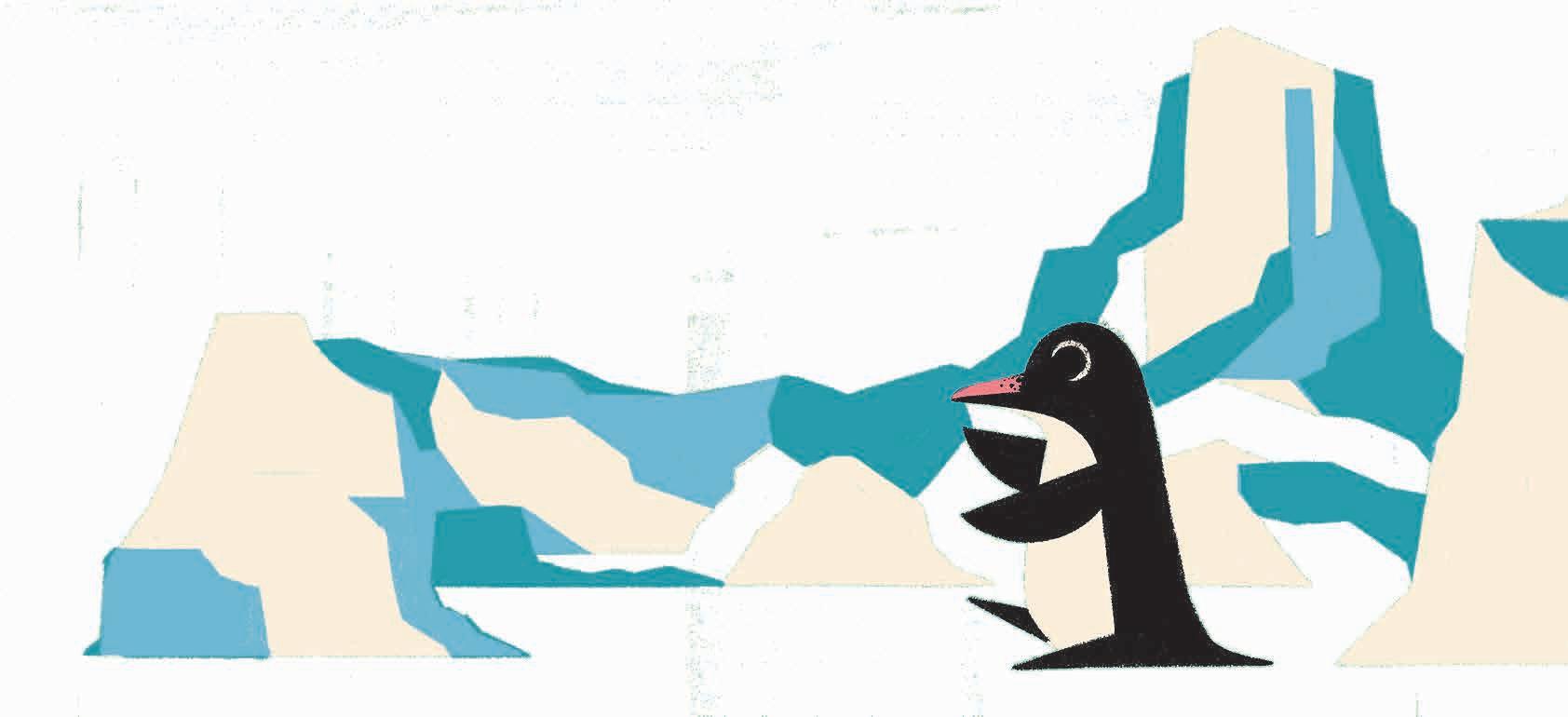
Every continent has at least one major desert but one continent is mostly desert: Antarctica. That’s right, even though it is covered with a thick layer of ice, much of Antarctica receives less than 5O mm of precipitation a year. It has actually taken tens of thousands of years for all the ice to build up on the surface.
The driest spots in the world are found in the dry valleys of Antarctica. Scientists estimate they have received no precipitation in almost 2 million years! As global temperatures increase, desert areas of the world are growing, but the ice in Antarctica is now melting faster than it forms.
Why is water so special?
Water is a simple chemical compound that forms when one oxygen atom and two hydrogen atoms bond together. Because of the way the atoms join, a water molecule looks a little like a mouse’s head, with the oxygen atom making the face and the hydrogen atoms forming the ears. This structure gives water molecules an attractive force, allowing them to transport important chemicals around most living things’ bodies. It also makes water the ‘universal solvent’, which means that it reacts with most other substances. In fact, given enough time, water can wear away even the hardest rock.
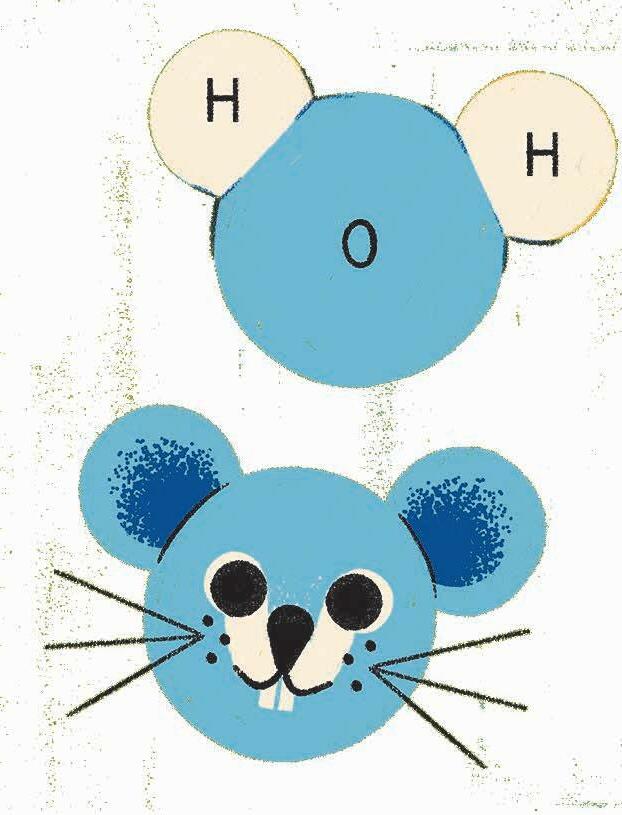
INFOGRAPHIC
Sahara 9.1 million square km Largest hot desert. Atacama 13O,OOO square km Driest hot desert Arica, Chile,
the
desert, receives
than O.76
each year.
in
Atacama
less
mm of rain
Namib Desert 8OO,OOO square km Chihuahuan Desert 5OO,OOO square km Sonoran Desert 311,OOO square km Great Basin Desert 492,OOO square km Kalahari Desert 93O,OOO square km Arabian Desert 2.6 million square km
38
Water in plants
Plants need water in order to live. Most land plants have a root system that takes up water from the soil. The water then travels through the plant, carrying nutrients and oxygen up to the leaves. Here the water is used in a process called photosynthesis to make food for the plant. This process also releases oxygen gas into the air. Many plants produce fruits which often contain a lot of water, too.
Water in the solar system
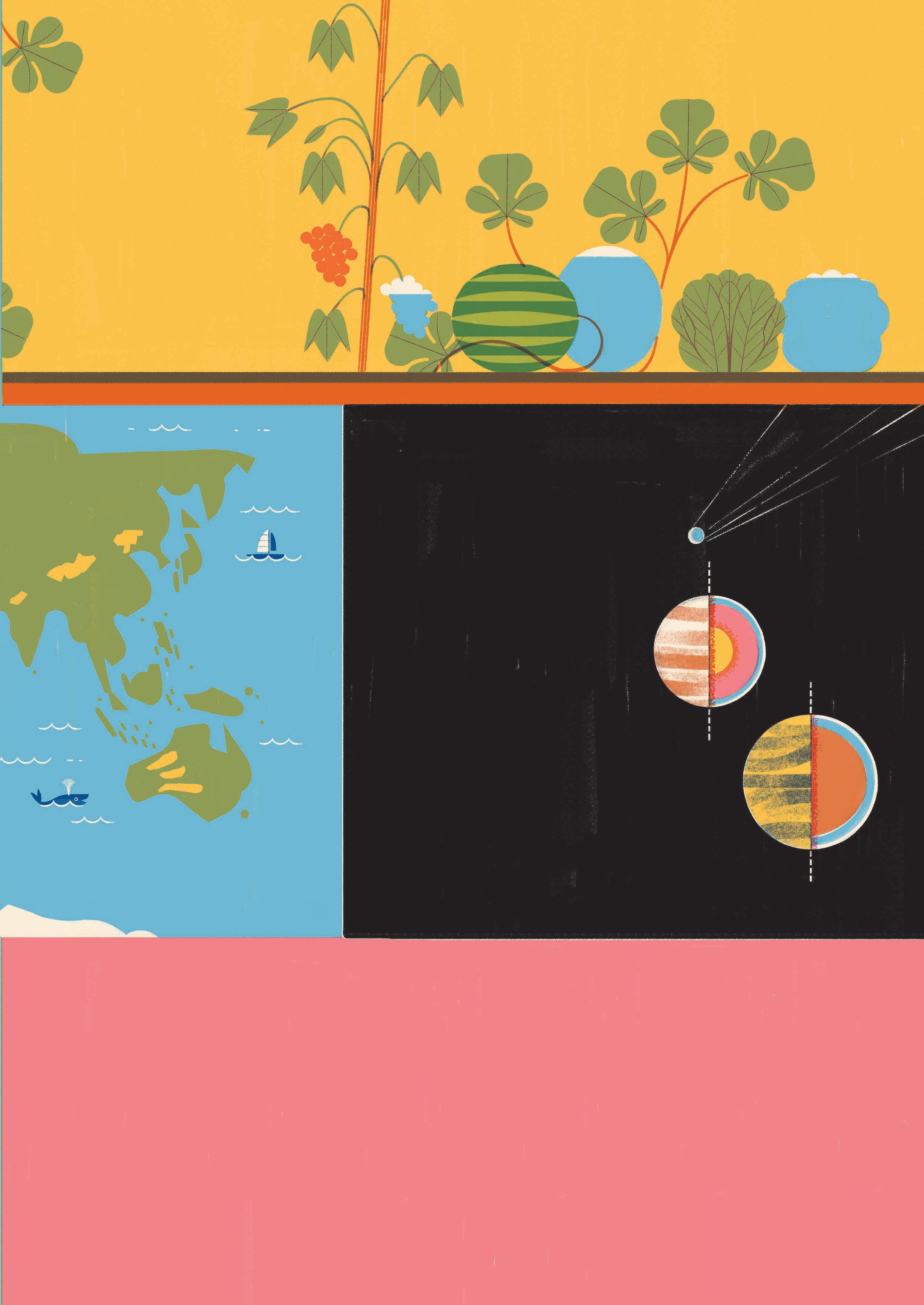
Earth isn’t the only object in the solar system that has water on it. Scientists have discovered large amounts of water throughout the solar system.
Some of the most water-rich objects are comets, which are sometimes called ‘dirty snowballs’. These icy chunks from far out in the solar system can be as much as 80% water by mass, far more than the Earth’s 0.02%. Some scientists believe that some of the water found on Earth today was delivered by comets millions of years ago.
Europa
3 billion cubic km of water
2O% of Europa’s total volume Jupiter’s moon Europa is covered with a thick layer of ice. Astronomers think that underneath this icy crust might be a large ocean. It could be as much as 1OO km deep and contain more than twice the volume of all the water on Earth.
Titan 18 billion cubic km of water
25% of Titan’s total volume Saturn’s moon Titan is larger than the planet Mercury. Like Europa, it is believed to have a frozen layer of ice on the surface covering an enormous liquid ocean below.
The human body is full of water. Blood is mostly water. You also have water in your digestive tract, and you excrete a lot of water every time you pee. To stay healthy, doctors recommend that you should drink about two litres of water per day. So how much water does your body contain? That depends on your age. An average adult has about 34 litres of water in their body.

Most of this is found inside cells. You have trillions of them in your body, and each one has water inside it. When you add it all up, the total volume of water in the body’s cells can be as much as 28 litres.
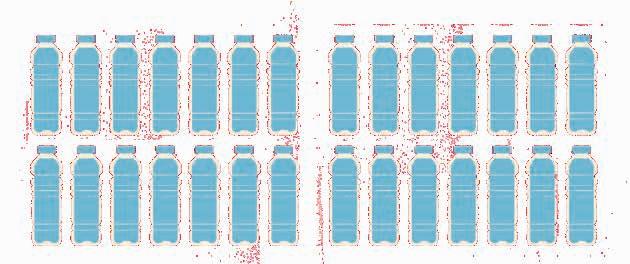
Great Victoria Desert 65O,OOO square
Average newborn baby 75O/O water Average child 65O/O water Grapes 8OO/O water Watermelon 9OO/O water Lettuce 96O/O water Average adult 55–6OO/O water Gobi Desert 1.3
km
million square km
Water in your body
EARTH IS BIG
WRITTEN
AND ILLUSTRATED
39
EXCERPTED FROM
,
BY STEVE TOMECEK
BY MARCOS FARINA
2O22
In the late 148Os, the great Italian artist and inventor Leonardo da Vinci sketched out a design for a one-person helicopter propelled by an ‘aerial screw’. It was never built in the inventor’s lifetime but on January 31st engineers at the University of Maryland, USA, successfully flew a drone inspired by Leonardo’s design.
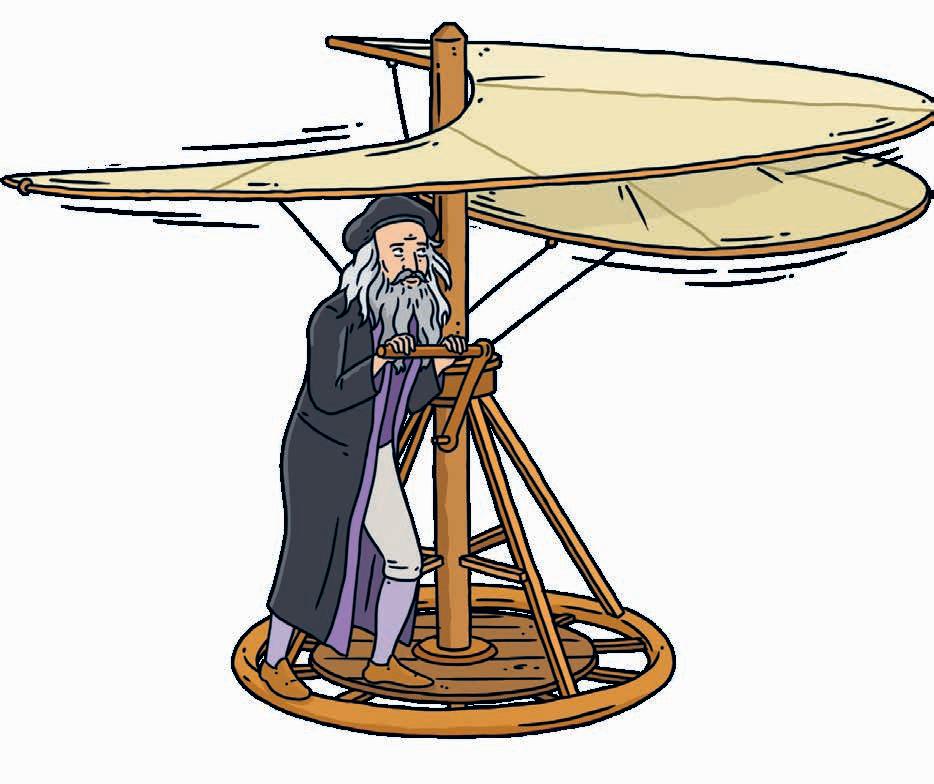
1955
The board game Scrabble, in which players compete to spell out words with lettered tiles, went on sale in the UK on January 19th. There are now Scrabble editions available in more than 3O languages, including Welsh, Arabic and Latin.
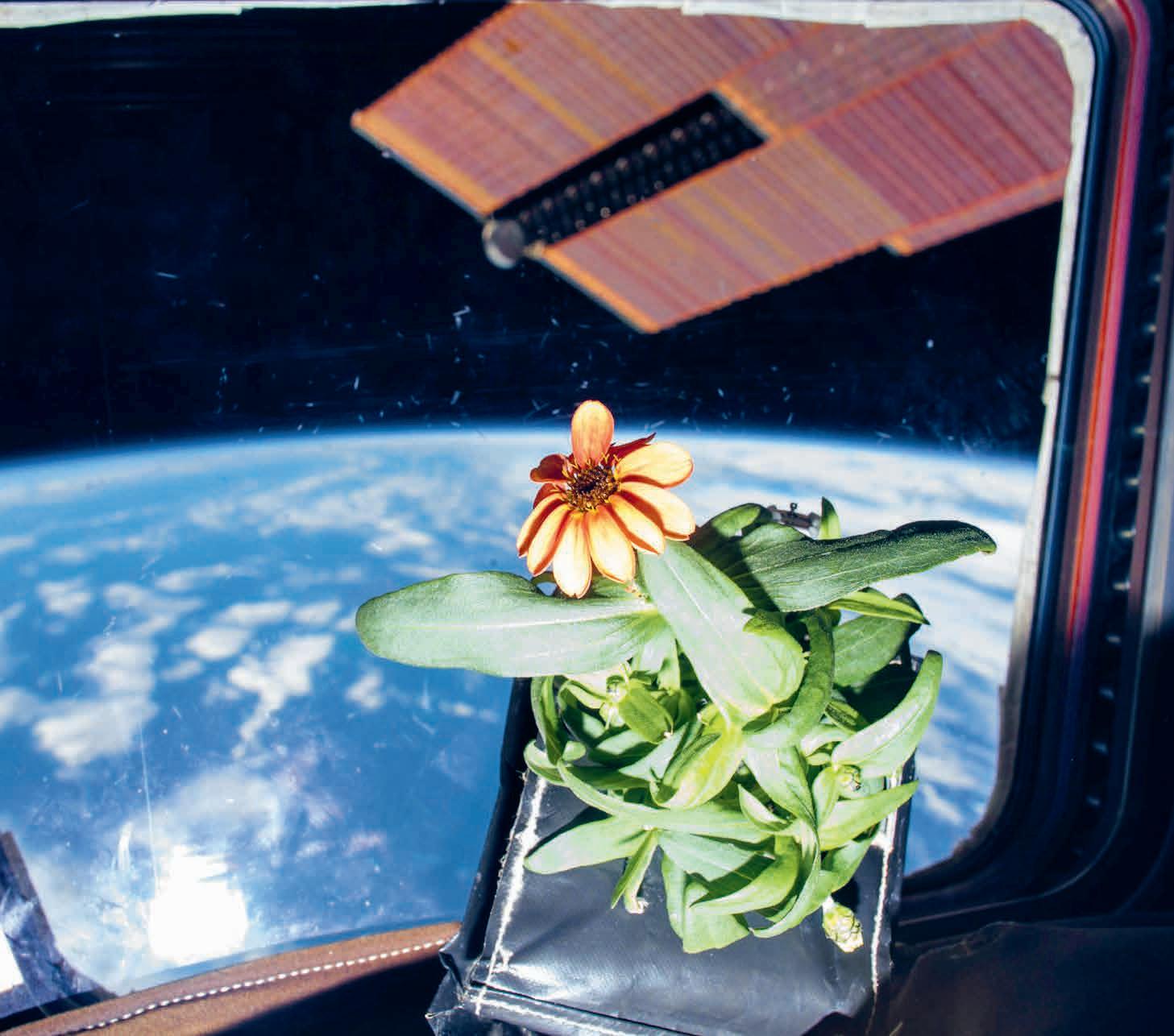
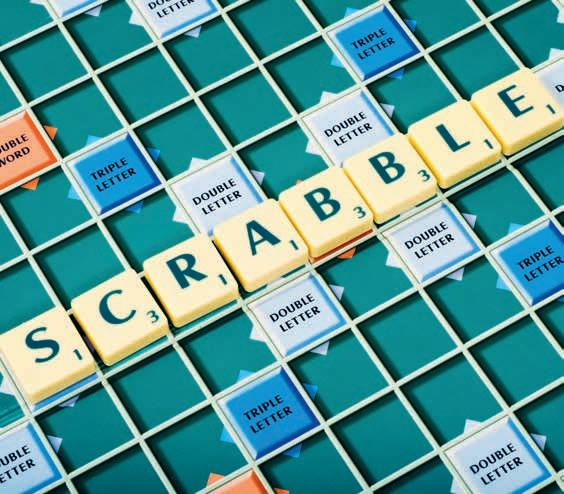
1O fascinating facts
1924
On January 25th, the first Winter Olympics were held in the town of Chamonix in the French Alps. Some 25O athletes attended, competing in 16 events including the bobsleigh, ice hockey and figure skating. The youngest competitor in the ladies’ figure skating was 11-year-old Sonja Henie from Norway (pictured). Henie finished in last place but went on to win gold at the next three Winter Olympics.
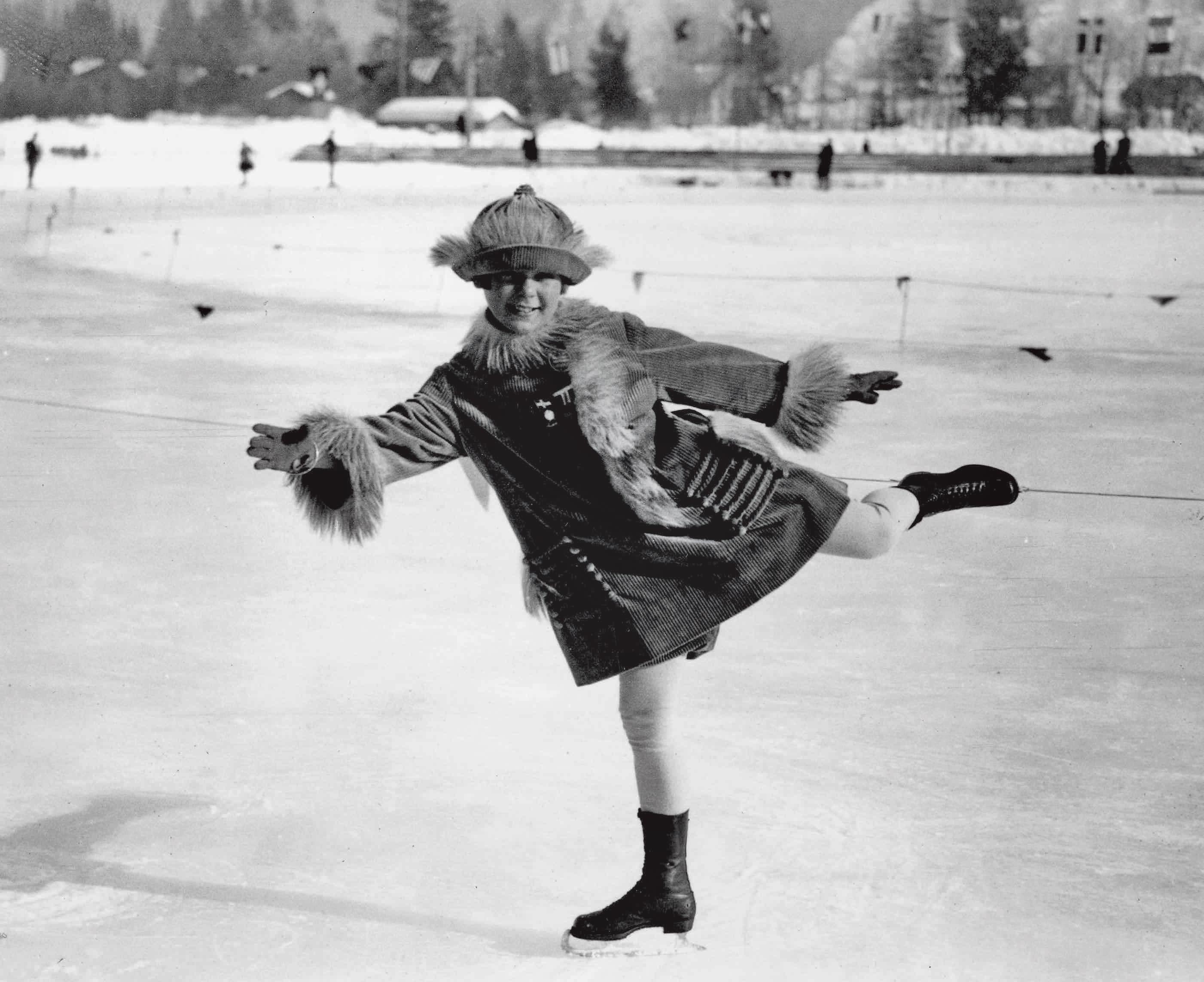 2O16
On January 16th, NASA’s Scott Kelly shared photos of a blooming zinnia on board the International Space Station. It was the first flower to be grown from a seed in microgravity.
2O16
On January 16th, NASA’s Scott Kelly shared photos of a blooming zinnia on board the International Space Station. It was the first flower to be grown from a seed in microgravity.
40
Kumbha
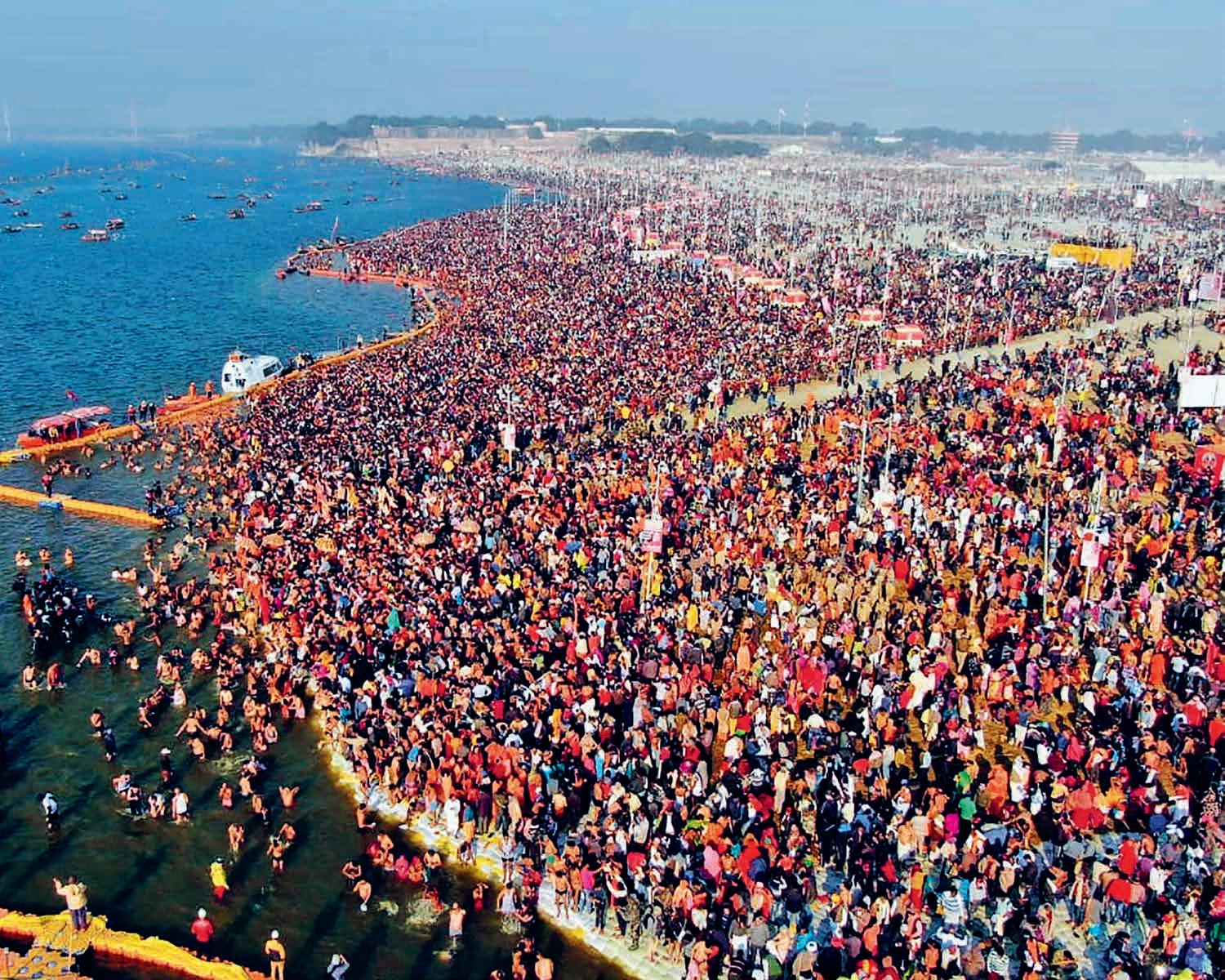
1975
The Hungarian architect Ernő Rubik applied for a patent for a new twisty toy cube on January 3Oth. More than 45O million Rubik’s Cubes, as they became known, have been sold since. The world record for solving one is just 3.47 seconds!

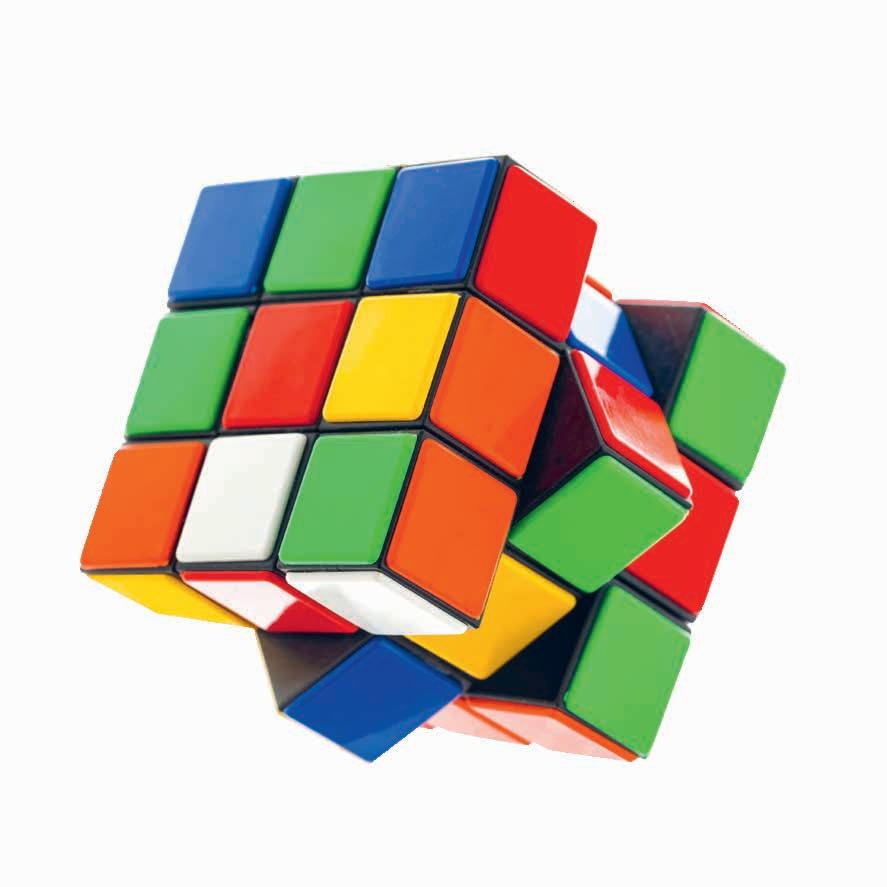
about January…
169O

The German instrument maker Johann Christoph Denner invented a new musical instrument on January 14th: the clarinet. Its name comes from the Italian word clarino and means ‘little trumpet’.
2O1O

On January 4th, the Burj Khalifa in Dubai in the Middle East was officially opened. Standing at 829.8 metres, it is the world’s tallest building. It contains 57 elevators and 2,9O9 stairs.
1984
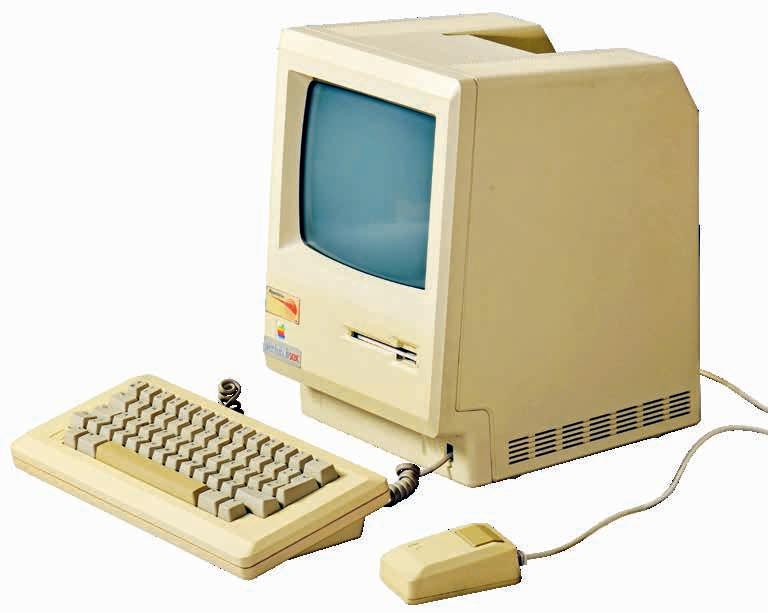
Apple’s first home computer, called the Apple Macintosh, went on sale on January 24th. It cost $2,5OO, which is roughly equivalent to £6,OOO today.
19O5
The largest diamond ever discovered was found in a mine in South Africa on January 26th. It weighed just over 6OO grams.
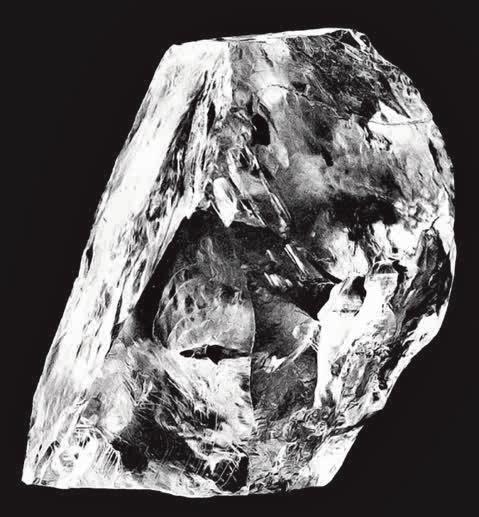 2O19
Mela is a Hindu religious festival celebrated four times over the course of 12 years at four different holy places in India. It lasts for weeks and is one of the world’s largest festivals. The most recent Kumbha Mela, which began on January 15th, attracted more than 2OO million people.
2O19
Mela is a Hindu religious festival celebrated four times over the course of 12 years at four different holy places in India. It lasts for weeks and is one of the world’s largest festivals. The most recent Kumbha Mela, which began on January 15th, attracted more than 2OO million people.
41
Absolutely Everything!
Each month we feature an amazing story from world history taken from the bestselling book by Christopher Lloyd, with illustrations by Andy Forshaw. This month: the birth of Buddhism


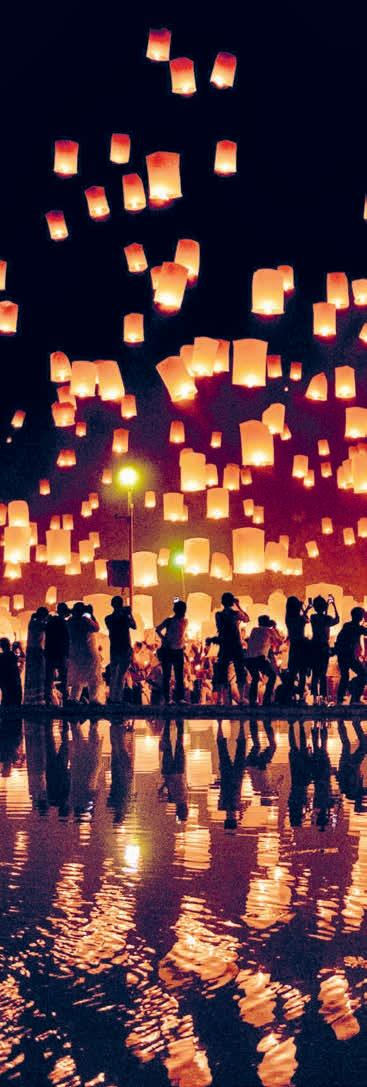
Focus the camera of a smartphone or tablet on this QR code to listen to an audio recording of the author reading this book extract.
Today, Buddhism is one of the world’s most popular religions, with an estimated 550 million followers. You have probably heard of it – and of the great religious teacher and thinker who founded it, who is often called the Buddha. But do you know how Buddhism began?
Its story starts in India, in the 6th Century CE, with the birth of the man who would later become known as the Buddha. His name was Siddhartha Gautama. As a boy, Siddhartha was a Hindu. The Hindu religion is the oldest of the five major religions practised in the world today (that’s Hinduism, Buddhism, Judaism, Christianity and Islam). It probably started
42
Above: a painting showing the Buddha sitting and meditating beneath a tree.
Left: people release lanterns into the air to celebrate a Buddhist festival of lights.

between three and five thousand years ago. The first holy books of Hinduism are called the Vedas. We don’t have any examples of written versions of the Vedas until long after they were composed. The Vedic culture passed these important verses along through the generations by memorising them and teaching them to others.
The central idea of Hinduism is that each person has an eternal soul, or self, that is reincarnated after death into another being. This being can be an animal or a person. Hinduism also includes a caste system. People are born into a particular caste or level in society. They stay in that caste for their whole life. The highest caste, Brahmins, were priests in Siddhartha’s time, and it was their right to demand food and whatever else they needed to live from other people. The lowest castes then were servants or slaves. People in the middle worked in the government or were farmers or traders.
In Hinduism, everything you do in life creates karma, which is sort of like positive points and negative points. If you follow the rules, then you collect good karma. And good karma allows you to be reincarnated at a higher level in the next life. The rules include being kind and compassionate to others, performing the rituals to the gods and meditating. Over many lives you can move up from being an animal to being a low-caste person to being a high-caste person. Finally, you reach moksha, when you are free from the hardships of the cycle of birth and death. For some Hindus, this means your soul is reunited with the soul of the whole universe or it becomes one with God.
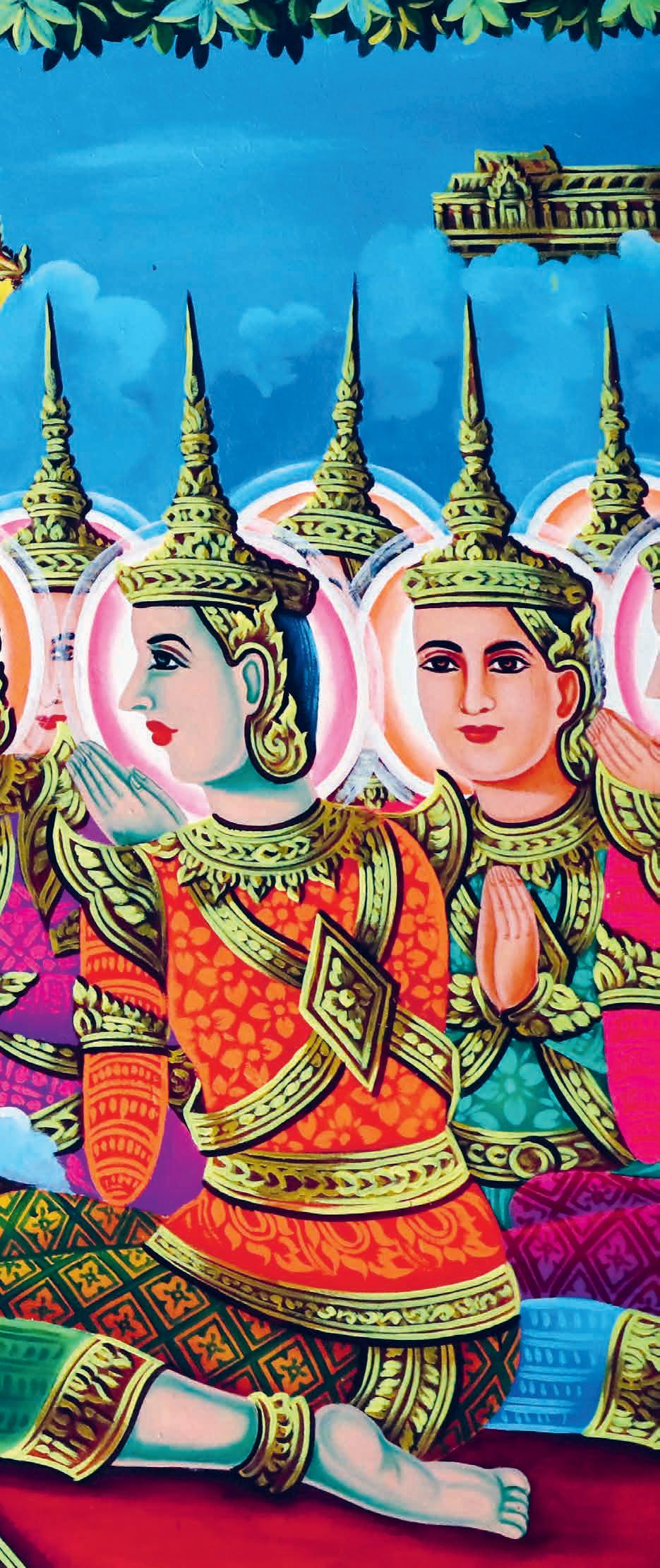
Siddhartha rejected some parts of Hinduism that he thought were wrong. He created his own religion, now called Buddhism.
Two important gods of the Hindu religion
Hinduism is said to have 33 million gods, each with their own job to do. All of them work together under the leadership of Krishna, the Supreme Being, to keep the universe running. Here we introduce two important ones. Brahma is the creator of the universe. Ardhanarishvara is a combination of the god Shiva and the goddess Parvati and represents the Hindu belief that female and male energy must work closely together to make the universe work.
BRAHMA
Prayer beads for the many substances needed to create the universe
Book for knowledge of the world

ARDHANARISHVARA
SHIVA (the male side of Ardhanarishvara)
White lines cover a third eye of spiritual power

PARVATI (the female side of Ardhanarishvara)
Jewelled crown made of bamboo strips
Animal skins represent a simple life
Continued on next page THE BIG READ
Lotus flower for divine beauty and purity
43
Continued from previous page
We don’t know very much about Siddhartha’s life, but we believe he lived from about 560 to about 480 BCE. And we think he was born in Lumbini, in what is now Nepal.
According to one legend, Siddhartha was born a prince. His mother, Queen Maya, died a few days after his birth. Siddhartha’s father was very protective of him and had three palaces specially built in his son’s honour. The idea was that Siddhartha would live all his life in these palaces. That way he would be hidden away from the poor, desperate lives led by most ordinary people.
But, at the age of 29, Siddhartha’s curiosity to see the world for himself overcame him. So he sneaked out of his palace. He met old people and people with diseases and people who were dying. He was so upset by what he saw that he decided to leave his luxuries behind and join ordinary people in their suffering.
This period in northern India is called the Second Period of Urbanisation. City-states covered the area along the Ganges River. The time was full of thinkers. In Hinduism, one of the new ideas was that an important way to live a holy life is
Above: the Shri Swaminarayan Mandir, a Hindu temple in London, UK.

Below: a statue of the Buddha.
to become what’s called an ascetic. Ascetics give up all possessions, pleasures and family connections. They focus entirely on prayer and meditation. Siddhartha decided to become an ascetic. At one point he ate no more than a single leaf or nut a day and almost starved to death.
However, Siddhartha eventually concluded that starving himself was adding suffering to the world, not taking it away.

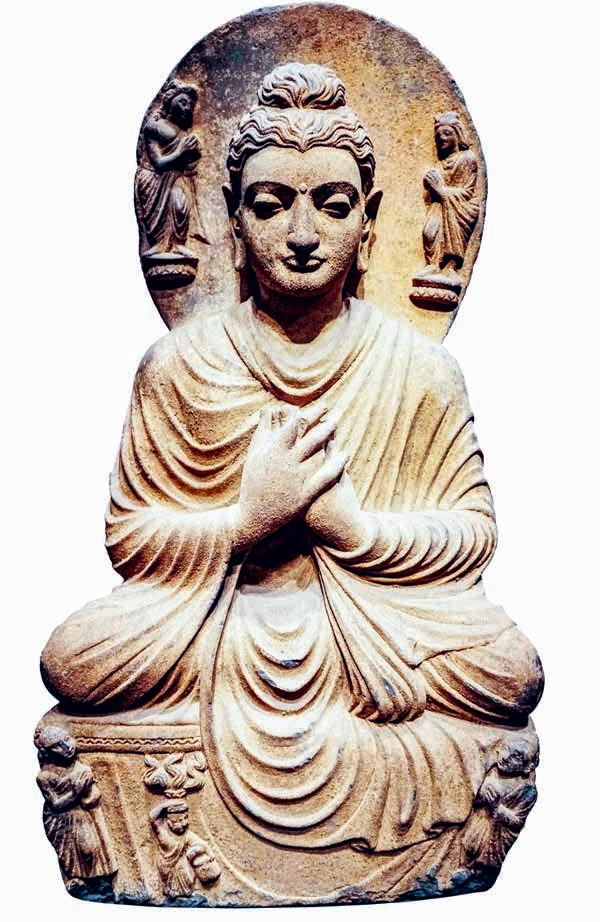
It is said that Siddhartha sat down under a tree to meditate for 49 days. After all of this time quieting his mind, he gained what is called enlightenment or nirvana. He could see the truth of all things and felt lasting peace and joy. From then on, he was known as the Buddha, meaning ‘awakened one’.
The Buddha said that all people are equal and that castes don’t matter. He also stopped thinking about karma and earning points for the next life. But he continued to believe in reincarnation and the importance of meditation and selflessness. The Buddha taught a middle way between a life of always wanting more and a life of rejecting everything. He believed if you were kind and compassionate to others, meditated to stay calm, and lived simply, you could find
THE BIG READ
44
Left: one of the miracles of the Buddha, in which he is said to have crossed the Ganges River in India on a cloud.
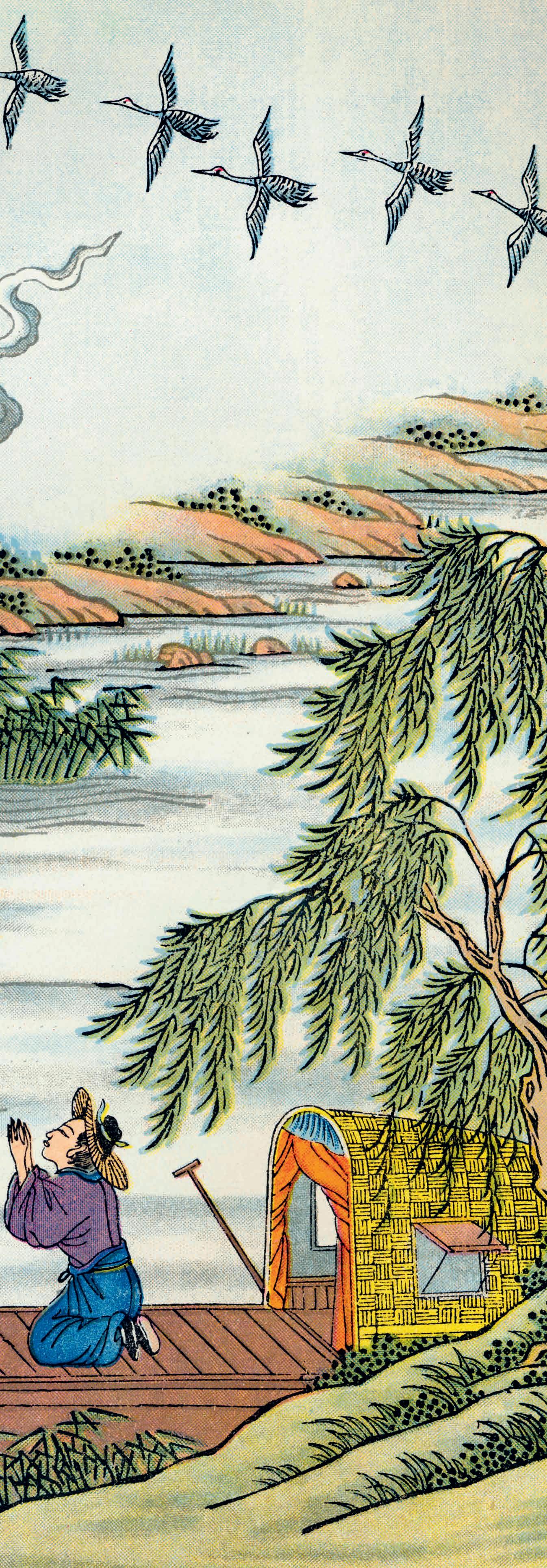
your way to nirvana.
For the next 45 years, the Buddha walked along the Ganges River in what is now north-east India a nd southern Nepal. He talked to everyone who would listen, from kings and queens to robbers and beggars. He explained to them that anyone can gain enlightenment. After attracting thousands of followers, the Buddha died at about the age of 80.
Some rulers were afraid of Buddhism and other new ideas, so they tried to stop them. Others put up with them. But then, something happened that began the process of making Buddhism the major religion it is today.
About 200 years after the death of the Buddha, the Maurya
The Lion Capital of Ashoka sits on top of a pillar built around 25O BCE. Its four lions were adopted as the official emblem of India in 195O.
Empire unified India by conquering all its different kingdoms. The third Mauryan king was named Ashoka. When he came to power in about 260 BCE, there was just one undefeated kingdom left. It was called Kalinga.

Of course, Ashoka attacked the Kalingans. The last battle of that war is known as the Battle of Kalinga. According to some stories, it left more than 100,000 people dead on the battlefield. The day after his army won the battle,
it is said that Ashoka walked out across the city. All he saw were burned-out houses, dead horses and scattered bodies. Ashoka was a very tough guy – his name even means ‘without sorrow’ – but the sight of all this carnage is said to have made him weep and cry, ‘What have I done?’
Horrified at the appalling loss of life, Ashoka became a Buddhist. Over the next 20 years, he tried to help his people live in peace. The best information we have about King Ashoka is from a collection of instructions to his subjects that he had carved into pillars and rocks all around his kingdom. They are called the Edicts of Ashoka. In them, he asked people to be kind and generous to others, to work to improve themselves, to be honest and to be grateful.
Following Ashoka’s reign, Buddhism spread to many other countries. His children Mahinda and Sanghamitra took Buddhist teachings to what is now Sri Lanka. By 100 CE, Buddhist monks had reached China. From China, the religion spread throughout Korea, Vietnam, Thailand and eventually into Japan. Nowadays more people practise Buddhism in other countries than in India itself.:
45
Space food! This is a photo of my healthy solar system. The clementine-banana Sun is on the left, followed by all the carrot planets in different sizes. Look at the yellow banana shaped like the letter E. It’s supposed to be the Earth! The parsley stars are shining brightly all over the galaxy.
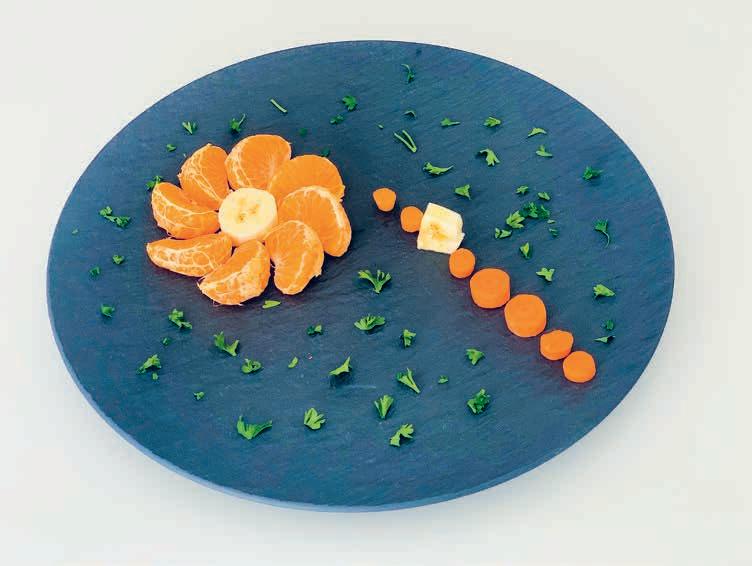

Hannah, age 8
Earth Sun Stars
On the lookout! I went to Newhaven Fort in Sussex for my 11th birthday party. The sea fort was
built in Napoleonic times. In this photo, my friends and I are playing on a cannon

that was used to defend against foreign invaders.
Lars, age 13
I
MY BRITANN
AC SEND IT IN!
Your photos
YOUR fact of the
does
you? Tell us by sending your
and
your favourite
to:
month! Where
your curiosity take
photos
letters to: photos@britannicamagazine.com Send
fact
facts@britannicamagazine.com
An octopus has nine brains –one central brain and then a brain in each of its eight arms!
46
Submitted by Jaden, age 11. Illustrated by Andy Smith
Ask the experts
It can take millions of years for light from distant stars and galaxies to reach Earth.
MICHELLE THALLER

Astronomer
From Maya, age 7
Answer Scientists estimate that there are something like 200 billion trillion stars in the observable universe. That’s almost 30 times the number of all the grains of sand on planet Earth. If we could see all of those stars when we looked up into the night sky, the sky would be so bright that we wouldn’t be
able to tell the difference between night and day.
But actually, even far from city lights, we can only see about 2,000 stars in the night sky, each one appearing as a pinprick of light surrounded by darkness. That’s because the universe is enormous –and expanding.
Light travels very fast, so fast
that when we turn on a torch, the object it’s pointing at lights up instantly. But space is gigantic. Our own star is the Sun, and its light takes eight minutes to get to us on Earth. Light from Alpha Centauri, the nearest star to Earth after the Sun, takes four years and four months to reach us. And there are stars so far away
that their light has never reached Earth in the millions of years they have existed.
Plus, at the same time that the light from faraway stars travels towards us, all of the galaxies in the universe are pulling apart from one another. This expansion of the universe stretches out the wavelength of the light as it travels to reach us
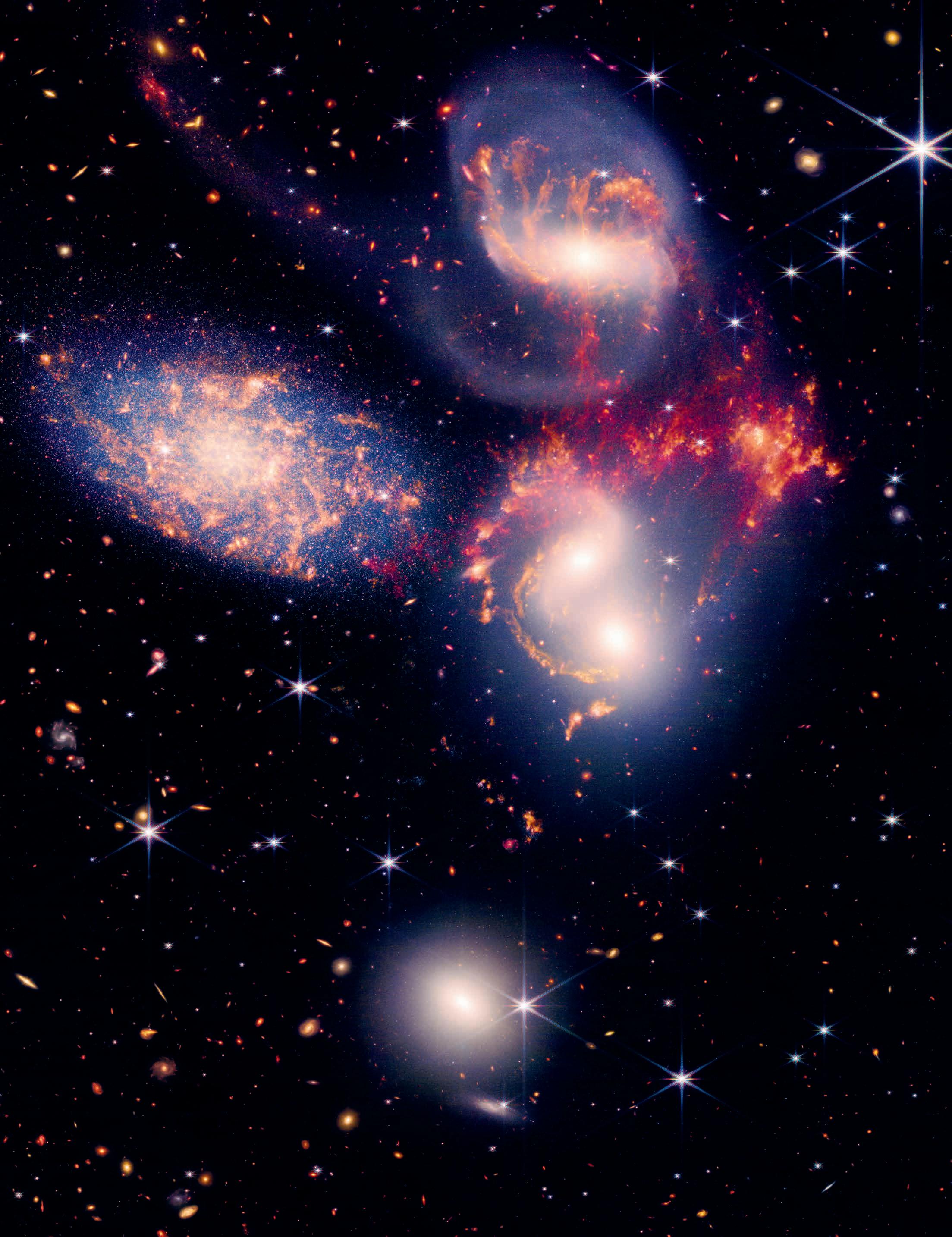
from those very far distant stars, so that the light becomes invisible to humans.
For example, scientists can detect light from the moment after the universe was born, but it isn’t visible to the naked eye (this is a good thing, as the light would be blinding). These invisible lightwaves are called microwaves.
Send your
Readers ask. Experts answer.
questions to: experts@britannicamagazine.com
DR
Question: Why is it dark in space?
47
ERIK KLEMETTI

Answer No! Seismologists (scientists who study earthquakes) can’t predict the exact day, time or location that an earthquake will occur.
under pressure.
Over time, that pressure builds up until the rock moves suddenly, causing the surface above it to shake. That’s an earthquake.
From Yasmin, age 13
Earth’s surface is always moving, but usually that movement is too slow for us to feel. But sometimes a piece of moving surface (called a tectonic plate) or some liquid or mushy rock below the surface (called magma) moves in a way that puts rocks deep underground (as much as 450 km below your feet!)
The majority of earthquakes don’t matter much to humans because they only shake the ground a tiny bit. But every so often a really big one hits, and buildings, roads and bridges can be damaged. Because earthquakes can be dangerous, it would be very useful to be able to predict when one will happen.
But so far we just can’t tell when specific rocks will move to create an earthquake. Rather than predictions, seismologists use forecasts. These are like the daily weather forecasts, which predict the likelihood of different types of weather happening – for example, that there is a 20 per cent chance that it will rain tomorrow.
By looking at the history of earthquakes in a specific area over the past 10,000 or more years, and
understanding how the Earth’s plates are moving, seismologists can identify regions where earthquakes are more likely to happen.
In places where tectonic plates are colliding or moving past each other – such as Japan, Indonesia and California –the Earth’s rocks are under greater stress, making earthquakes more likely. The opposite is true in places far from the boundaries of plates, such as the UK and the middle of the USA, where earthquakes are
much less likely. Some people claim to be able to predict earthquakes using the location of the Sun, planets or the Moon in relation to the Earth. However, there is no evidence that objects in space play any role in earthquakes on our planet. So always be sceptical of anyone who claims to know the time or place that a future earthquake will happen – as you’ve just learned, this isn’t possible!
WHAT IS AN EARTHQUAKE?
When rock and magma deep underground suddenly move, it can cause the surface above to shake. The shockwaves are most powerful at the epicentre.
The San Andreas Fault is a major fracture or split in Earth’s crust that extends roughly 1,2OO km through California, USA. EPICENTRE SURFACE
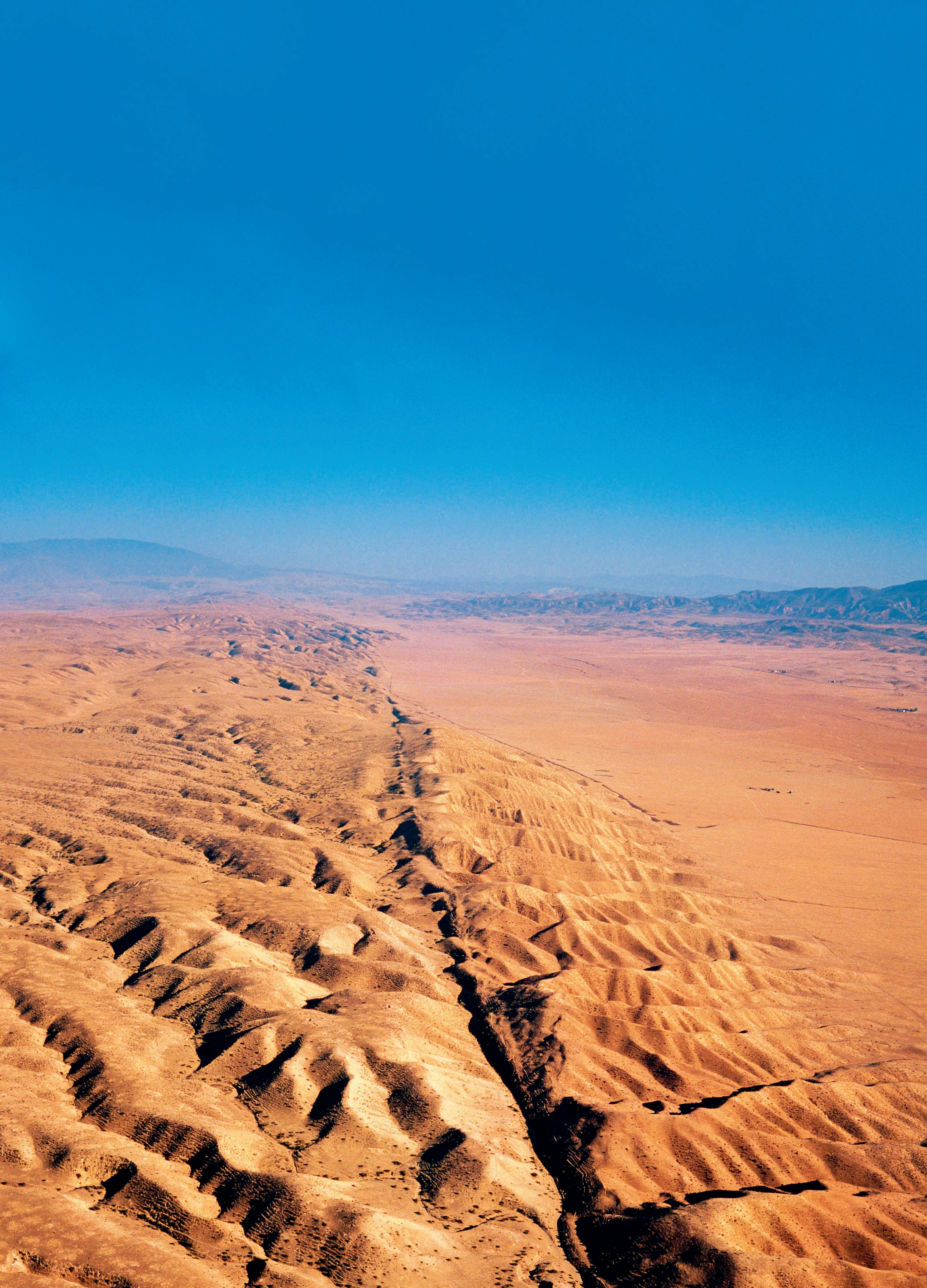
Ask the experts
DR
Can we predict when
will happen?
Earth scientist Question:
earthquakes
48
MOVEMENTS SHOCK WAVES WHERE THE EARTHQUAKE STARTS










































































































































































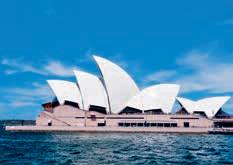


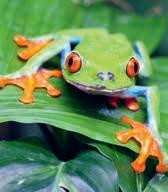
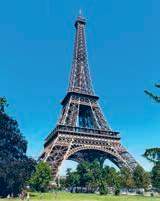
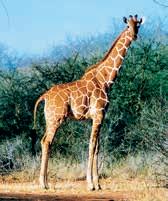
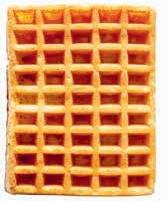
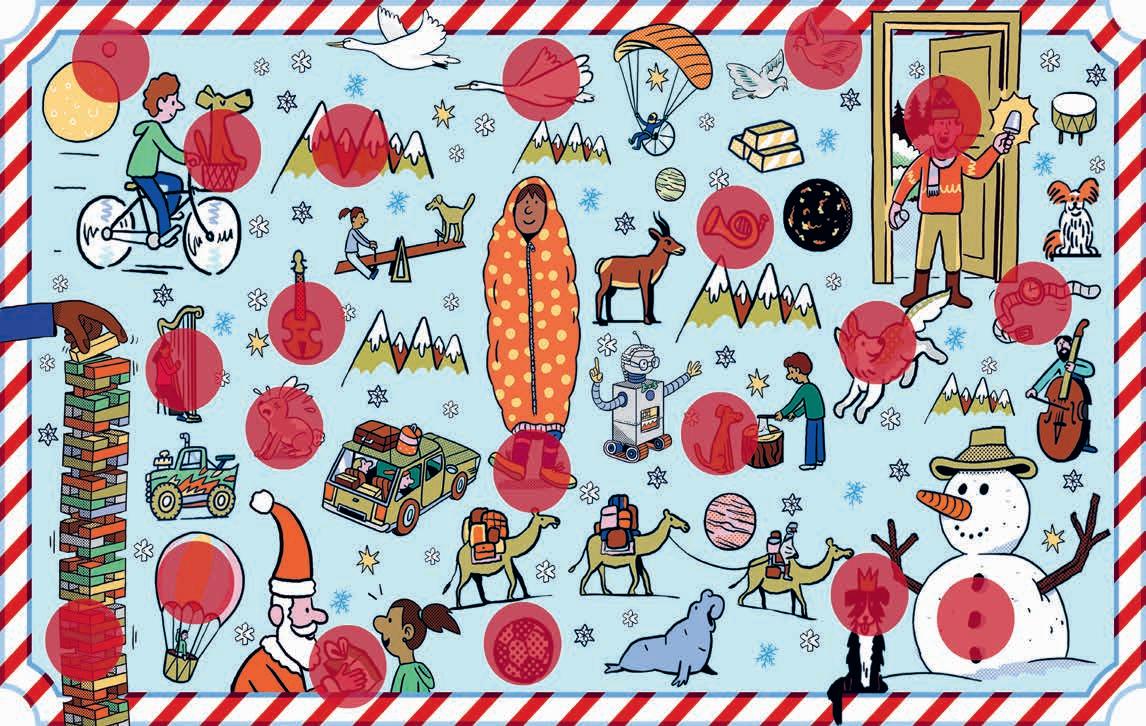















































































































































































































































































































































































































S G T S E V E F I R E P L A C E E O X N E N O O X K F R O I M L E O N U V Y R O R P V K U N W R A P B K Q M M R Q D F I I B V U A F D P I T L I U Q Z P V E C T F V D K N I T T E D J U M P E R L F E A N G B Q H J F P I H O G N M J C R A A R O H O T C H O C O L A T E I I S R U Q O B Z W N O D Q F A C N V I C B M N E V C W P D Z Z A X E W R T E I F U A Z O R E S Z L Y X E Z M X R L G F F K A C S W D Z Y W L I R W D A E E B F B W W B G X D G C U Q P B S V F S R S L E S N I T O T L B J Y R R O N S Z S O L X Y X L A K L Y S Z G E E R T S A M T S I R H C H M J U T Z R S G D T N E M A N R O S M Y K D L V Z U E N K K Q A Z Y L V G E N L C S E H Z B N I C S J R E E D N I E R L S C L Y N S T G O M I T T E N S R F J O P Q O W Q S F L F Z W L L C T W P Z X O O C G F L L E B E L G N I J X Q I R O W N E Treasure Hunt Hidden word: PRESENT Connect the Planets Snow-Doku! Spot the Difference Word Wheel 1. BEAUTIFUL 2. FIBULA 3. FLUTE 4. BLEAT 5. TALE 6. LATE 7. BALE Lying Snowmen Mark is a Lying Snowman. Andrew is an Honest Snowman. Picture Quiz A B C Number Triangles! Winter Word Search 4 2 5 7 6 9 8 3 7 1O 11 15 4 8 5 13 12 9 Puzzle Answers Sydney Opera House Toothpaste on a toothbrush Christmas baubles Red-eyed tree frog Eiffel Tower Giraffe Waffle 49
What on Earth Magazines Ltd, The Black Barn, Wickhurst Farm, Leigh, Tonbridge, Kent, TN11 8PS Editor Andrew Pettie
Art & Design Director
Mark Hickling Designer Susanna Hickling Production Sarah Epton Contributors Kate Hale, Andy Smith, Andy Forshaw, Christopher Lloyd, Andrés Lozano, Steve Tomecek, Marcos Farina, Mark Hickling, Susanna Hickling, Esperanza Hickling, May, Paige Towler, Rod Hunt, Bruno Gibert, Lisa Thomas, Chris Harrison, Dr Michelle Thaller, Dr Erik Klemetti
With thanks to Andy Forshaw, Natalie Bellos, Casey Neumann, Katy Lennon, Daisy Symes, Helen Thewlis, Olivia Galyer, Nell Wood, Helen Jones and the whole team at What on Earth Publishing Editorial Consultant Nancy Feresten Business Development David Falzani

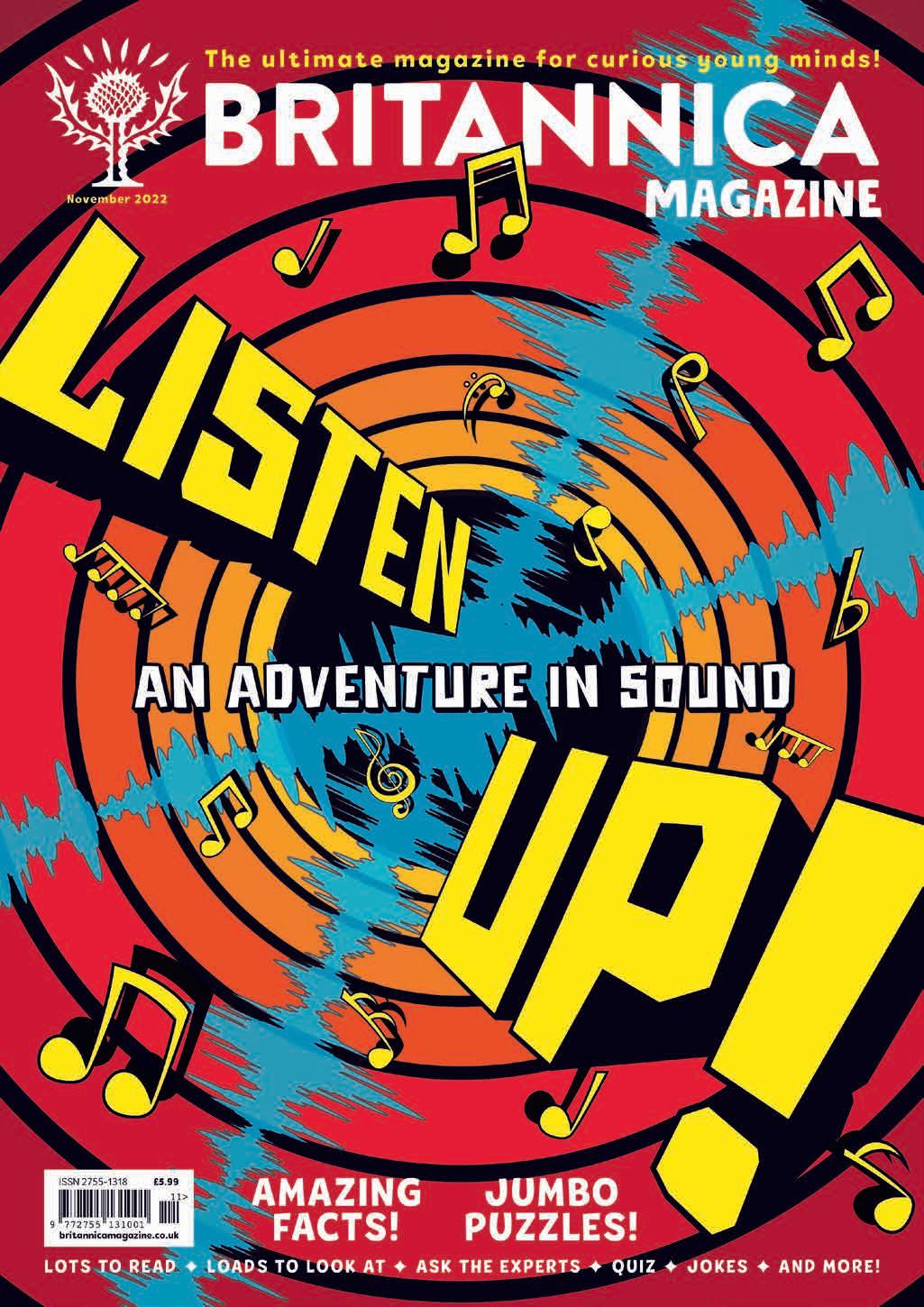

CEO, What on Earth Magazines Christopher Lloyd
For Encyclopaedia Britannica Alison Eldridge, Managing Editor
Printing and distribution
Warners Midlands PLC, The Maltings, Manor Lane, Bourne, Lincolnshire, PE1O 9PH Digital Marketing
Jamie French Editorial enquiries editor@britannicamagazine.com Subscriptions O1778 392479 britannicamagazine.co.uk
Picture credits
Alamy: 1O, 13, 16, 17, 2O, 21, 22, 28, 29, 3O, 31, 34, 35, 4O, 41, 42, 43. Getty Images: 13, 16, 17, 21, 22, 28, 29, 3O, 31, 41, 42, 43, 44, 45. iStock: 25. Shutterstock: 1O, 12, 13, 16, 3O, 35. Science Photo Library: 48. NASA: 1O, 13, 47. Mangrove Photography Awards / Tanya Houppermans: 8. Sony World Photography Awards / Chin Leong Teo: 1O. Queen Mary University, London / Richard Rickitt: 12. swiss-image.ch / Philipp Schmidli: 13. Marek et al: 17. Vector That Fox: 2O.
Copyright
2O22 What on Earth Magazines Ltd. All rights reserved. No part of this magazine may be reproduced or transmitted in any form, including photocopying, without permission in writing from the publishers. Conditions
MAGAZINE BRITANNICA Give a FREE COPY of
to
Britannica Magazine
your best friend! We hope you are enjoying our bumper new December & January Issue! If you are, here is the perfect way to share your love of Britannica Magazine, the UK’s fastest-growing kids’ magazine, with your best friends or other members of your family. Here’s all your friends have to do… Ask their grown-ups to visit britannicamagazine.co.uk/free-copy and enter their details. We will then send them a printed copy of a recent issue of Britannica Magazine absolutely FREE! Published by
50
apply. For more information, visit: britannicamagazine.co.uk/free-copy
& riddles
Q If I have six pineapples in one hand, and seven pineapples in the other hand, what do I have?
Q What does a thesaurus eat for breakfast?
Synonym buns!
Q How can you recognise a maths teacher’s garden? A The flowers all have square roots! Q What is a ghost’s favourite position at football? A Ghoul-keeper!
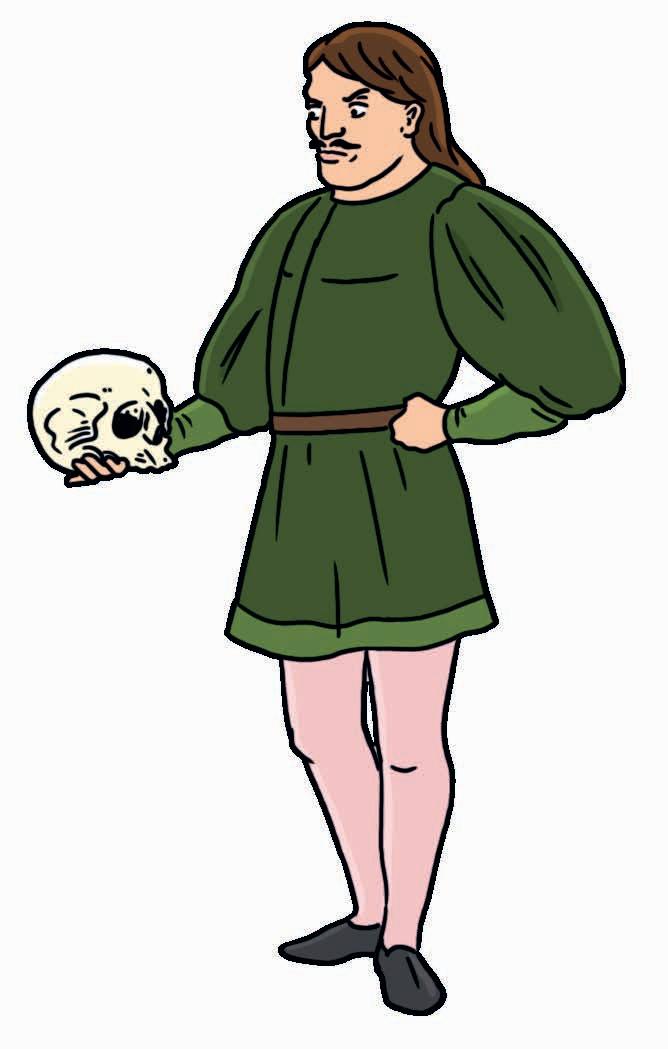


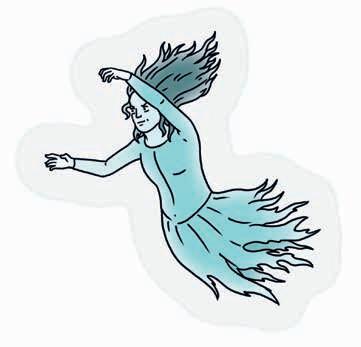
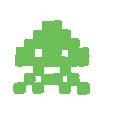


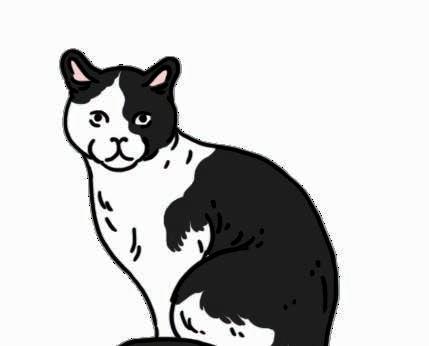

Q What do you call a girl with a frog sitting on her head? A Lily!

Q Why is it so easy to fall asleep? A You can do it with your eyes shut!
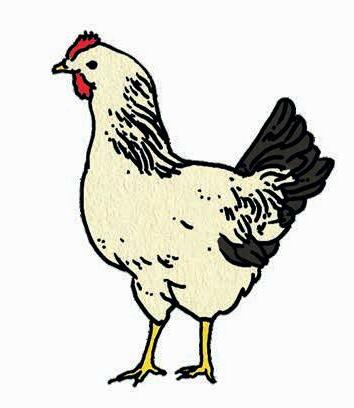
None – it’s a hole!
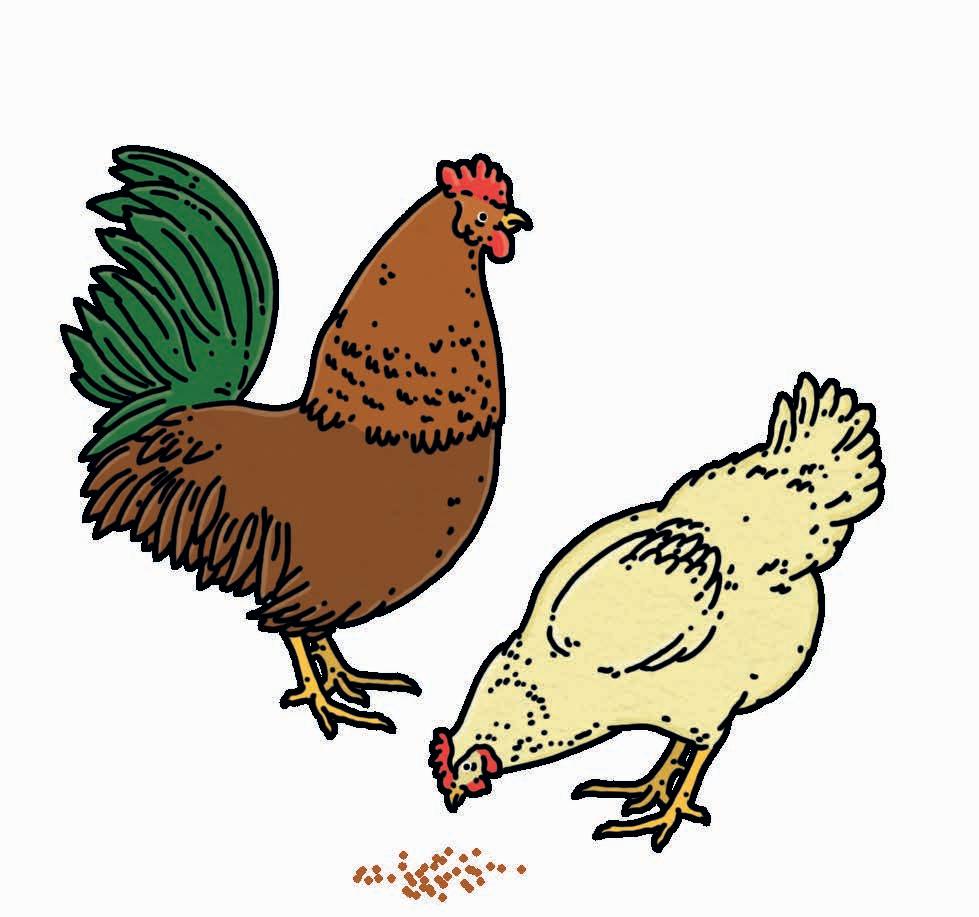
Why are cats good at playing video games?
Because they have nine lives!
Where do you take sick insects? A To the wasp-ital!
What can you hold in your right hand but never your left hand?
Your left elbow!
What’s orange and sounds like a parrot?
A carrot!

Q
A
Q
Your fib-ula! Which
in your leg is always telling lies?
A
ILLUSTRATIONS BY ANDY FORSHAW Q
A
Jokes Tickle your ribs and tease your brain with our favourite gags and riddles, hand-picked by our jokes editor May. What are the funniest farmyard animals? Comedi-hens! CHRISTMAS JOKES Q Which is naughtiesttheof Santa reindeer?Claus’s A Rude-olph!
What falls but never gets hurt?
Snow! Q Which animal is gettingalwayswet? A A rain-deer!
Who atdogs’deliverspresents Christmas? A Santa Paws! Q Why are Christmas trees bad at sewing knitting?and A They always drop needles!their
bone
Q Who does Princess Leia in Star Wars get to plait her hair?
Darth Braider!
How much dirt is there in a hole 2 metres long, 3 metres wide and 1 metre deep?
Q
A
Q
A
Q
Q
A
A
A Big hands!
51
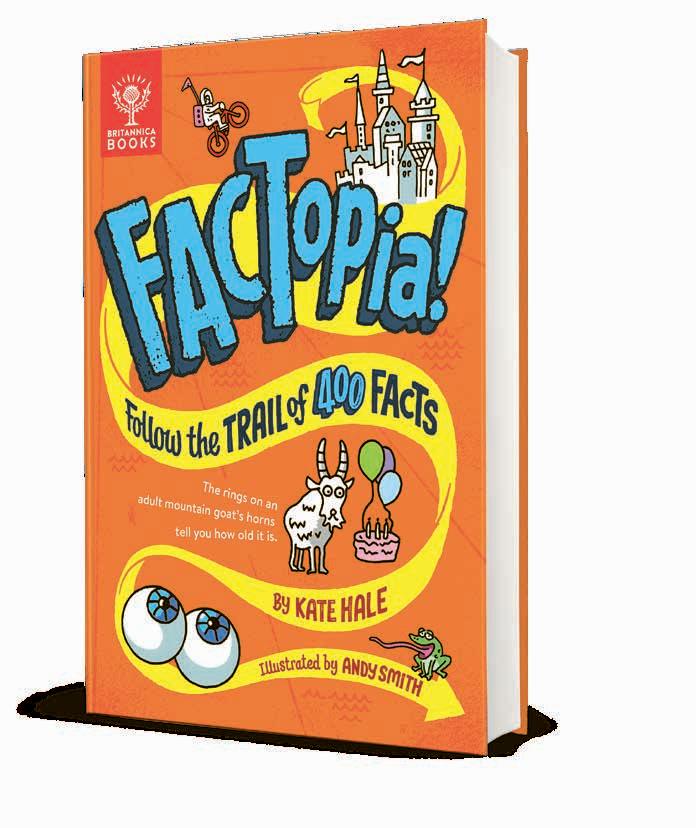

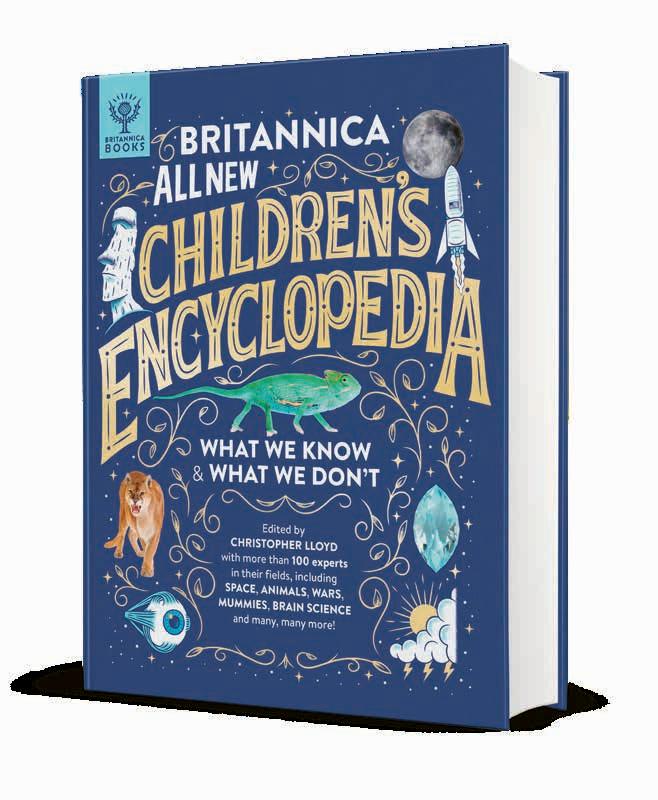
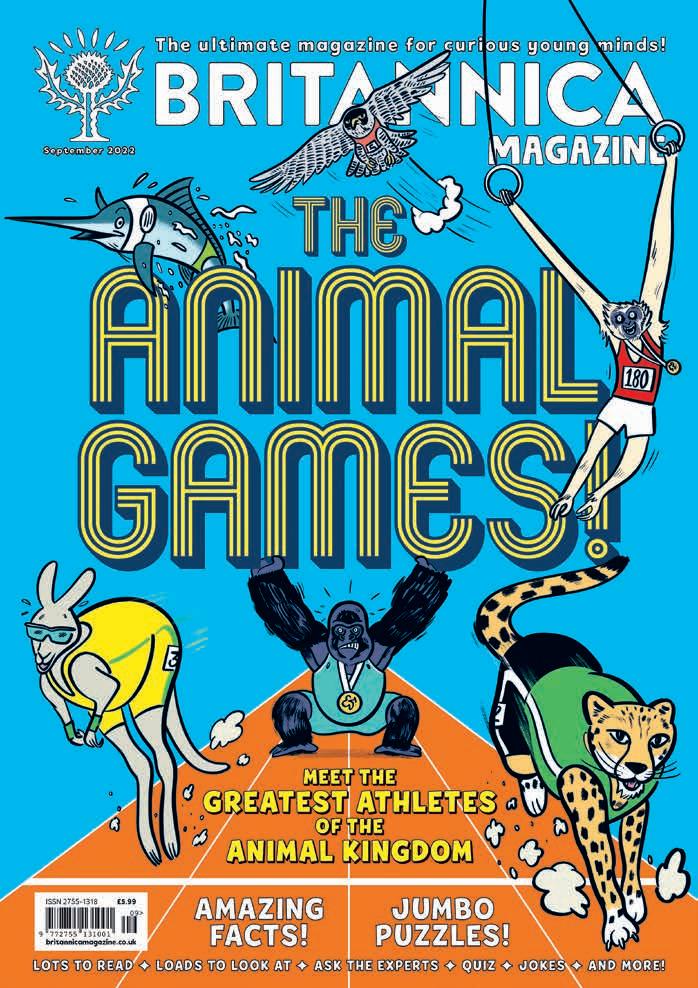

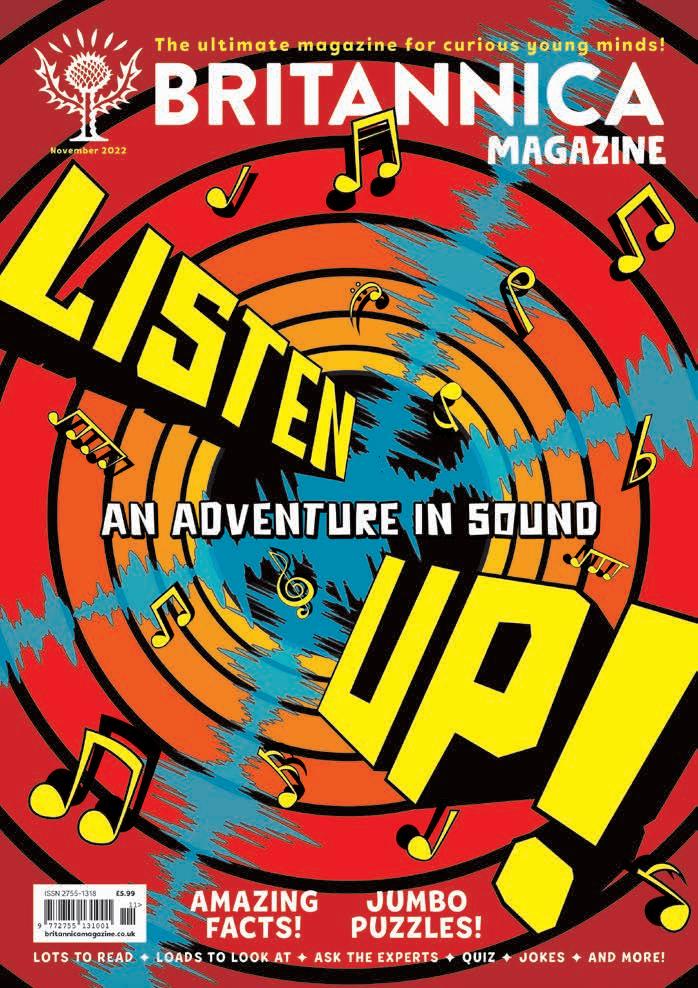
FREEINCLUDES WORTHBOOK £1O! Visit www.britannicamagazine.co.uk, scan the QR code or call O1778 392 479 ✓ A year’s worth of printed magazines delivered through your door ✓ FREE access to our digital editions ✓ FREE Introductory Issue ✓ FREE sign-up gift of Britannica’s All New Children’s Encyclopedia WORTH £25! Sign up now for £59.99 to receive: 12-MONTH MAGAZINE PLAN O FFER 1 3 FREE ISSUES O FFER 2 Sign up now for £44.99 to receive: ✓ A year’s worth of printed magazines delivered through your door ✓ FREE first three issues ✓ FREE access to our digital editions 6-MONTH MAGAZINE PLAN O FFER 3 Sign up now for £29.99 to receive: ✓ 6 months’ worth of printed magazines delivered through your door ✓ FREE access to our digital editions ✓ FREE Introductory Issue ✓ FREE sign-up gift of Britannica’s FACTopia! Follow the Trail of 4OO Facts WORTH £1O! FREEINCLUDES WORTHBOOK £25! FIRST 3 ISSUES FREE! Three amazing special offers!






















































































































































































 By Kate Hale and Paige Towler Illustrations by Andy Smith
By Kate Hale and Paige Towler Illustrations by Andy Smith































 MANGROVE PHOTOGRAPHY AWARDS
MANGROVE PHOTOGRAPHY AWARDS







































 On December 12th, the American astronaut Gene Cernan, one of three crewmembers on NASA’s Apollo 17 space mission, became the last human being to walk on the Moon – for now!
On December 12th, the American astronaut Gene Cernan, one of three crewmembers on NASA’s Apollo 17 space mission, became the last human being to walk on the Moon – for now!

































































 2O16
On January 16th, NASA’s Scott Kelly shared photos of a blooming zinnia on board the International Space Station. It was the first flower to be grown from a seed in microgravity.
2O16
On January 16th, NASA’s Scott Kelly shared photos of a blooming zinnia on board the International Space Station. It was the first flower to be grown from a seed in microgravity.






 2O19
Mela is a Hindu religious festival celebrated four times over the course of 12 years at four different holy places in India. It lasts for weeks and is one of the world’s largest festivals. The most recent Kumbha Mela, which began on January 15th, attracted more than 2OO million people.
2O19
Mela is a Hindu religious festival celebrated four times over the course of 12 years at four different holy places in India. It lasts for weeks and is one of the world’s largest festivals. The most recent Kumbha Mela, which began on January 15th, attracted more than 2OO million people.





























































